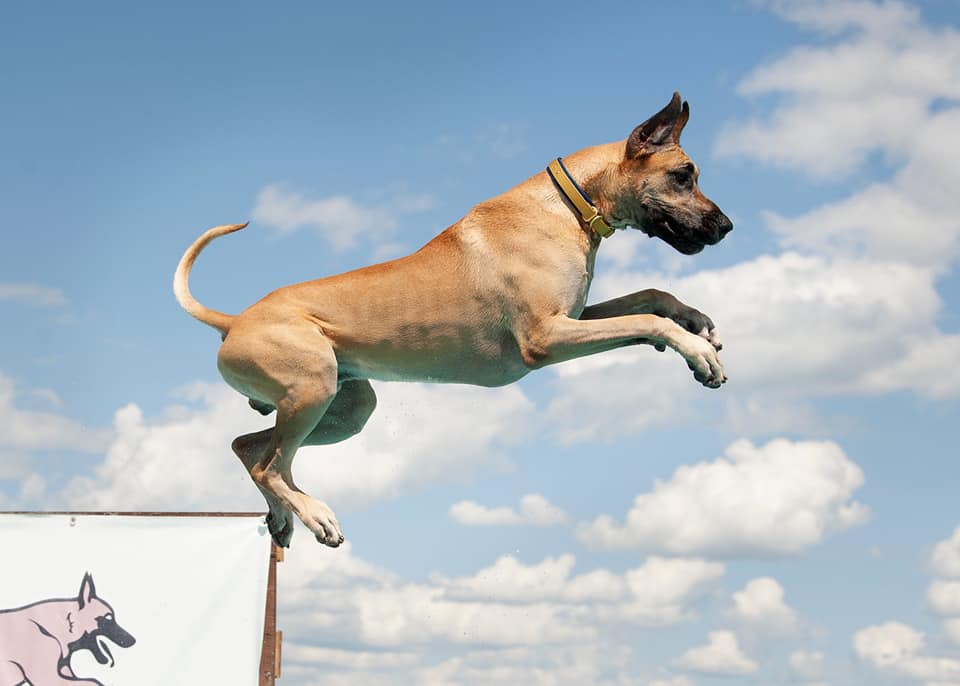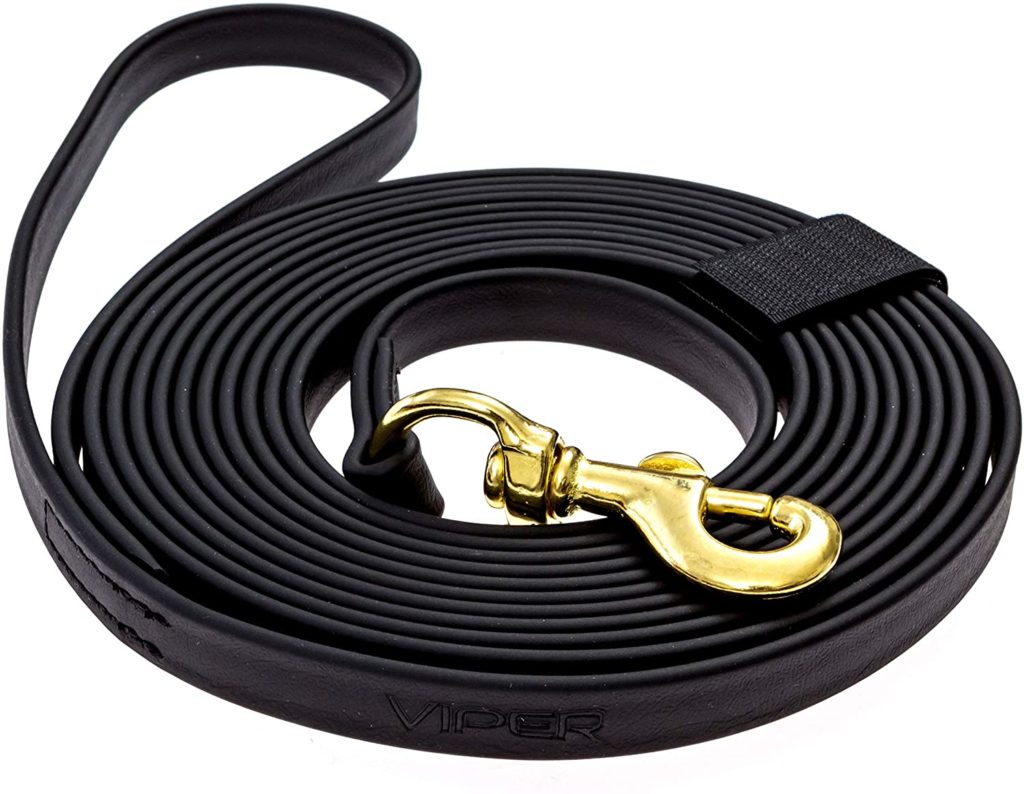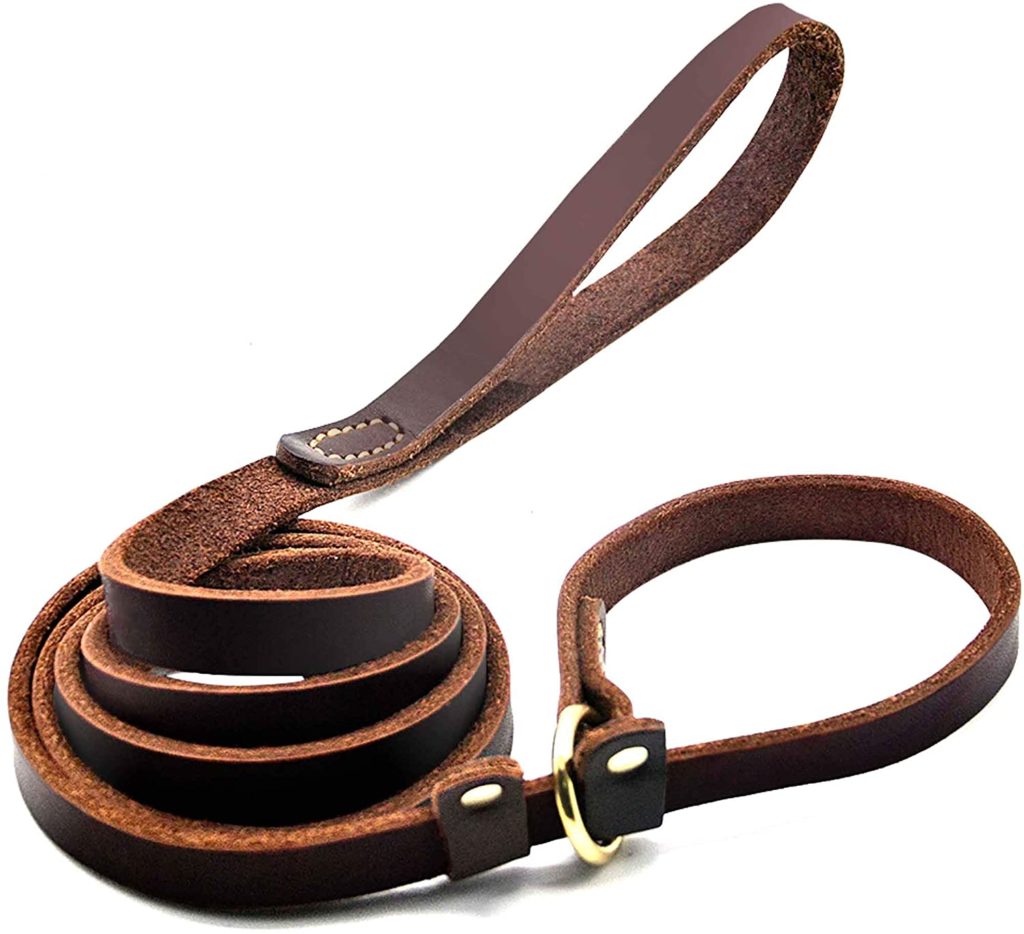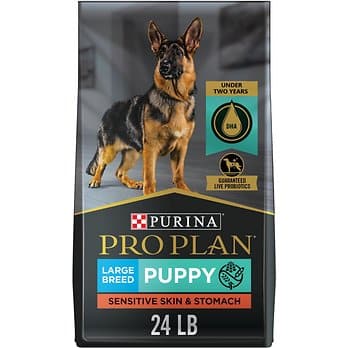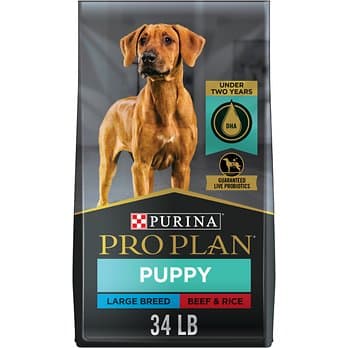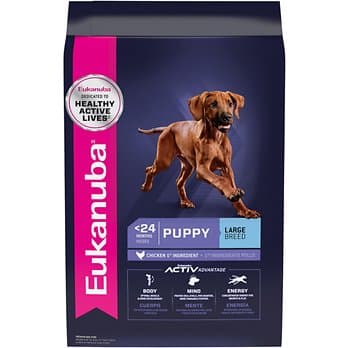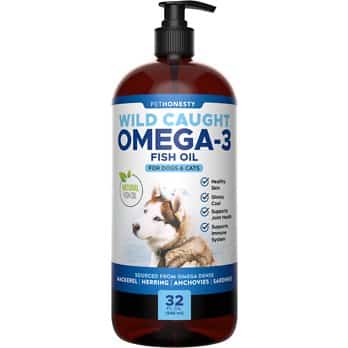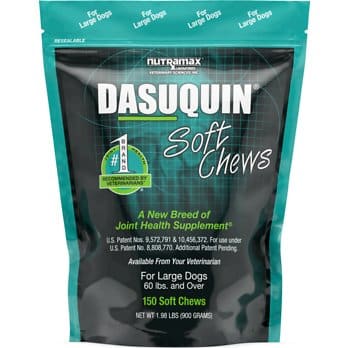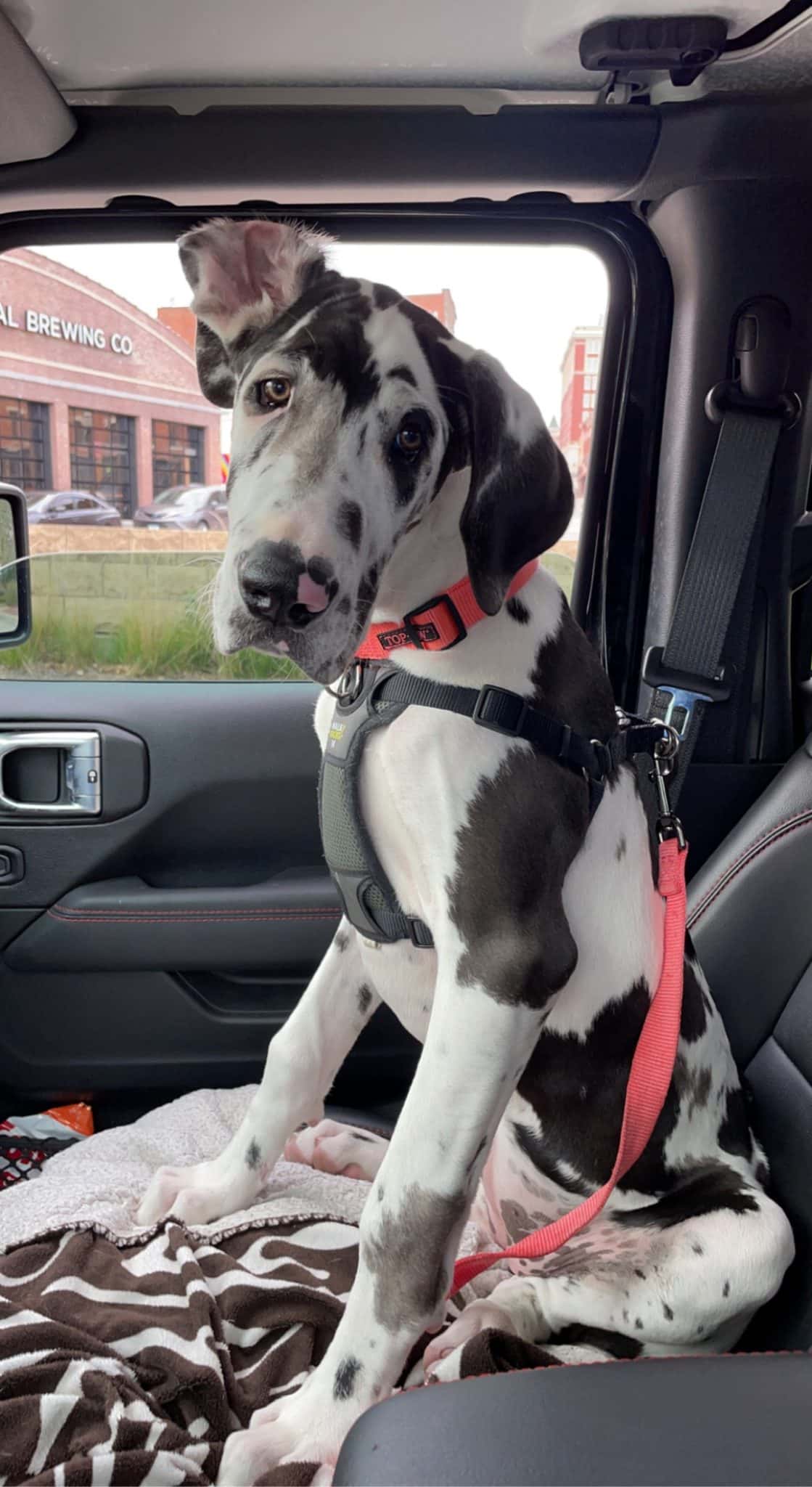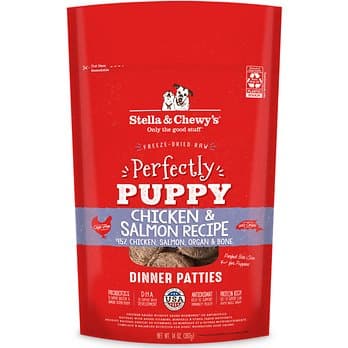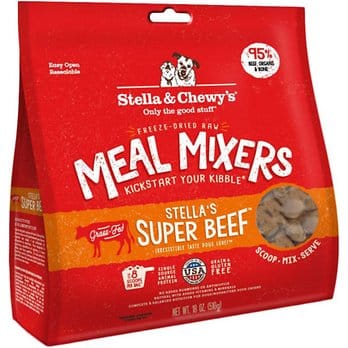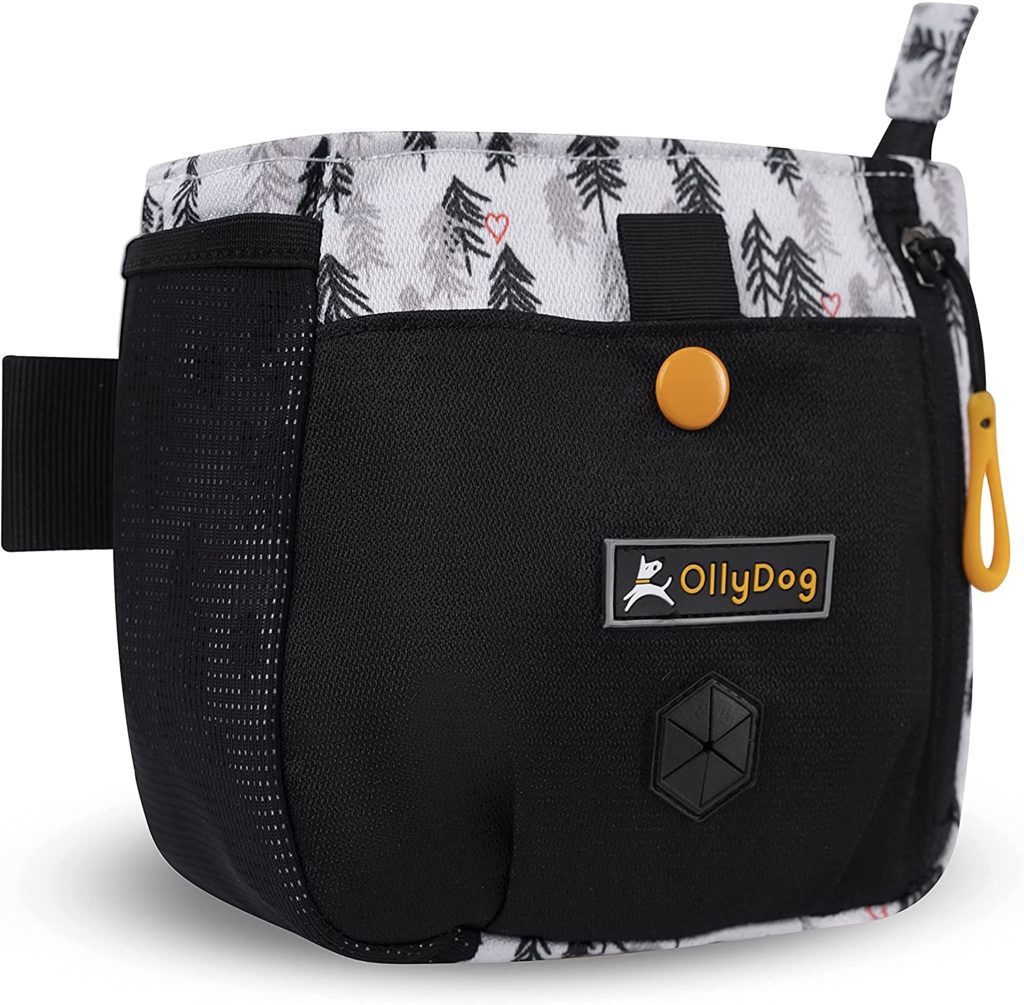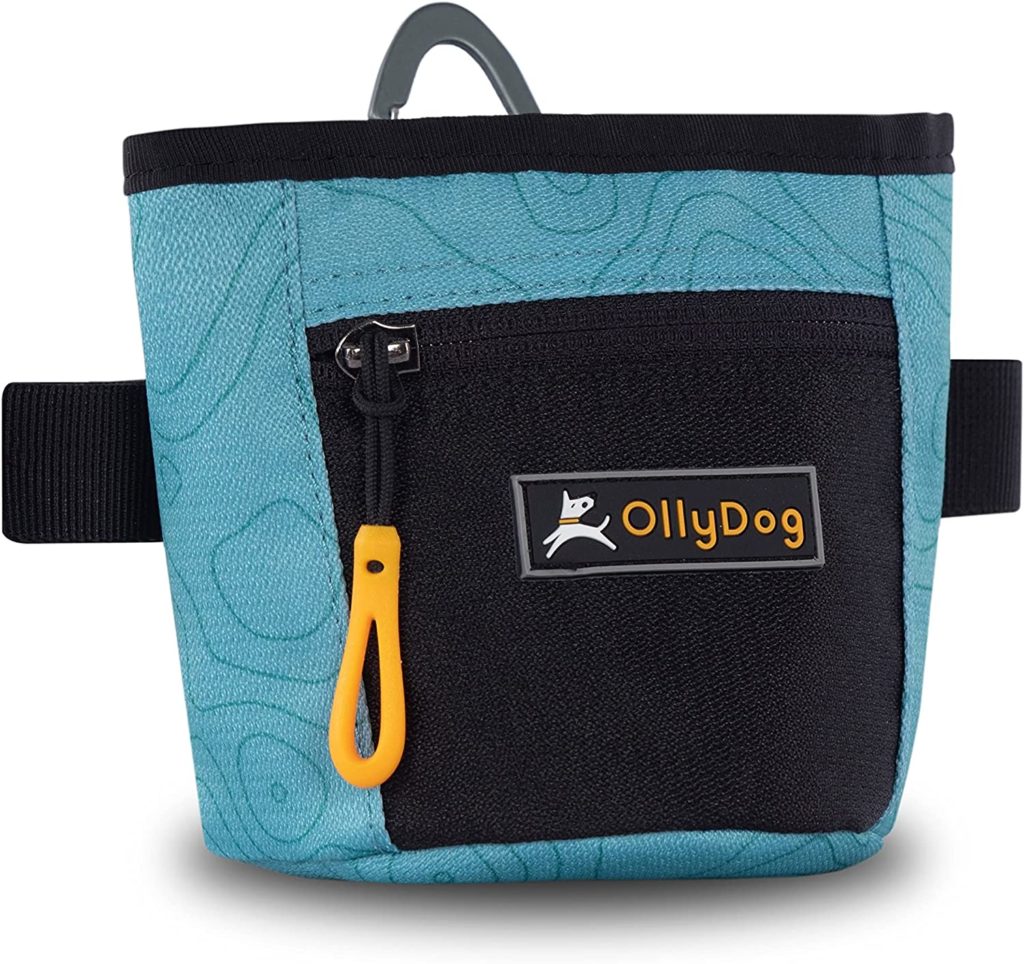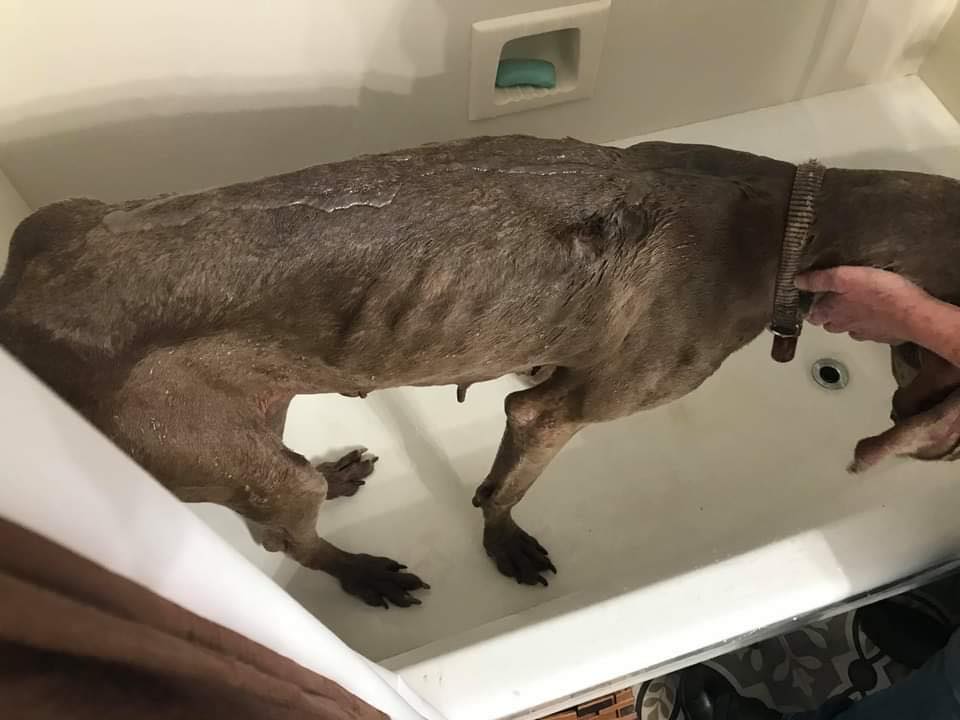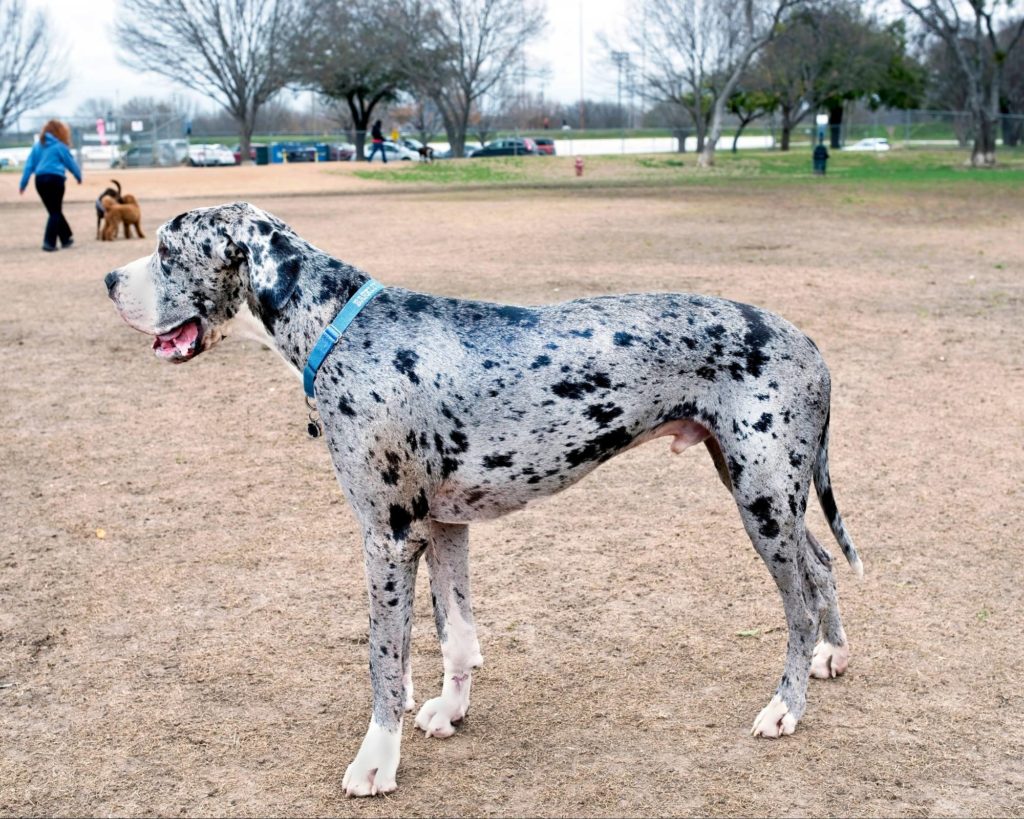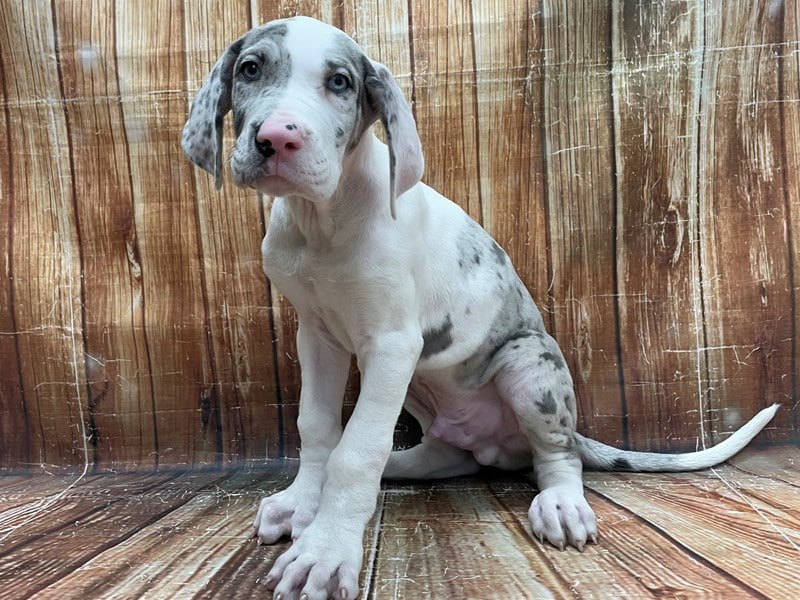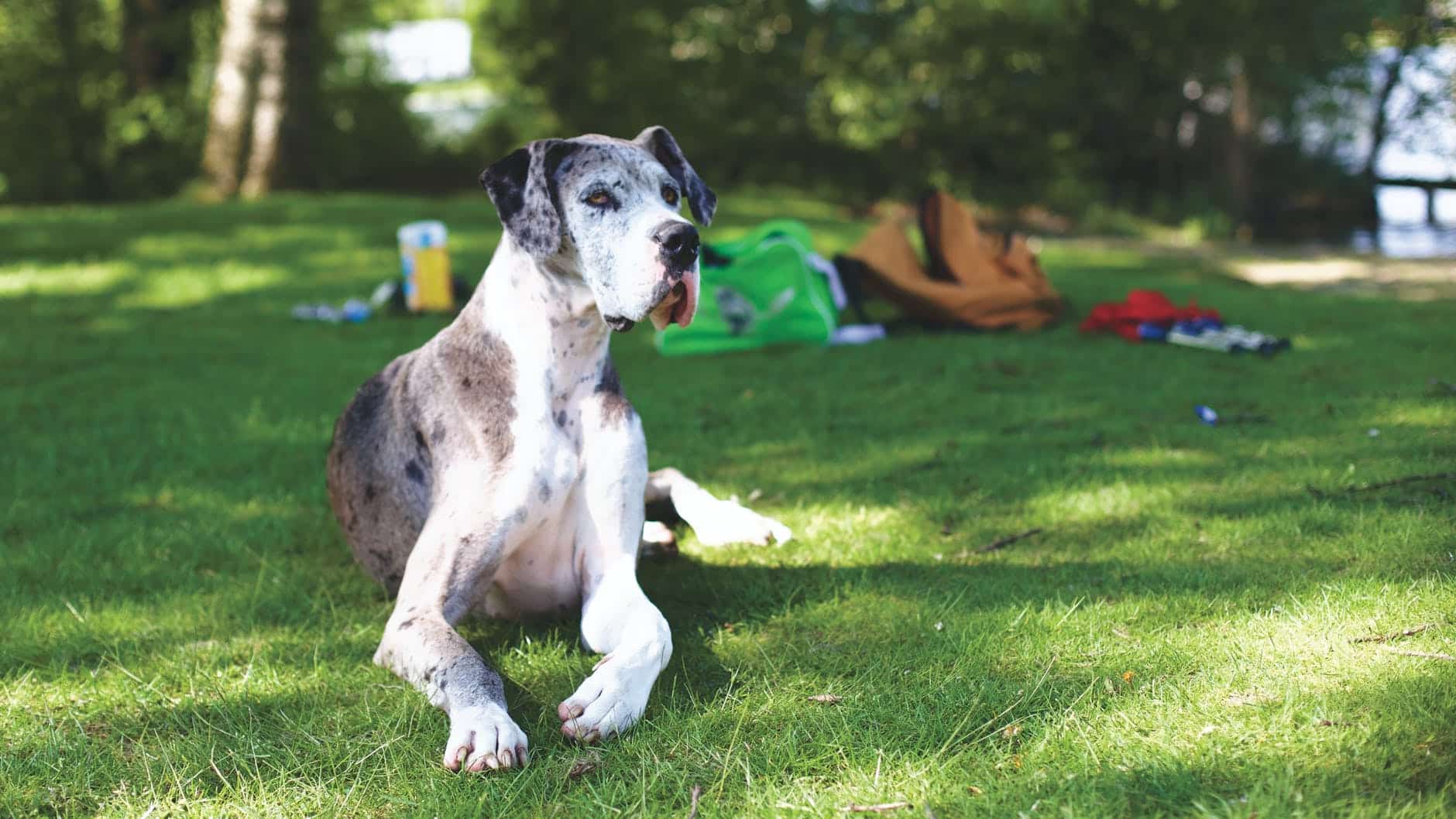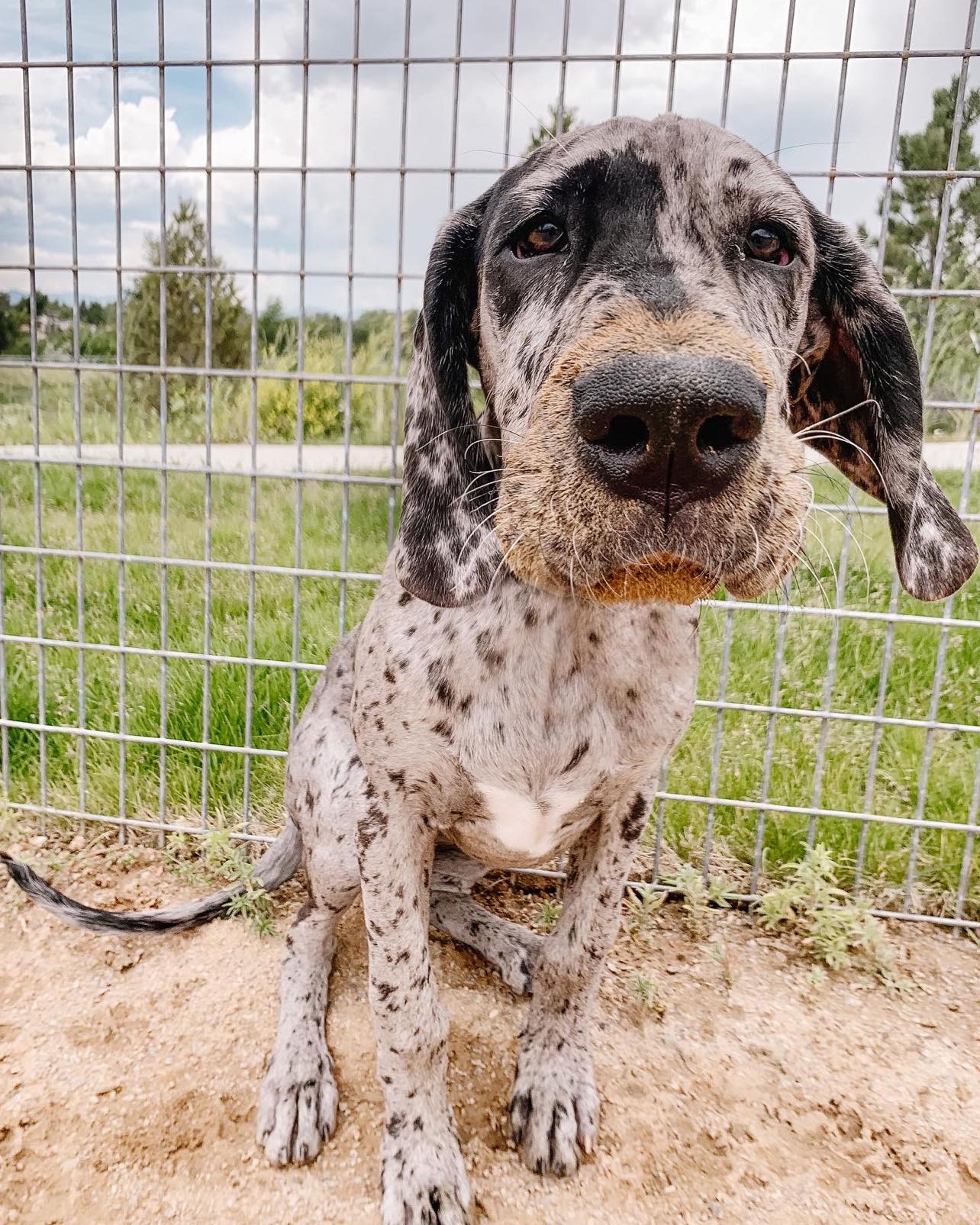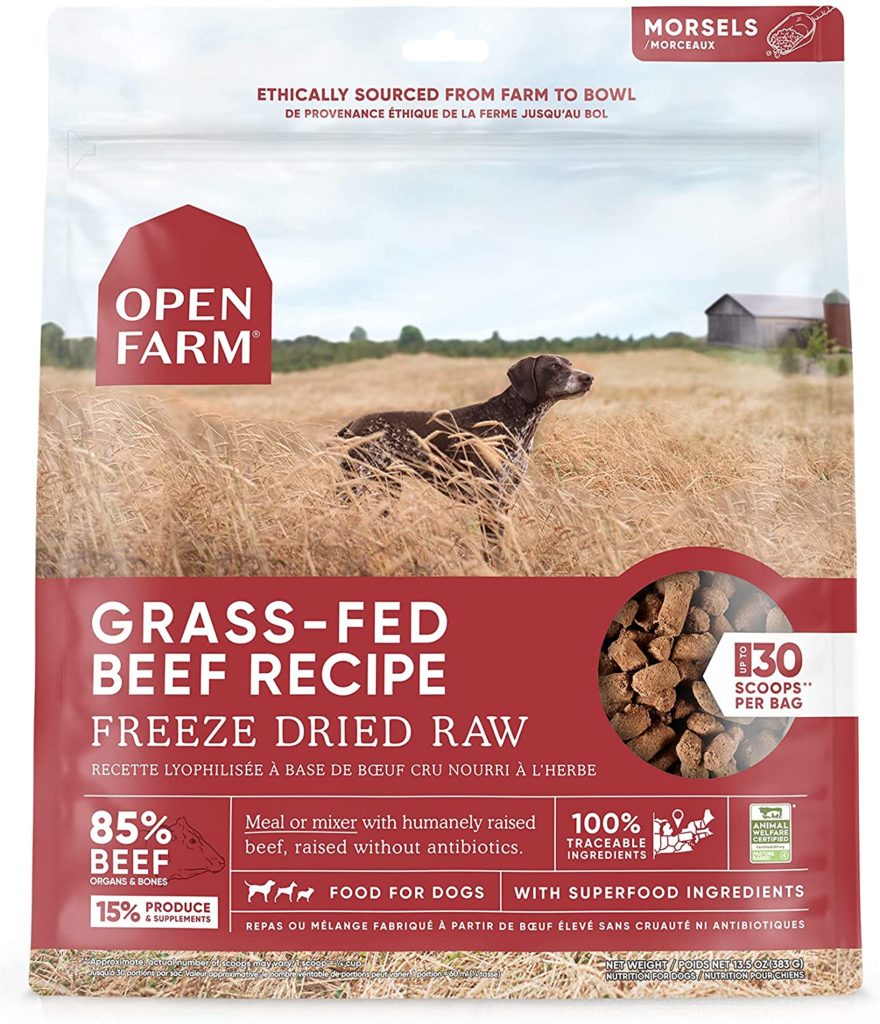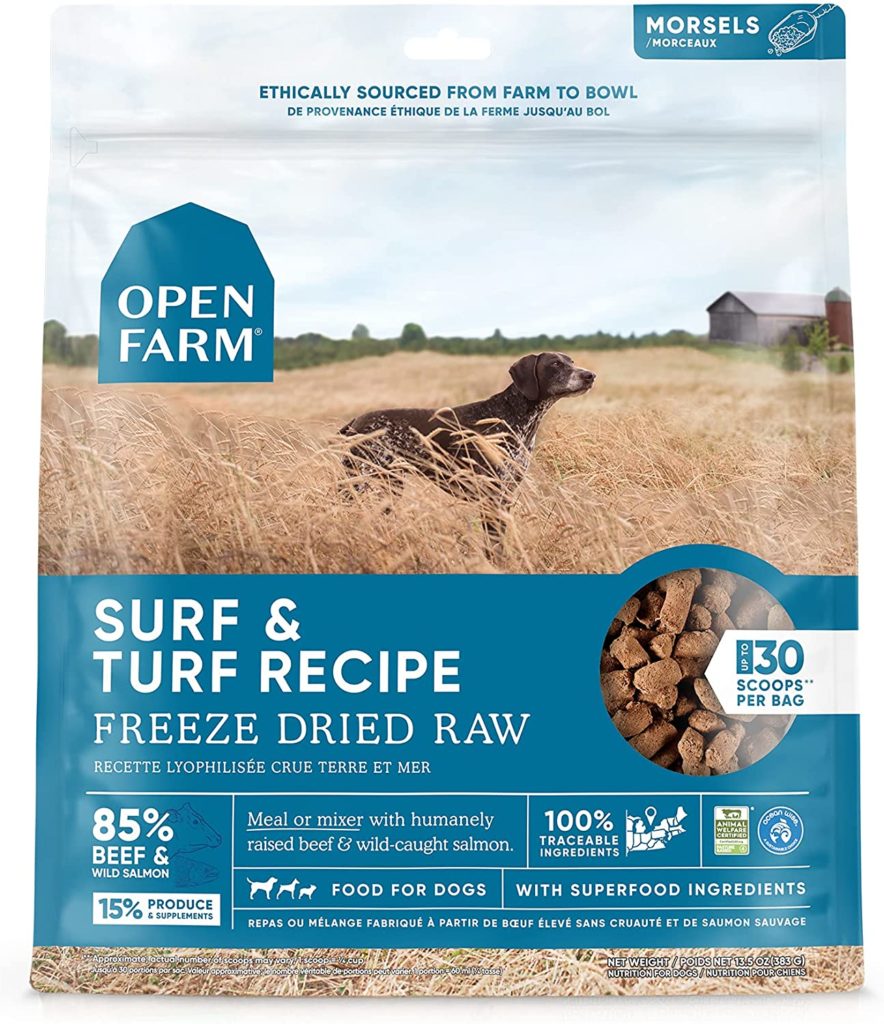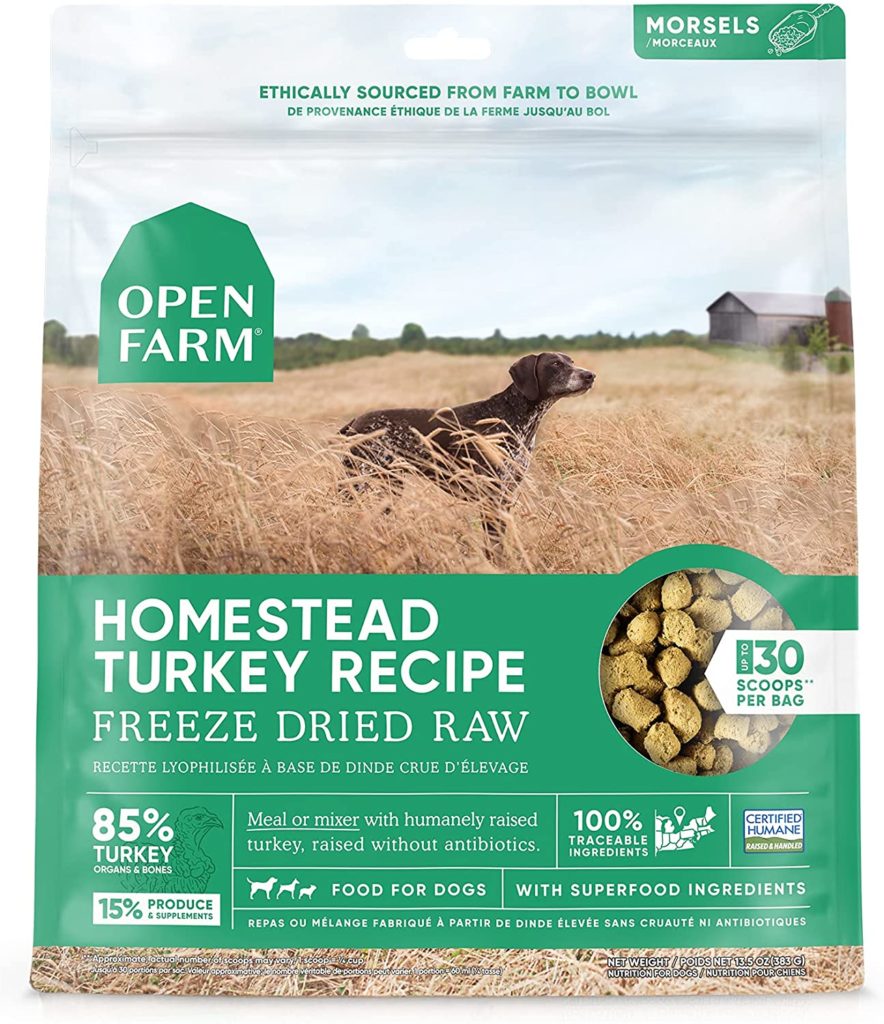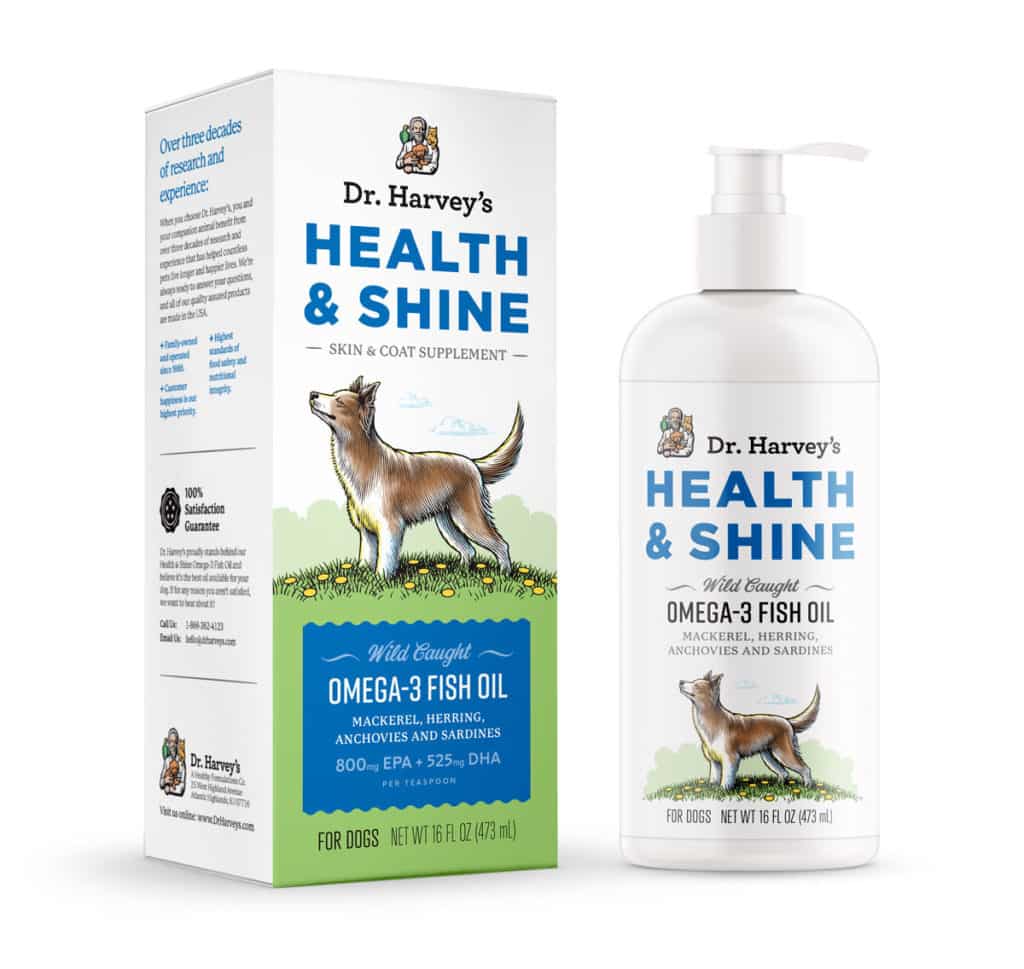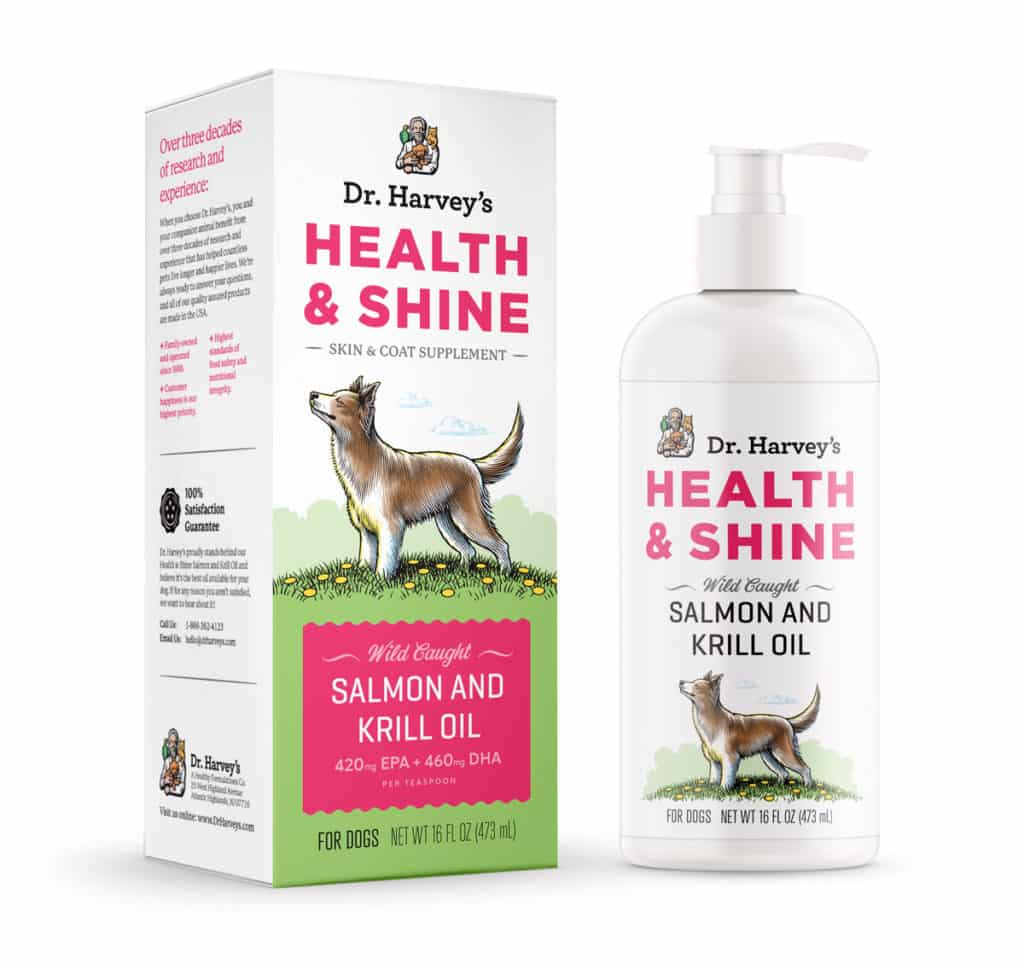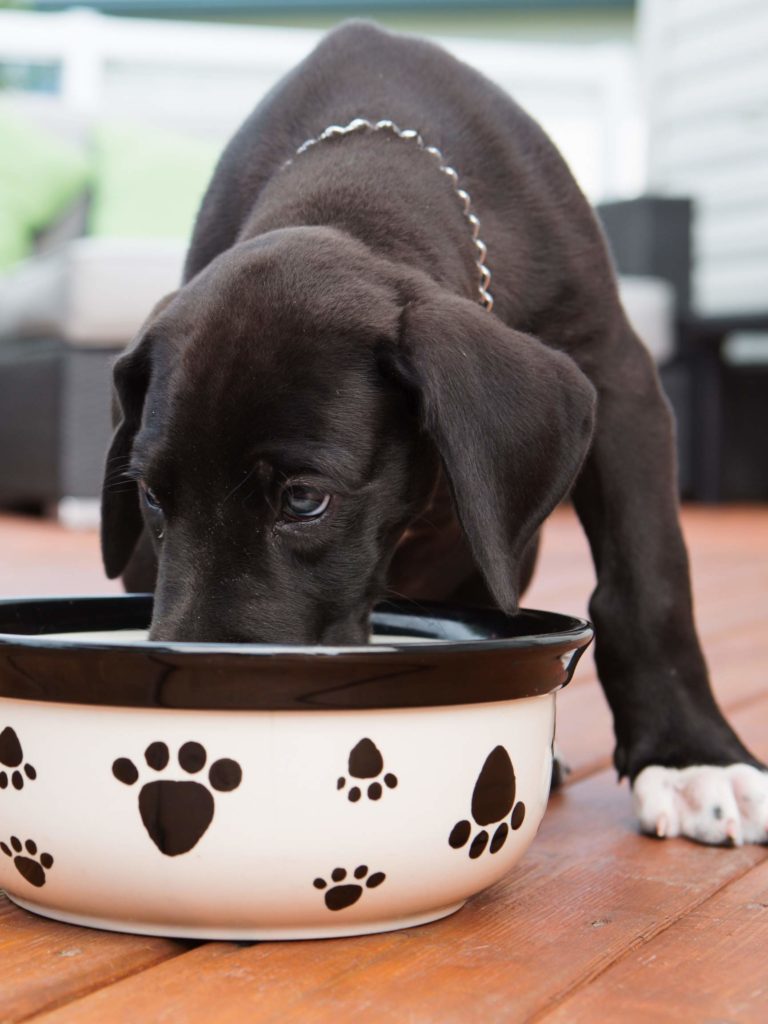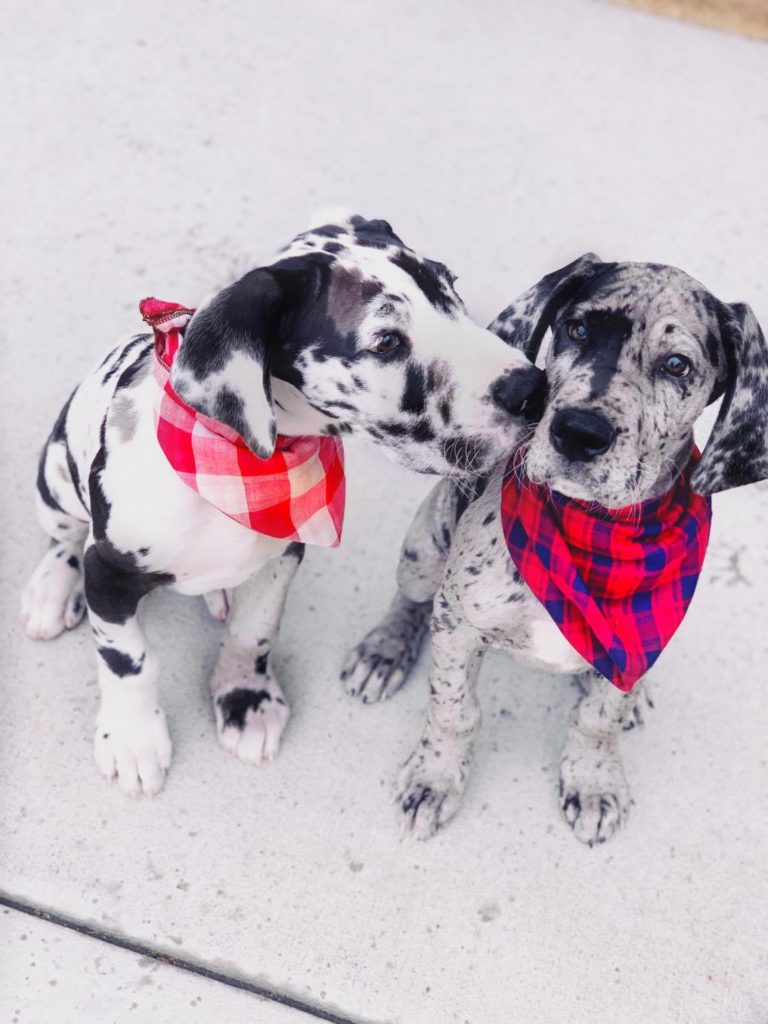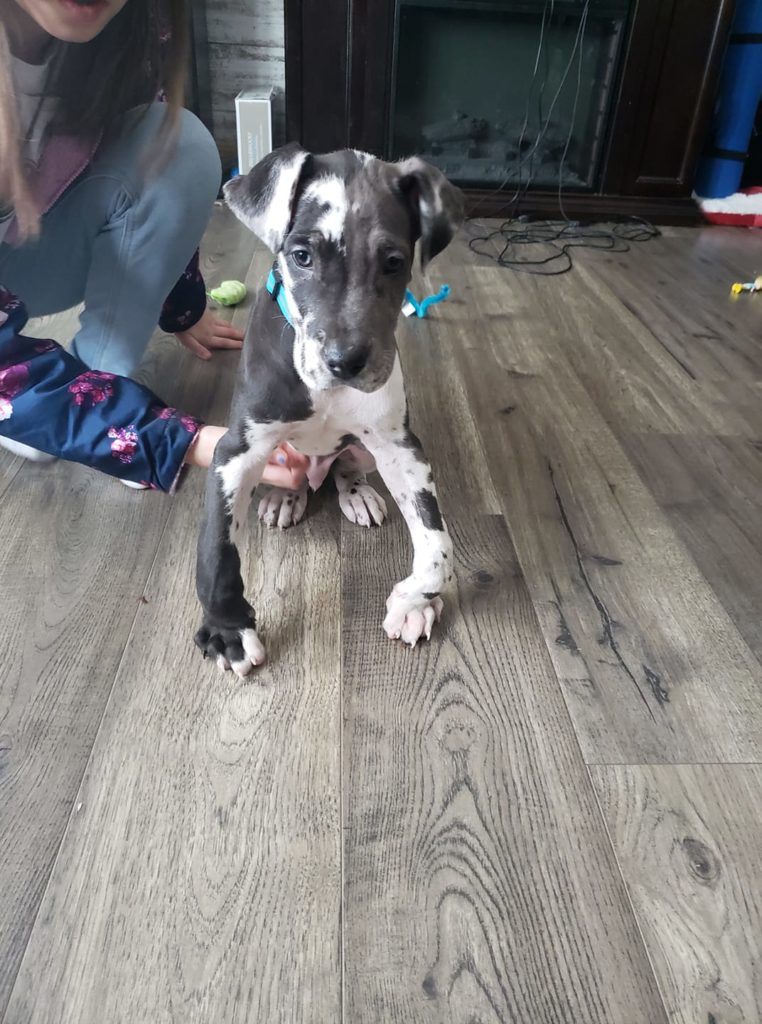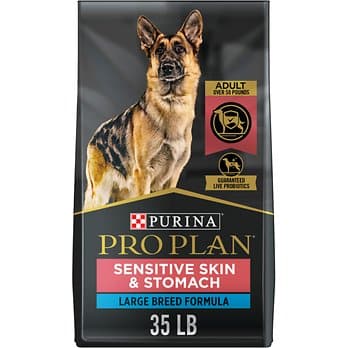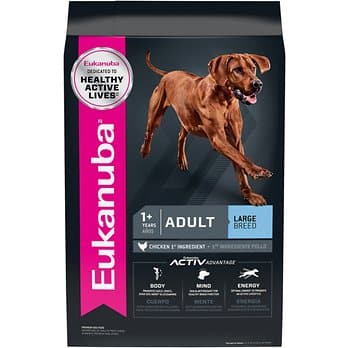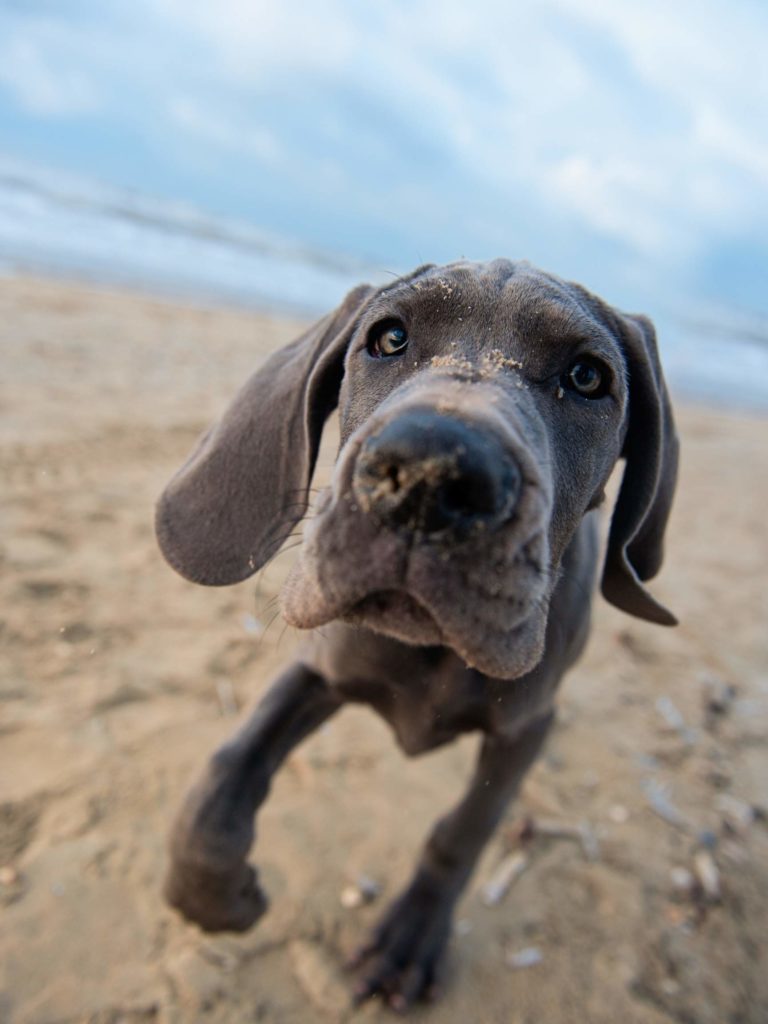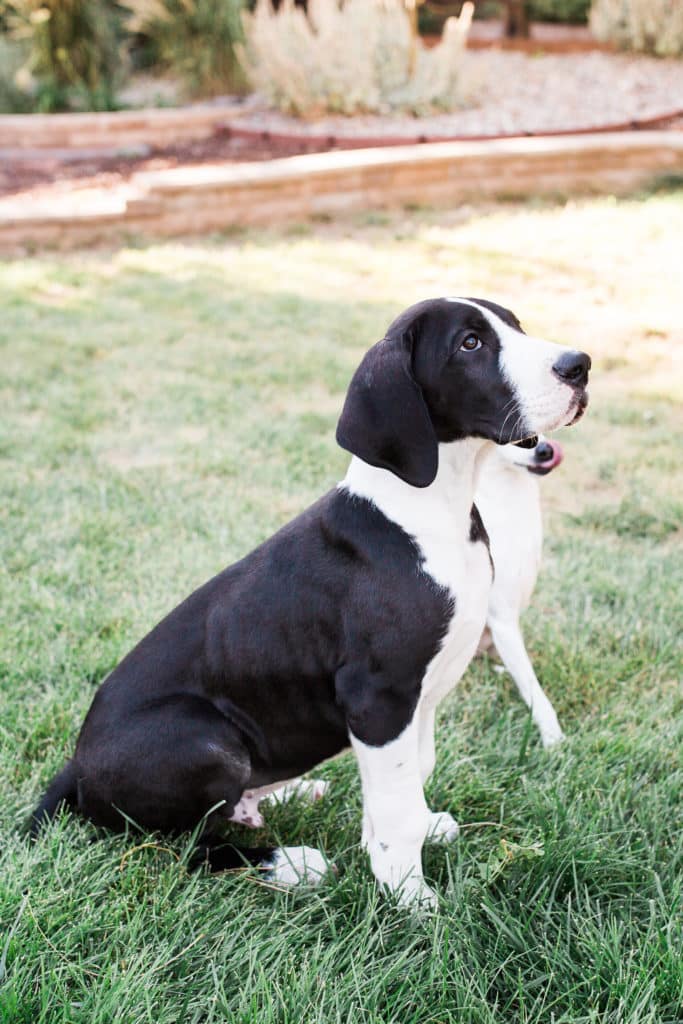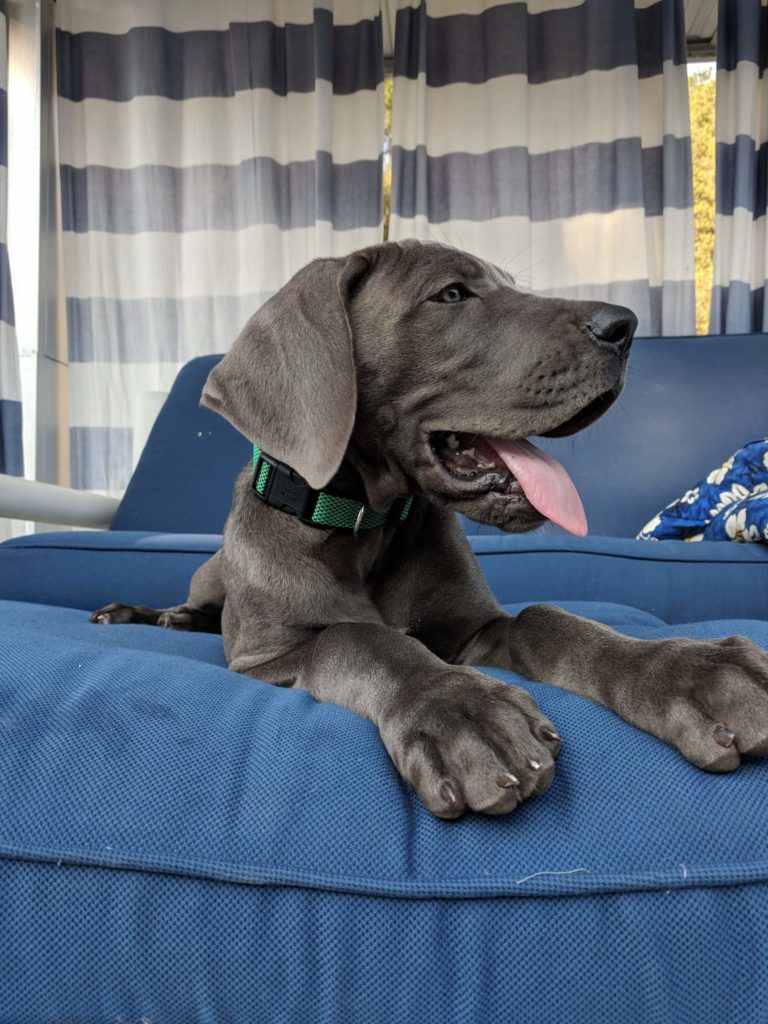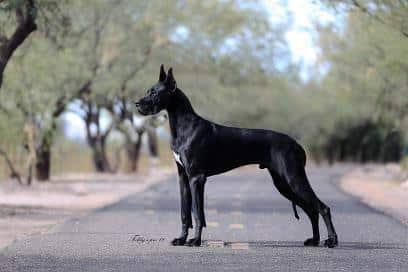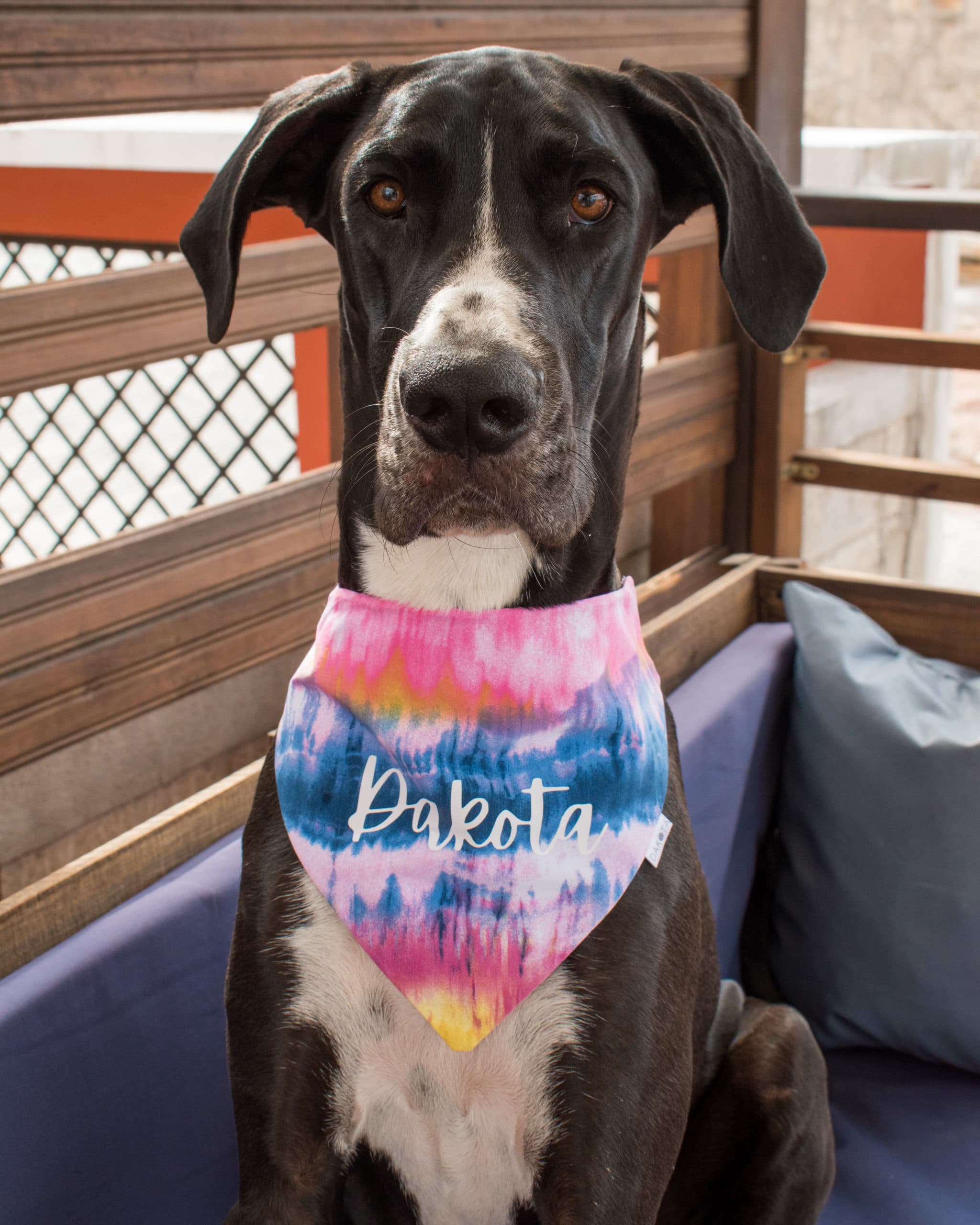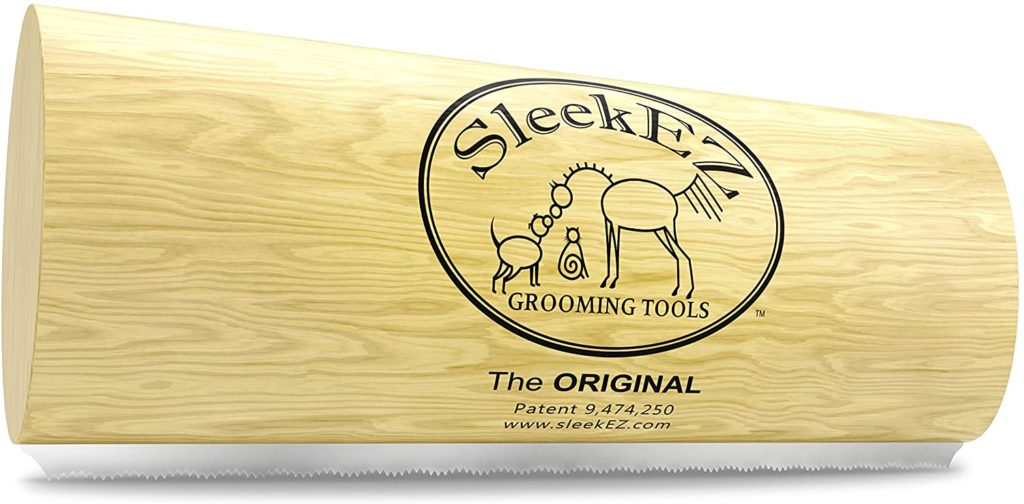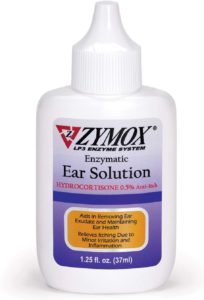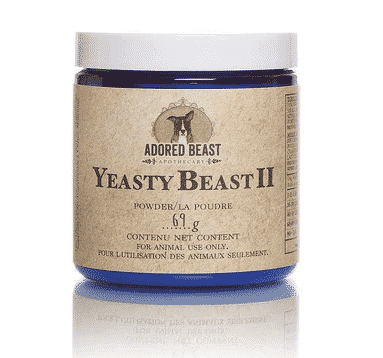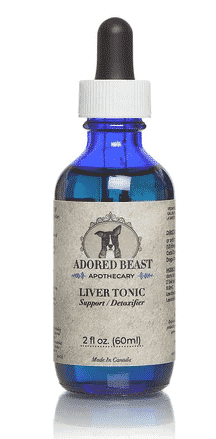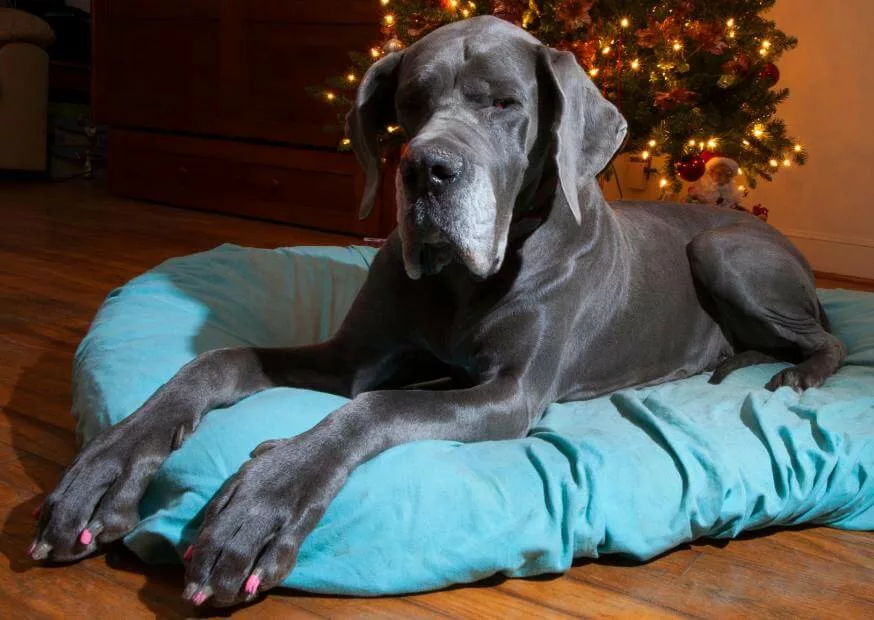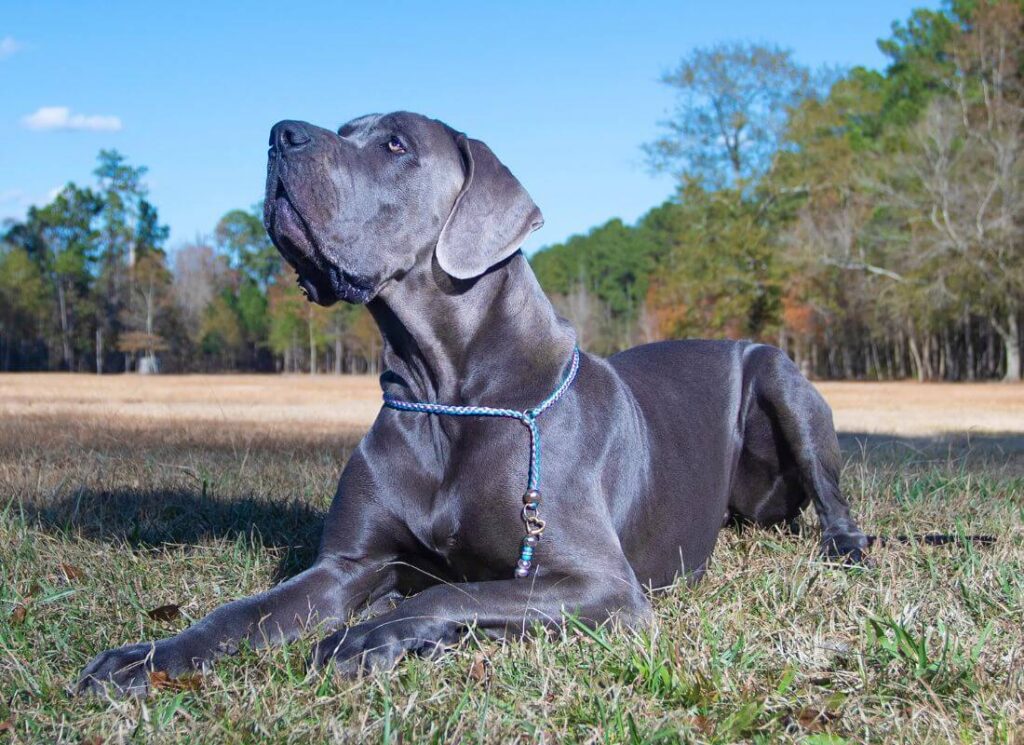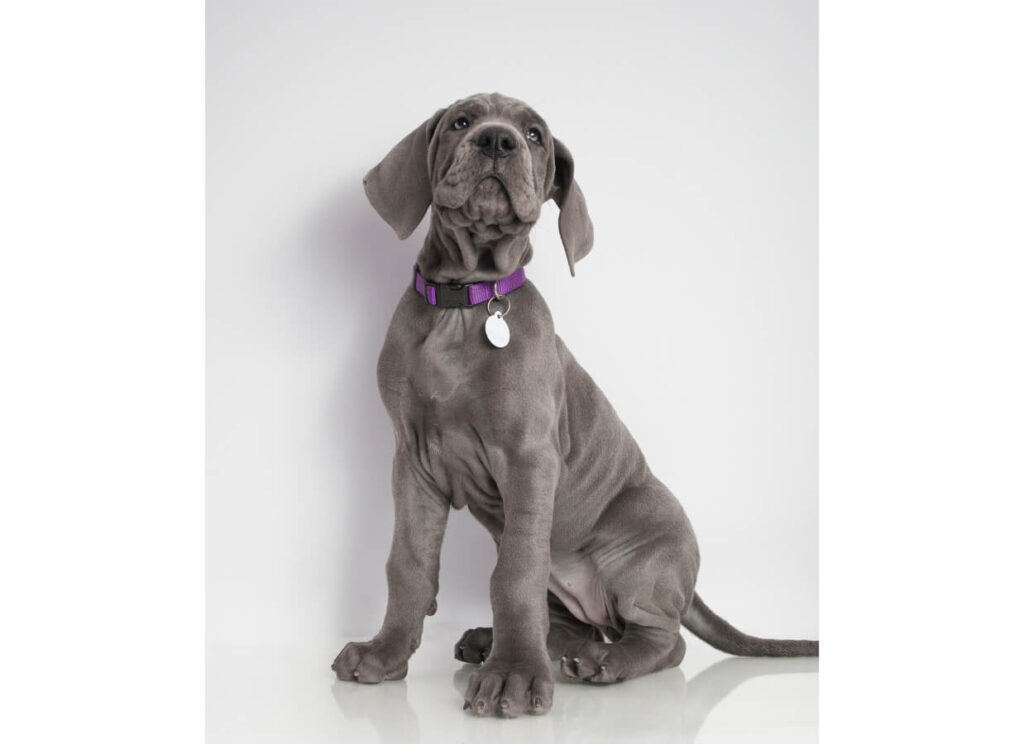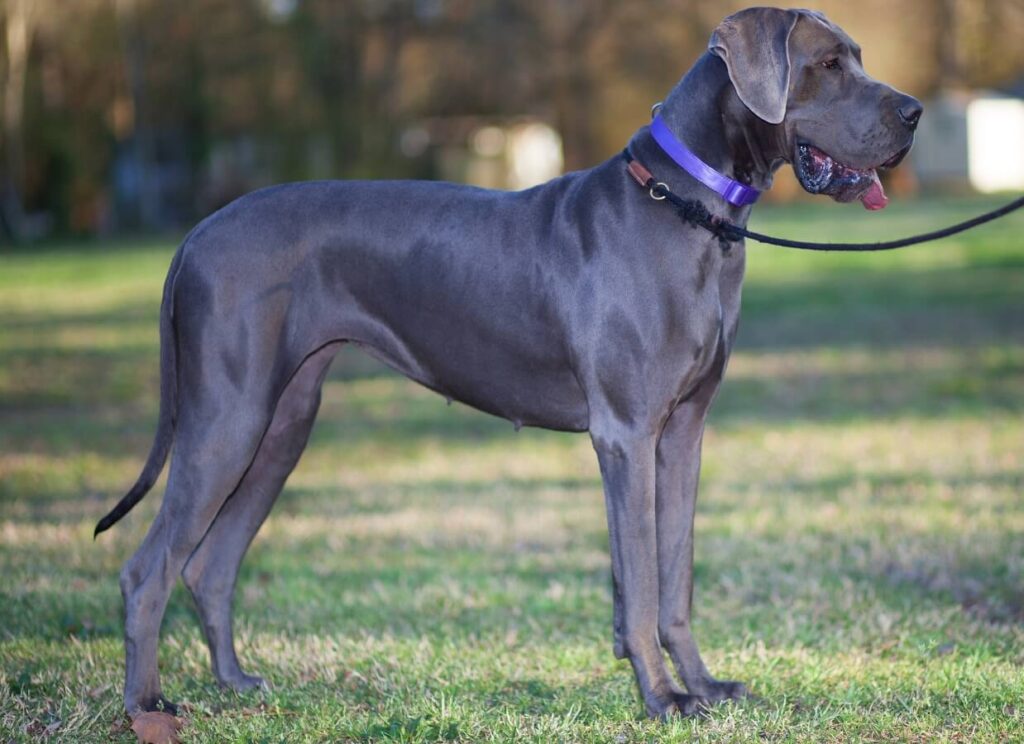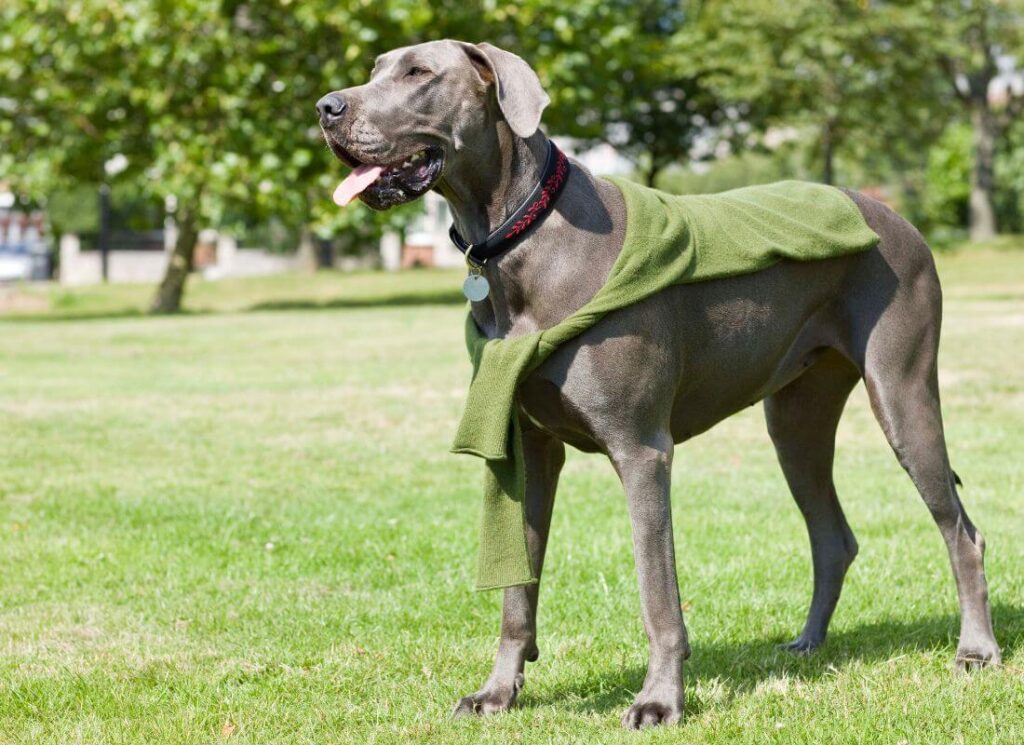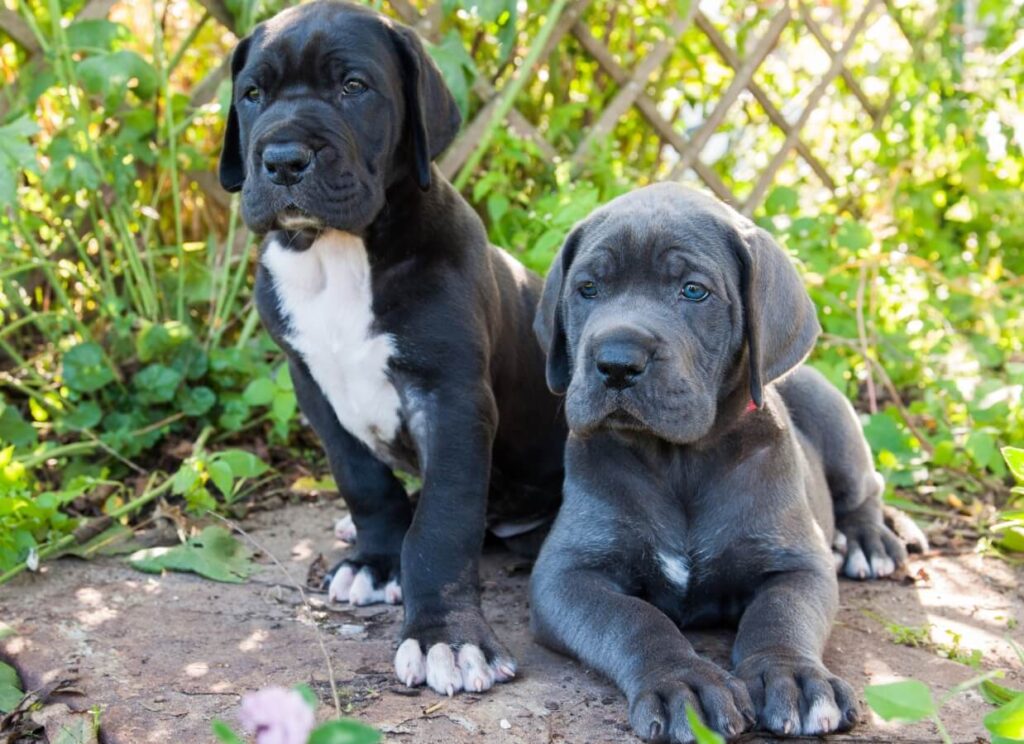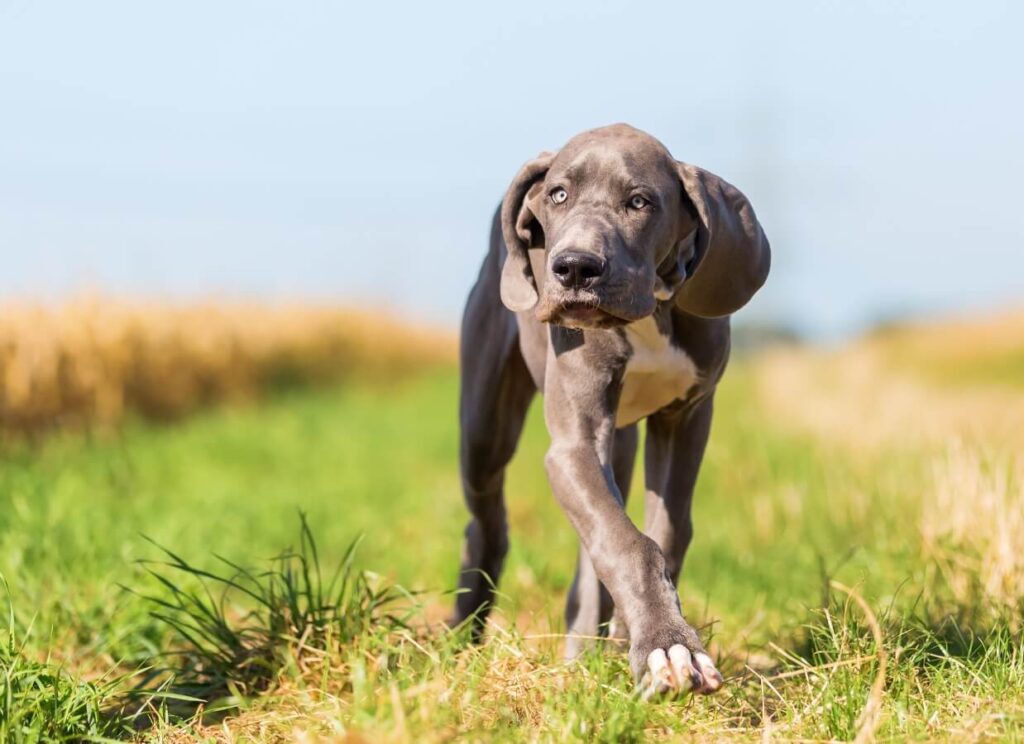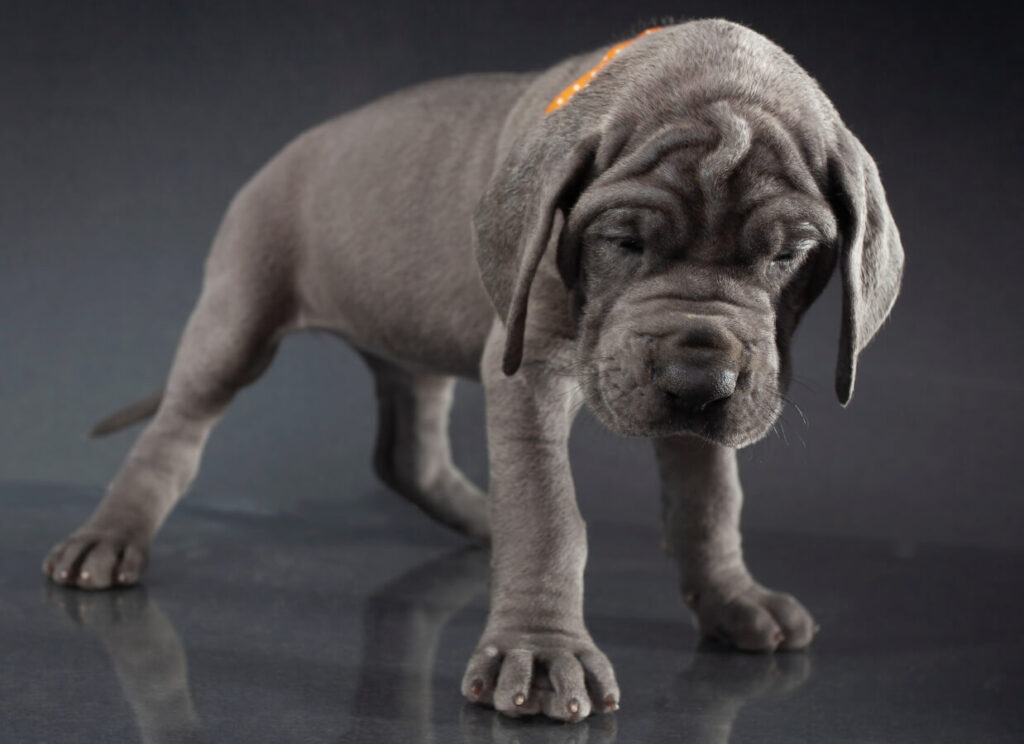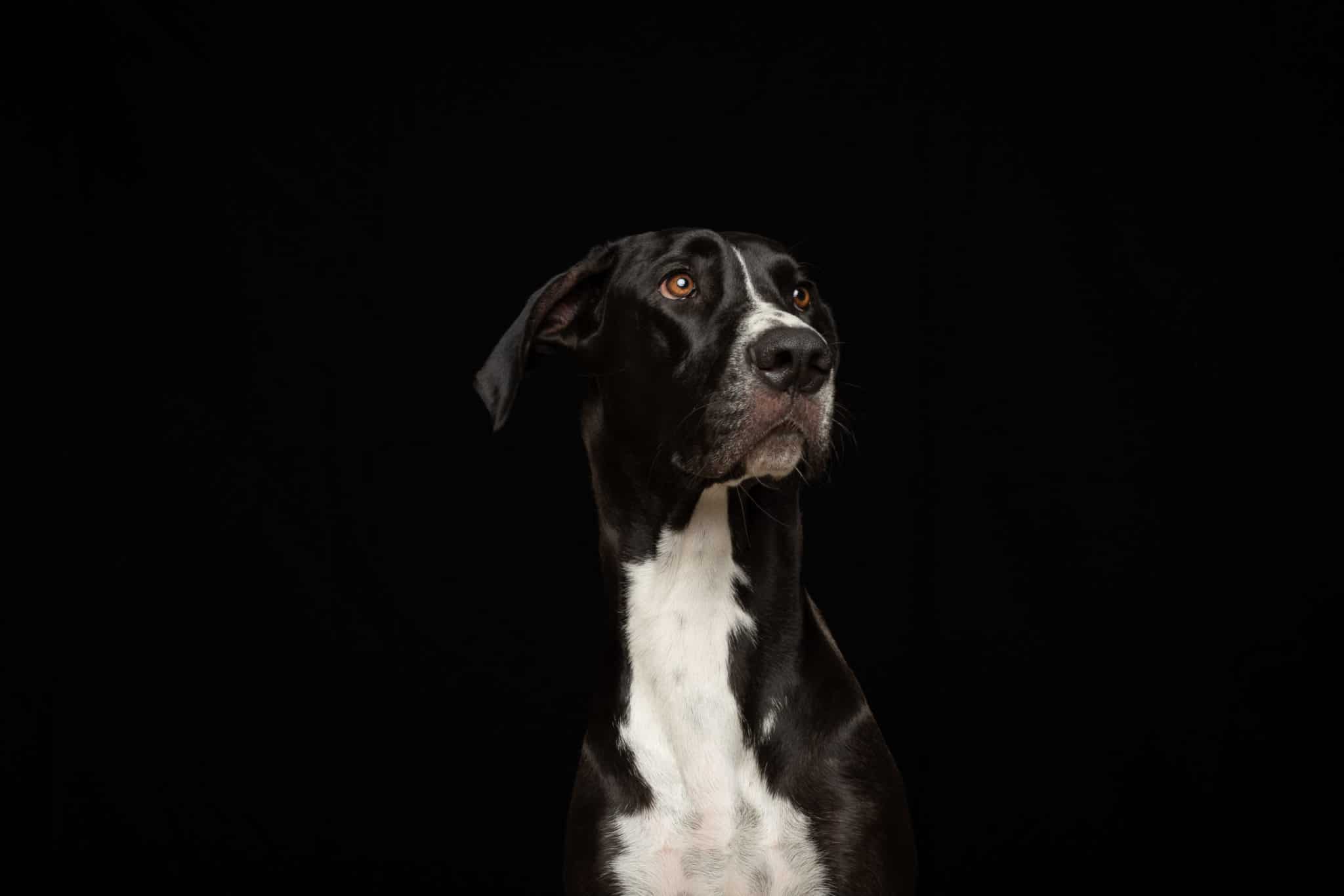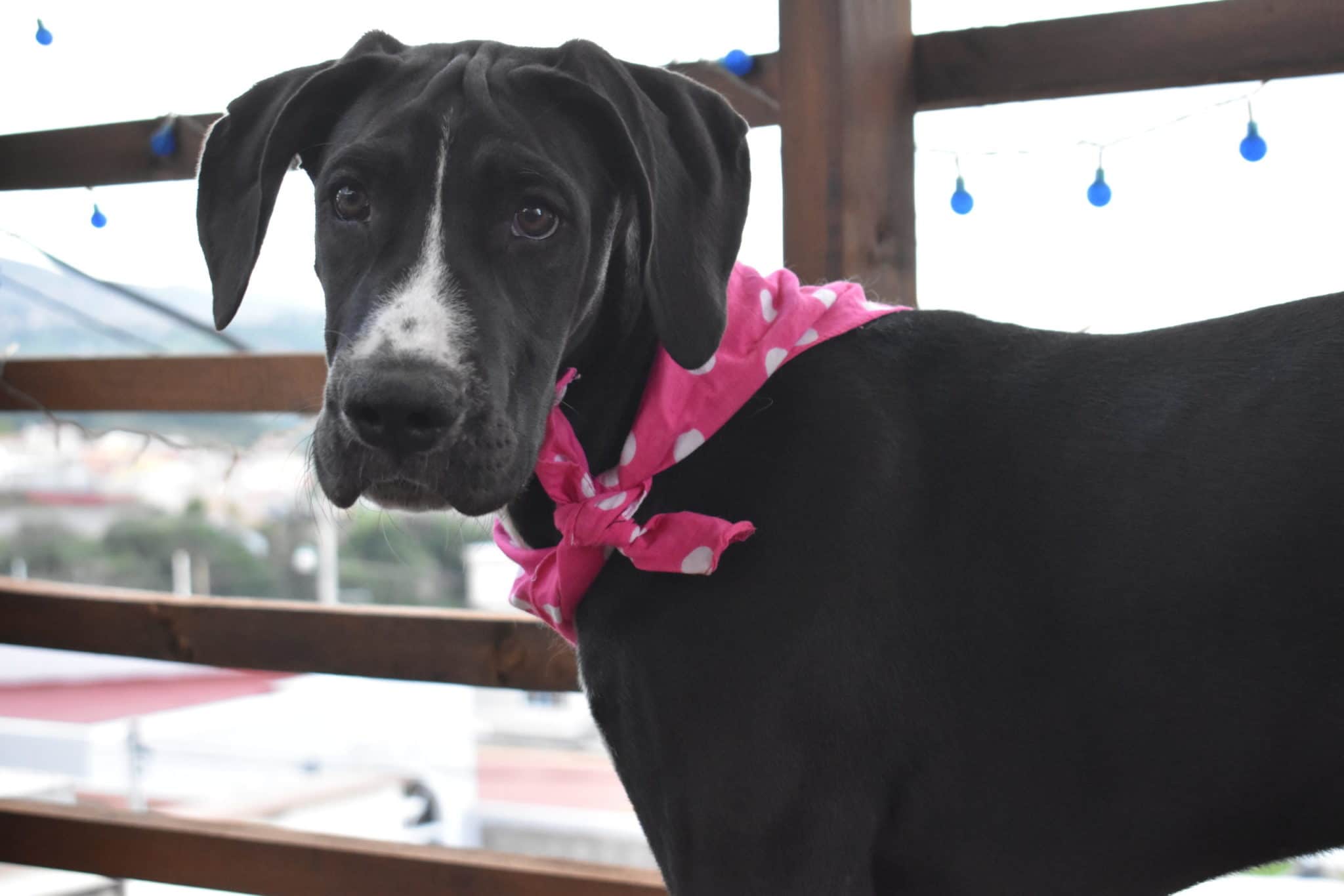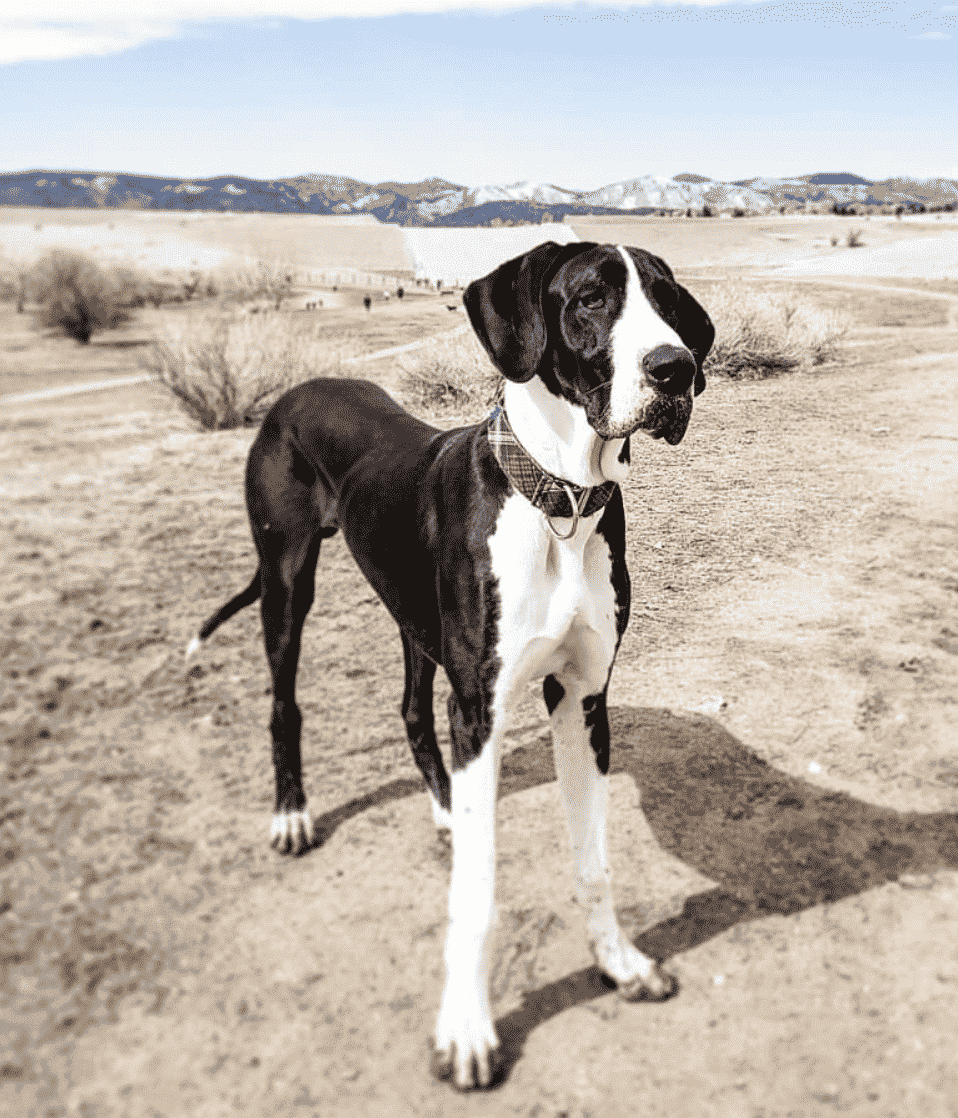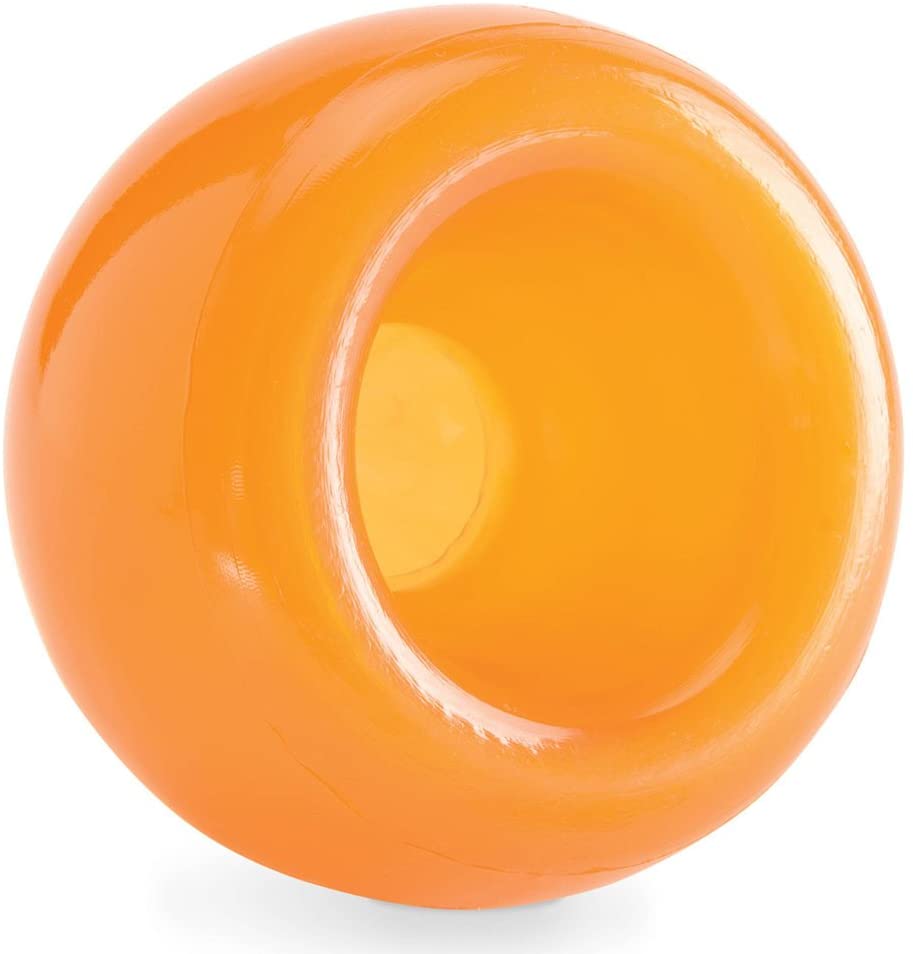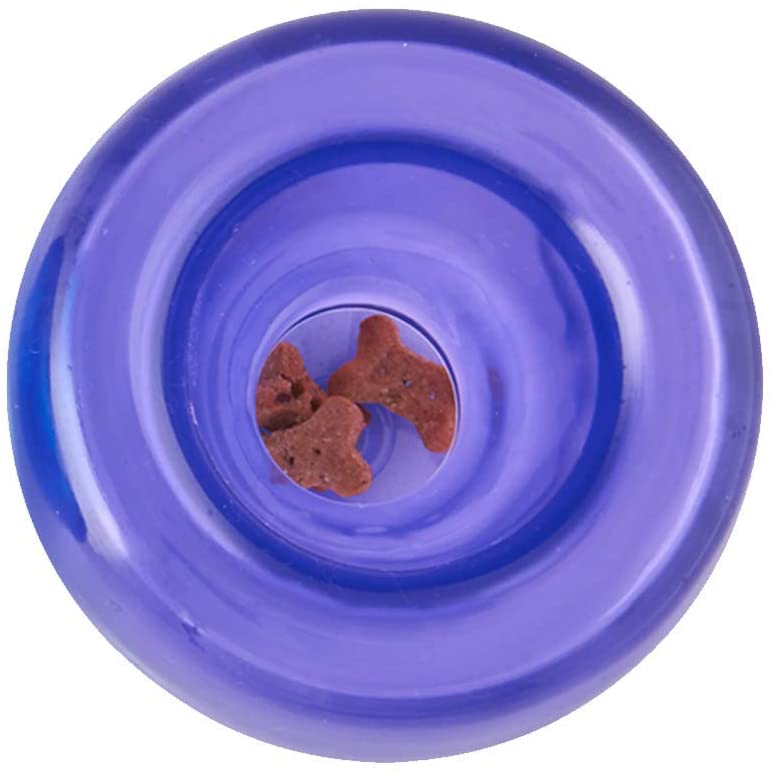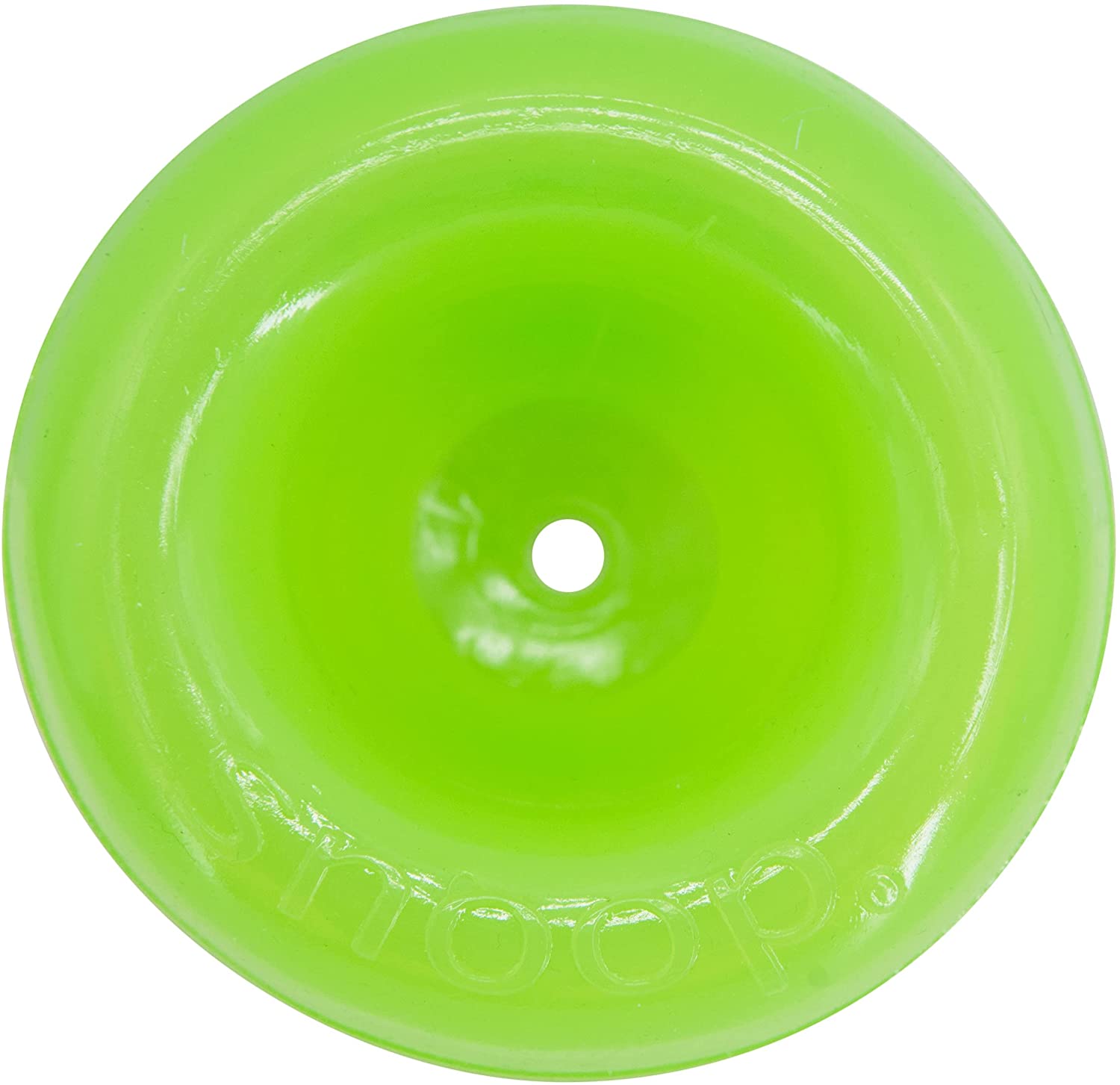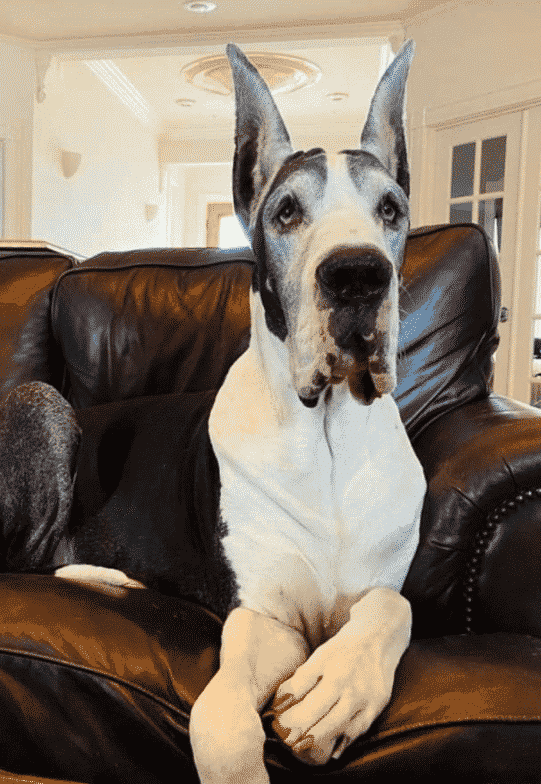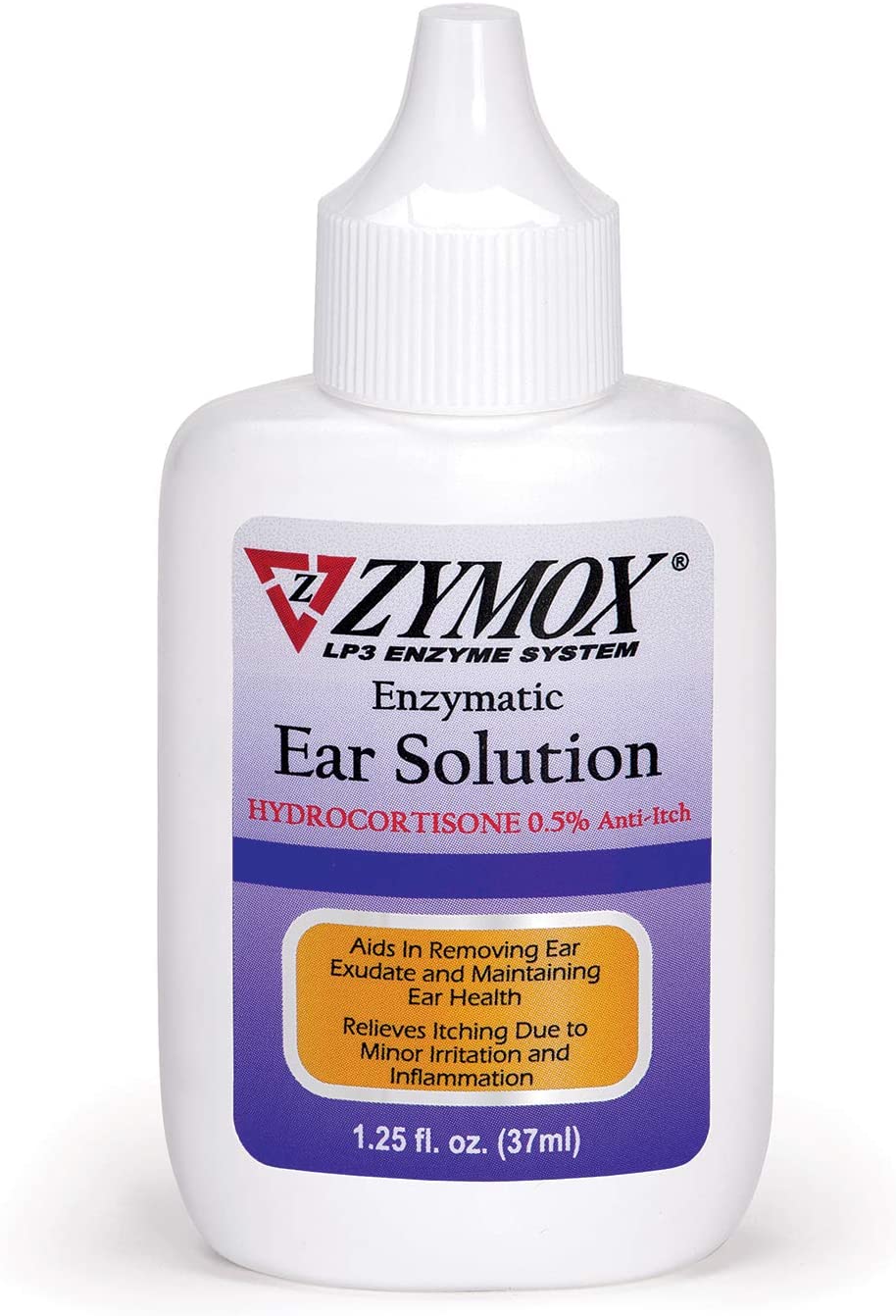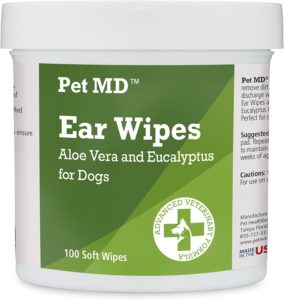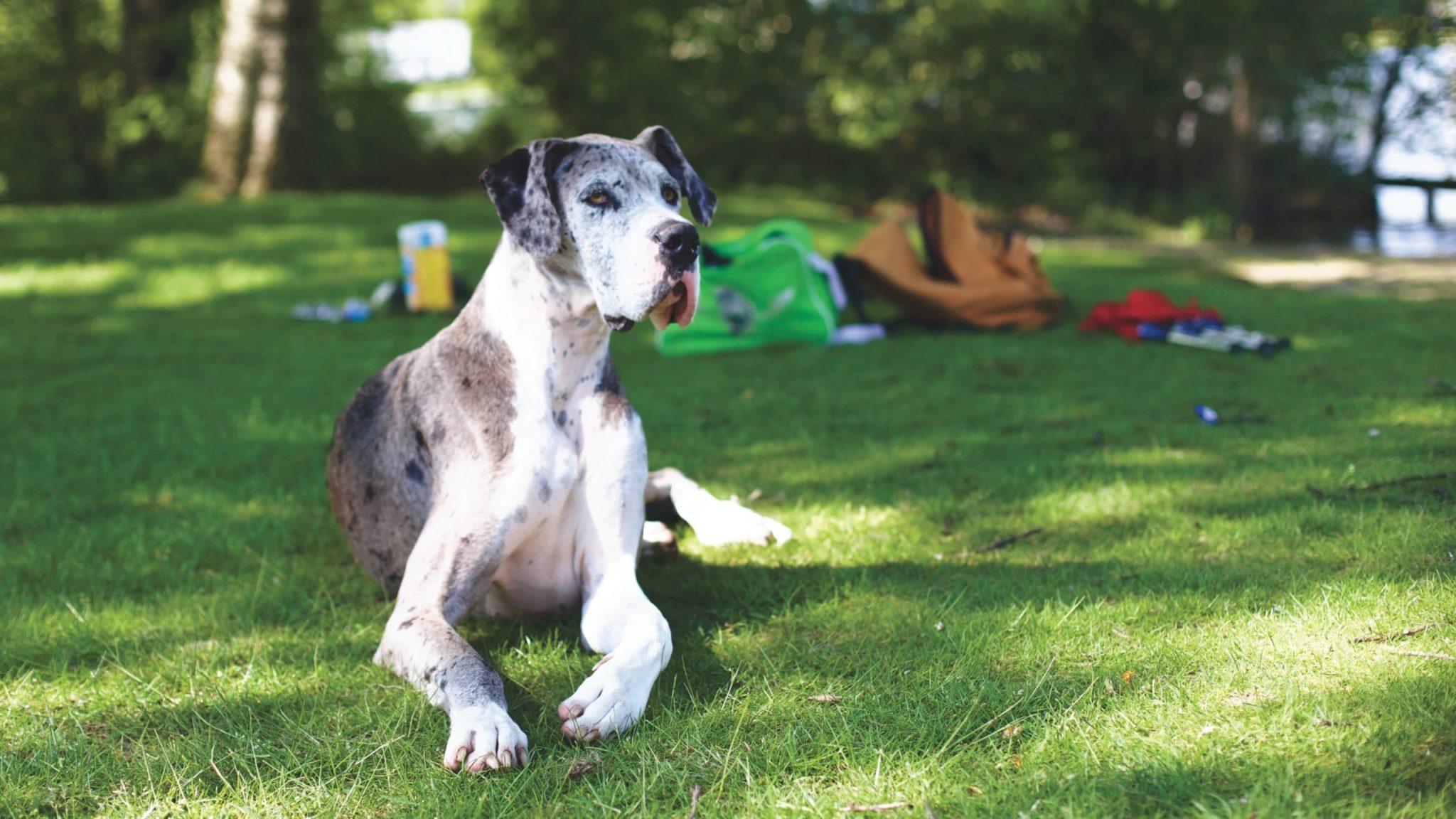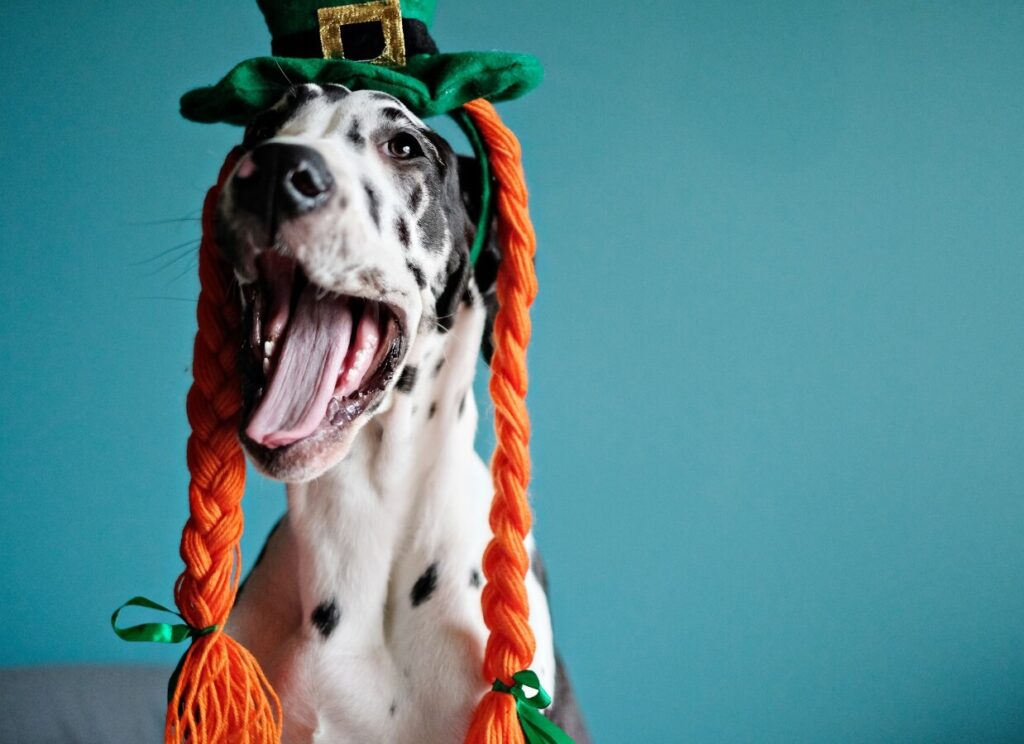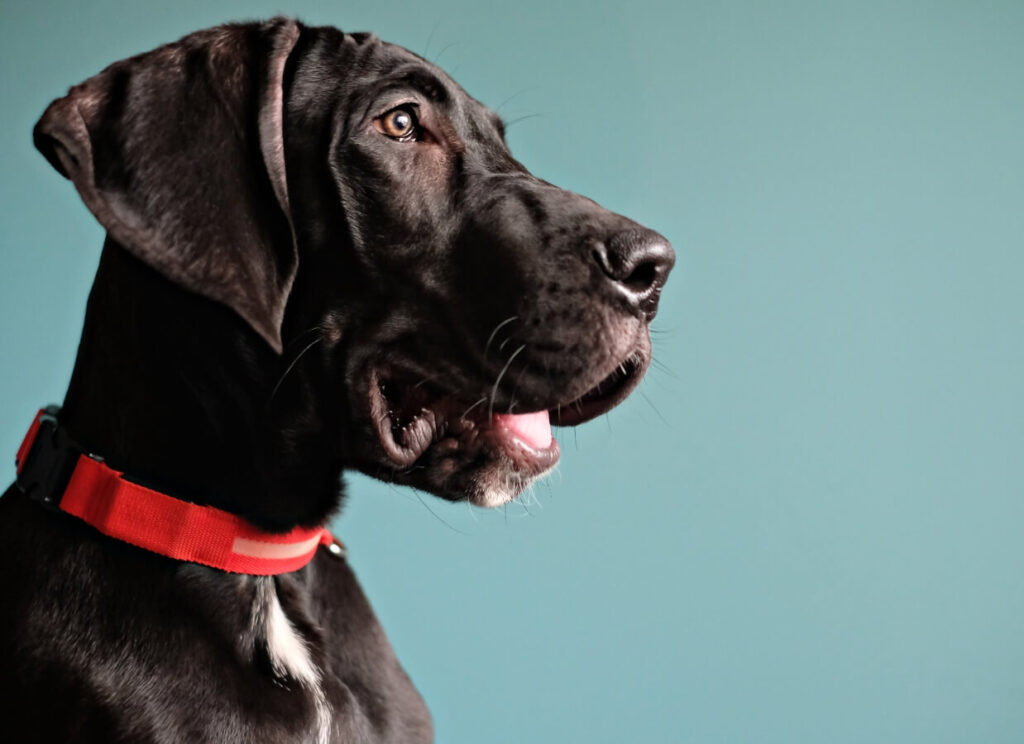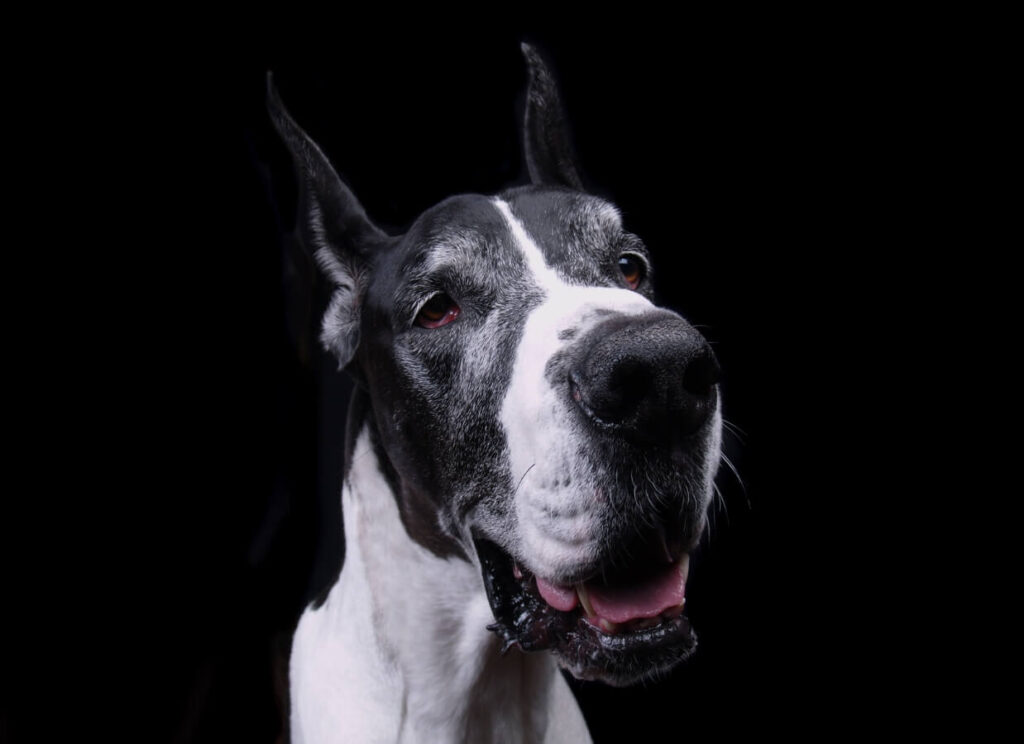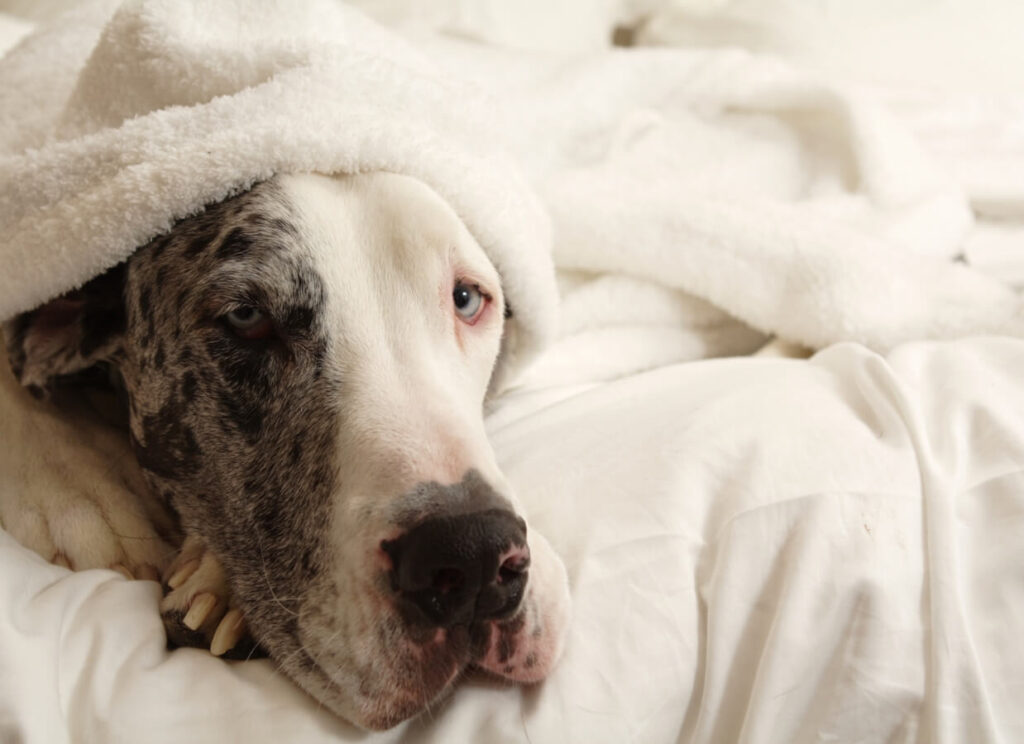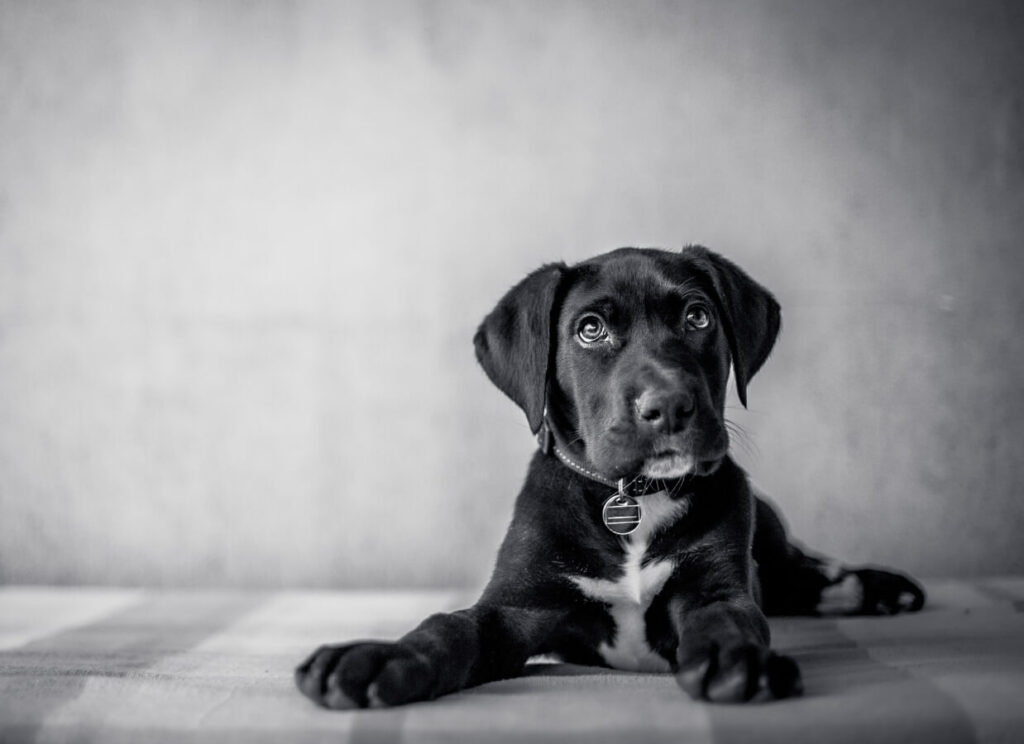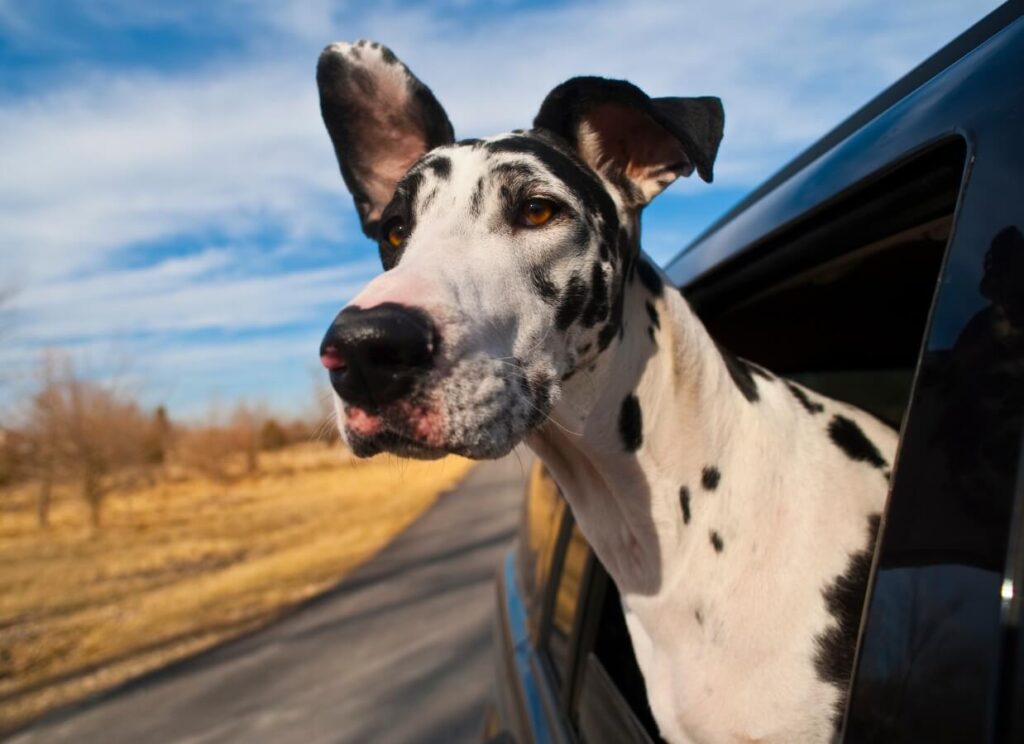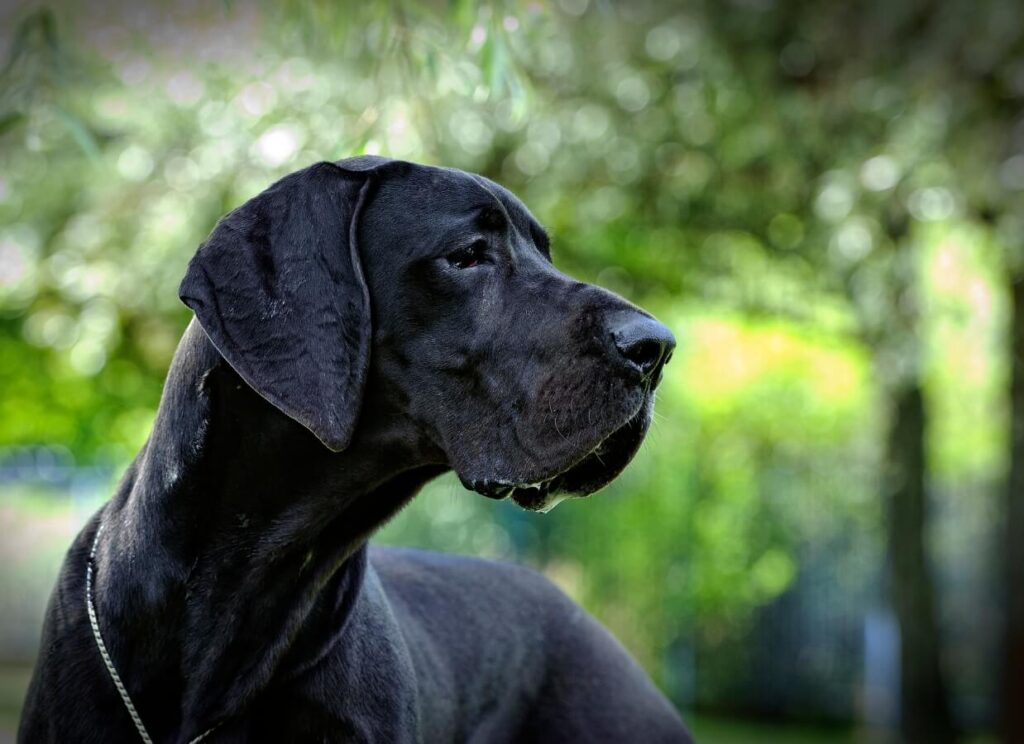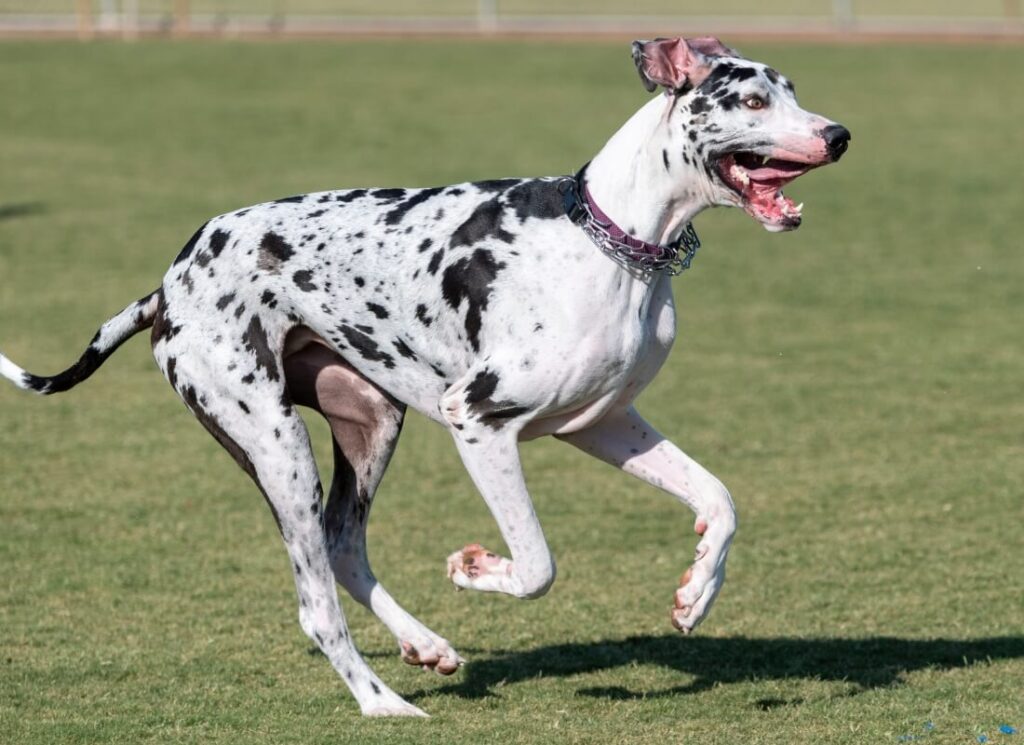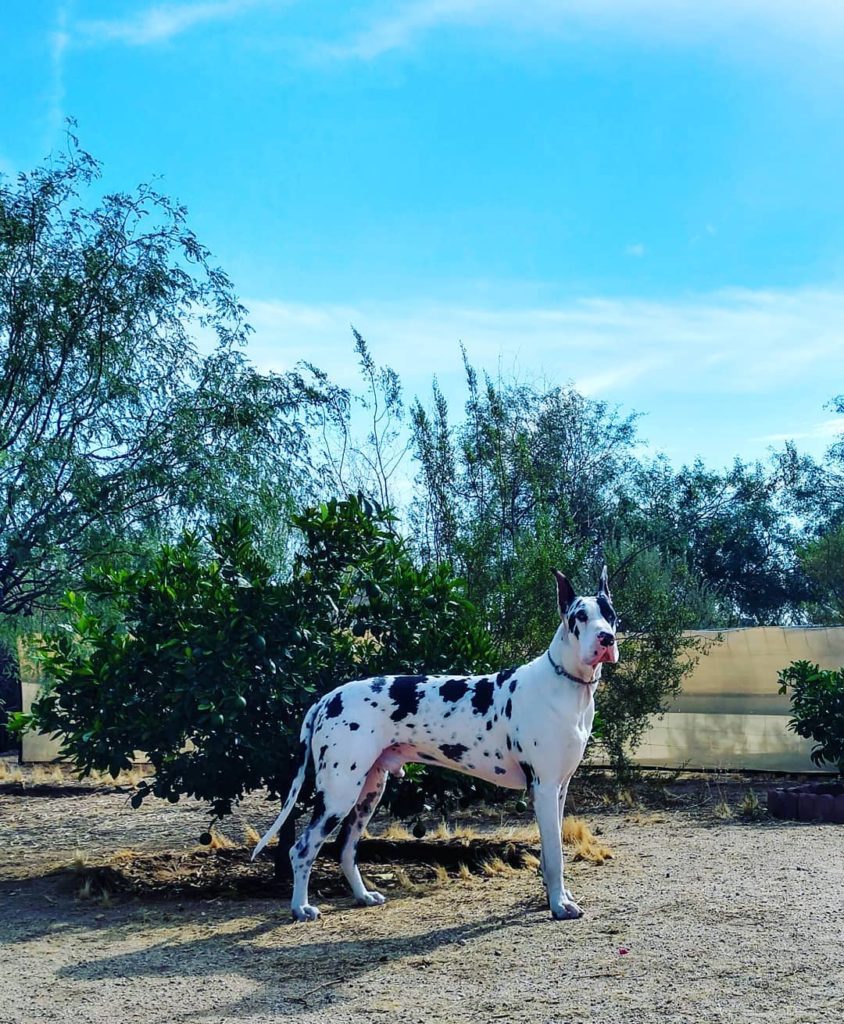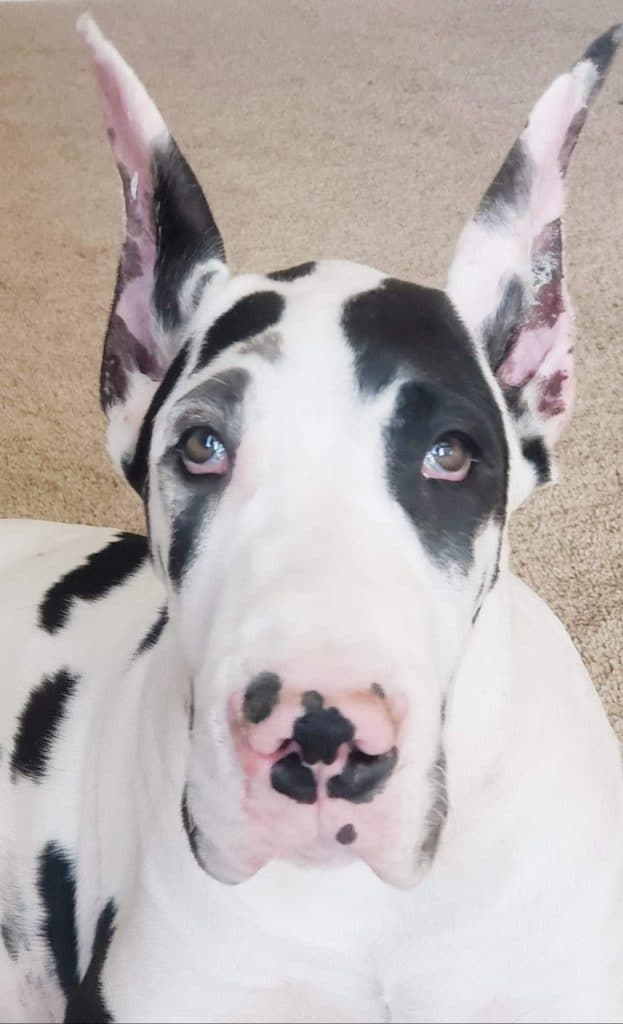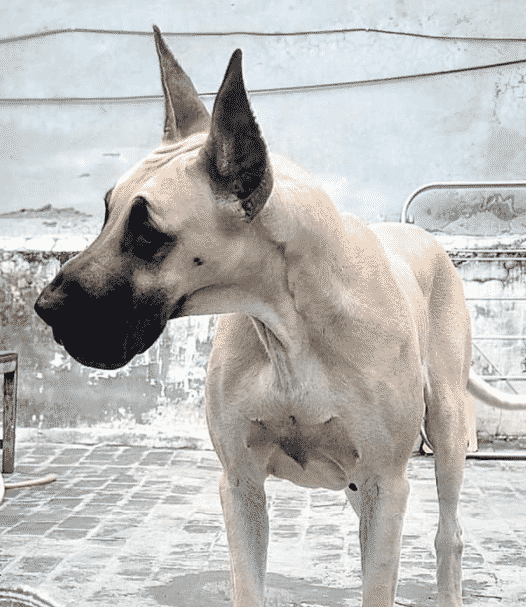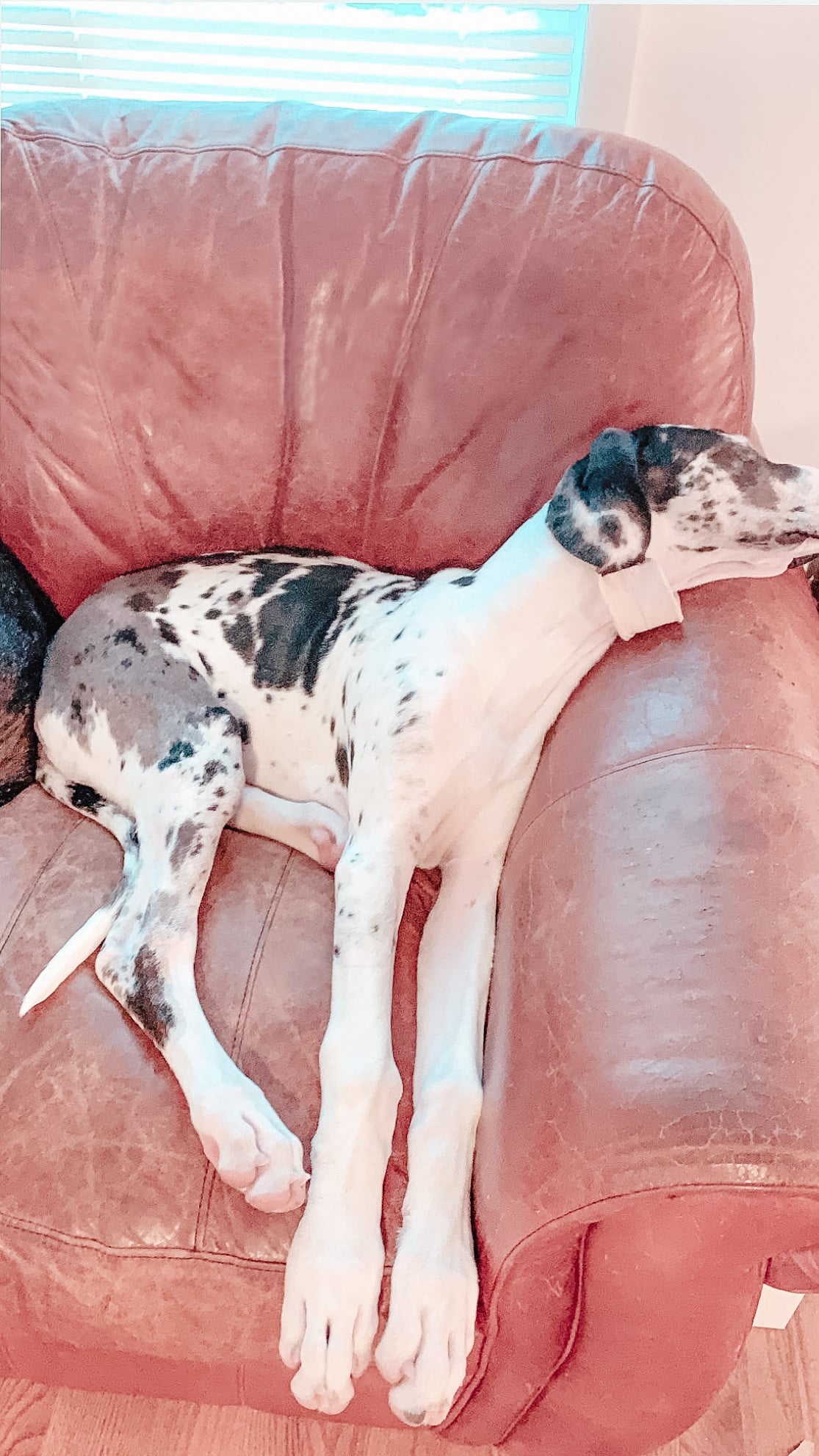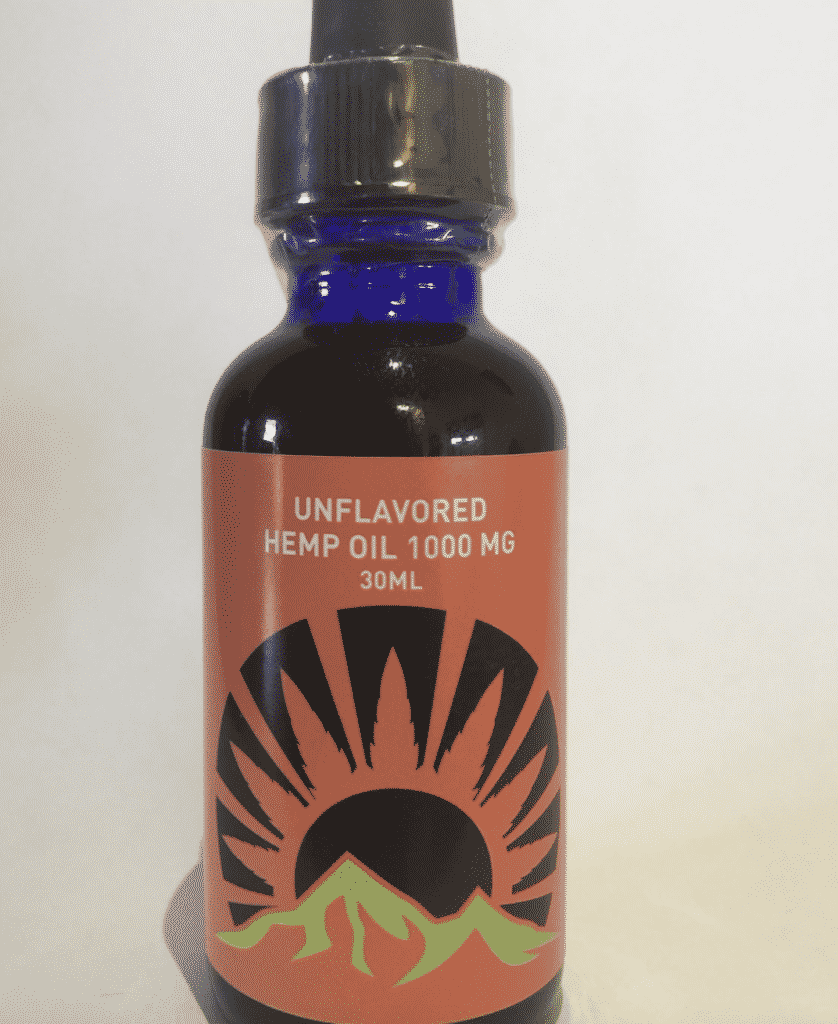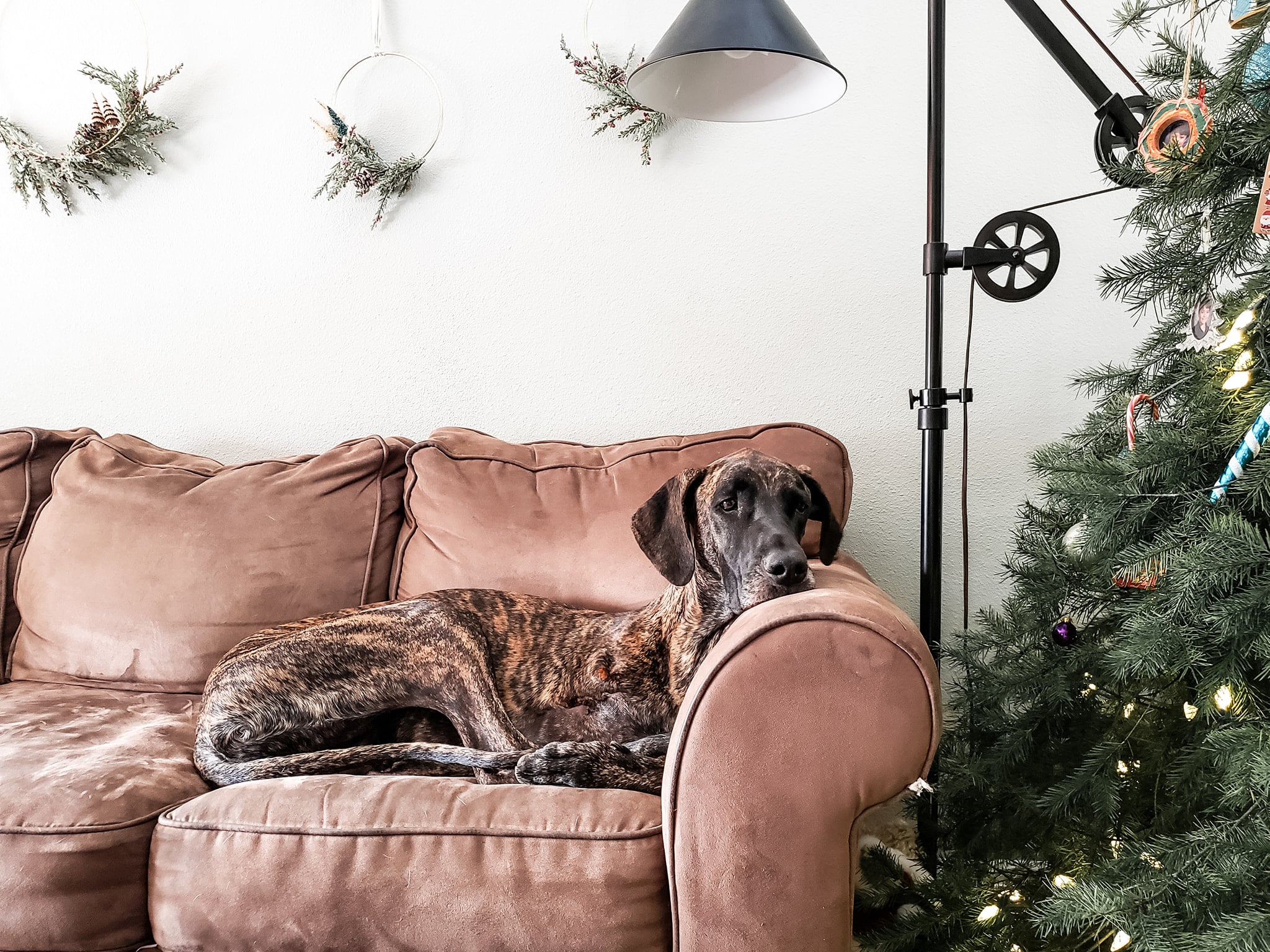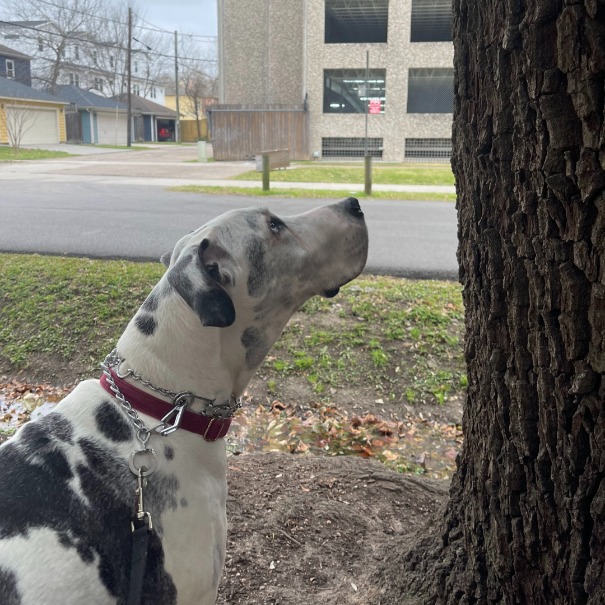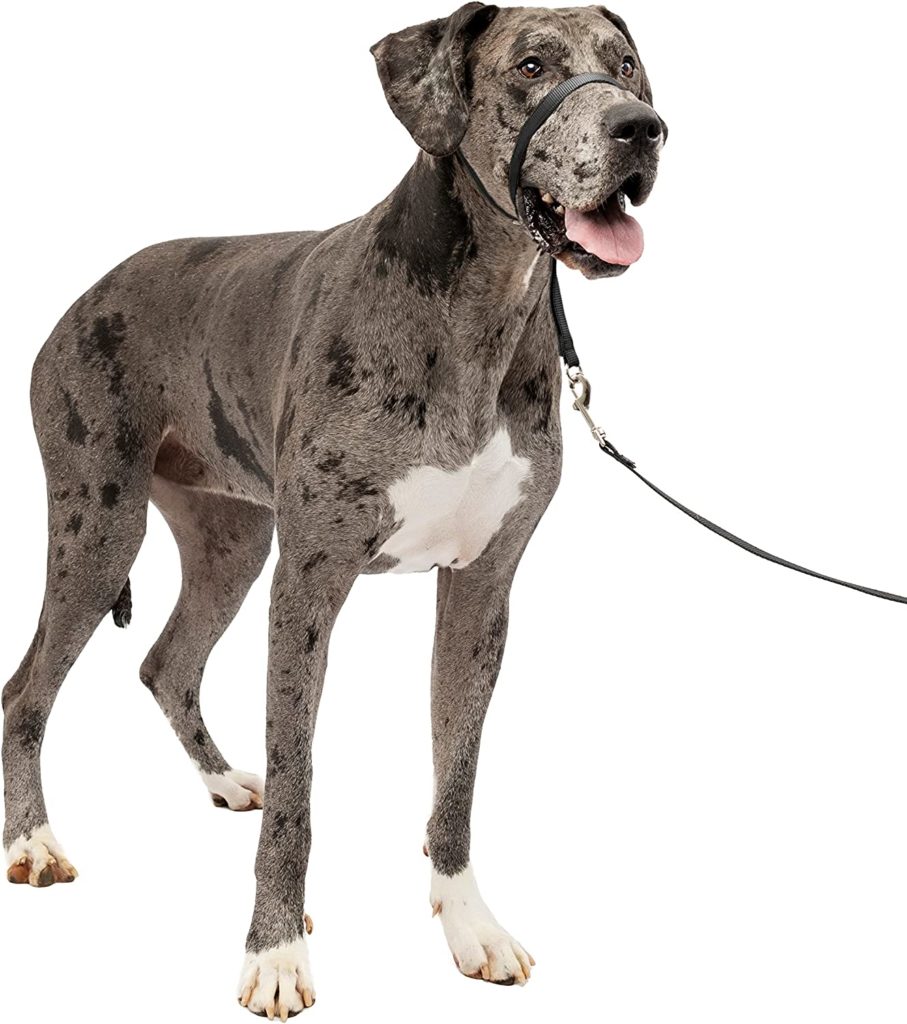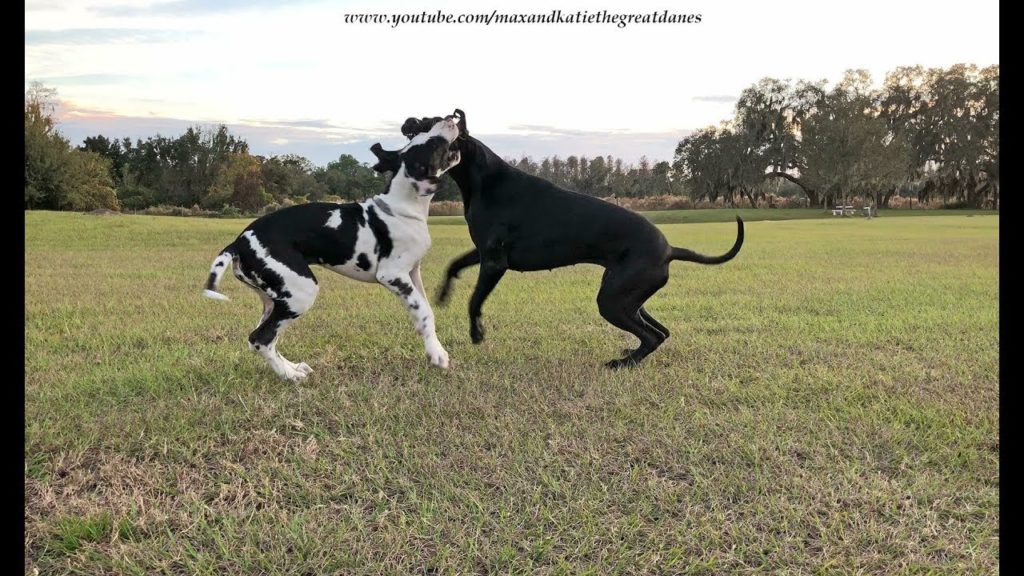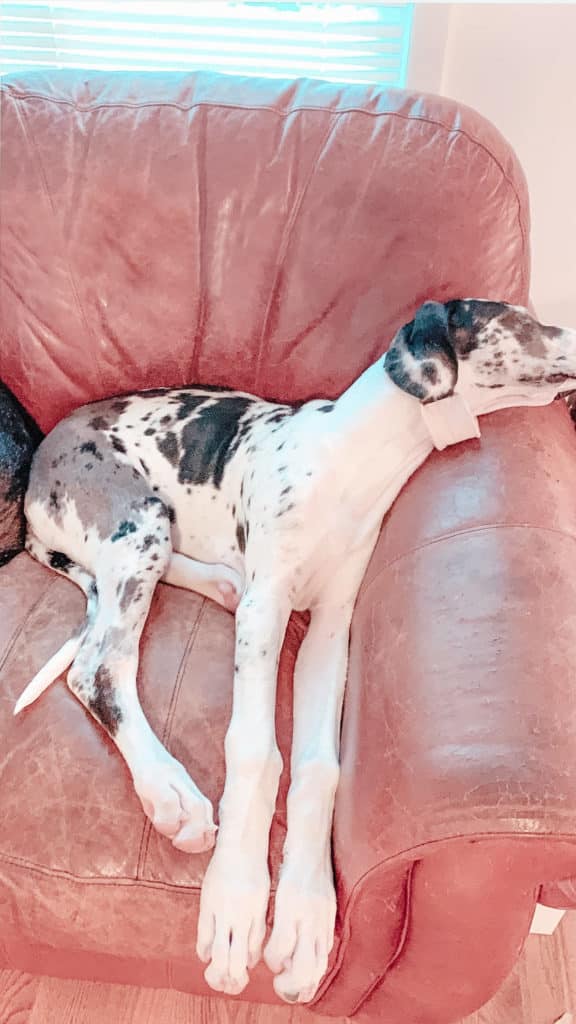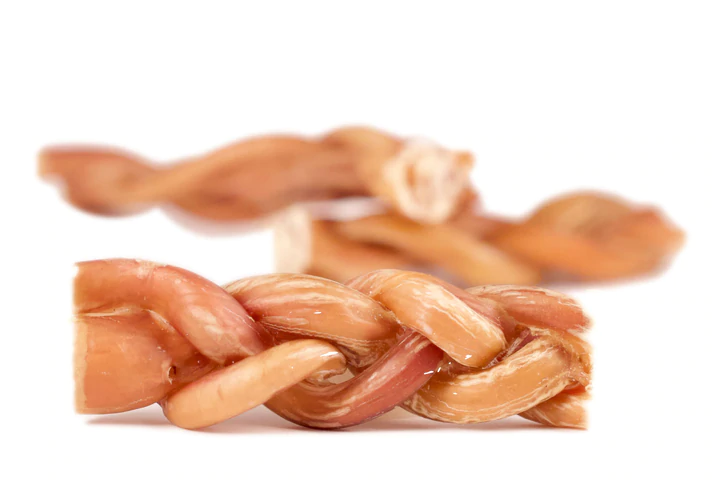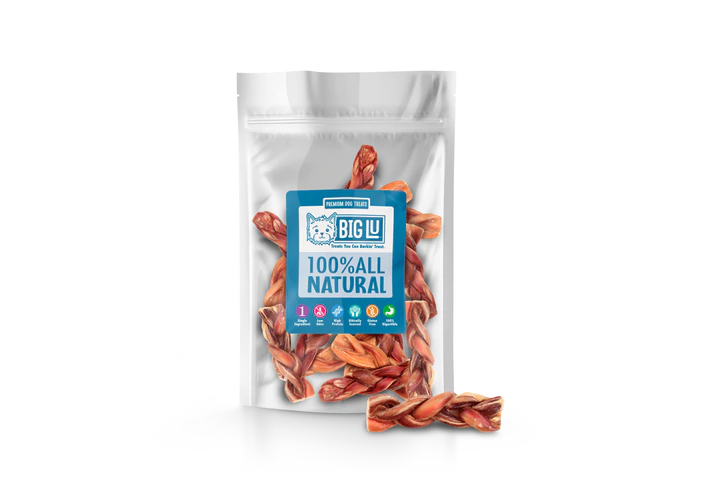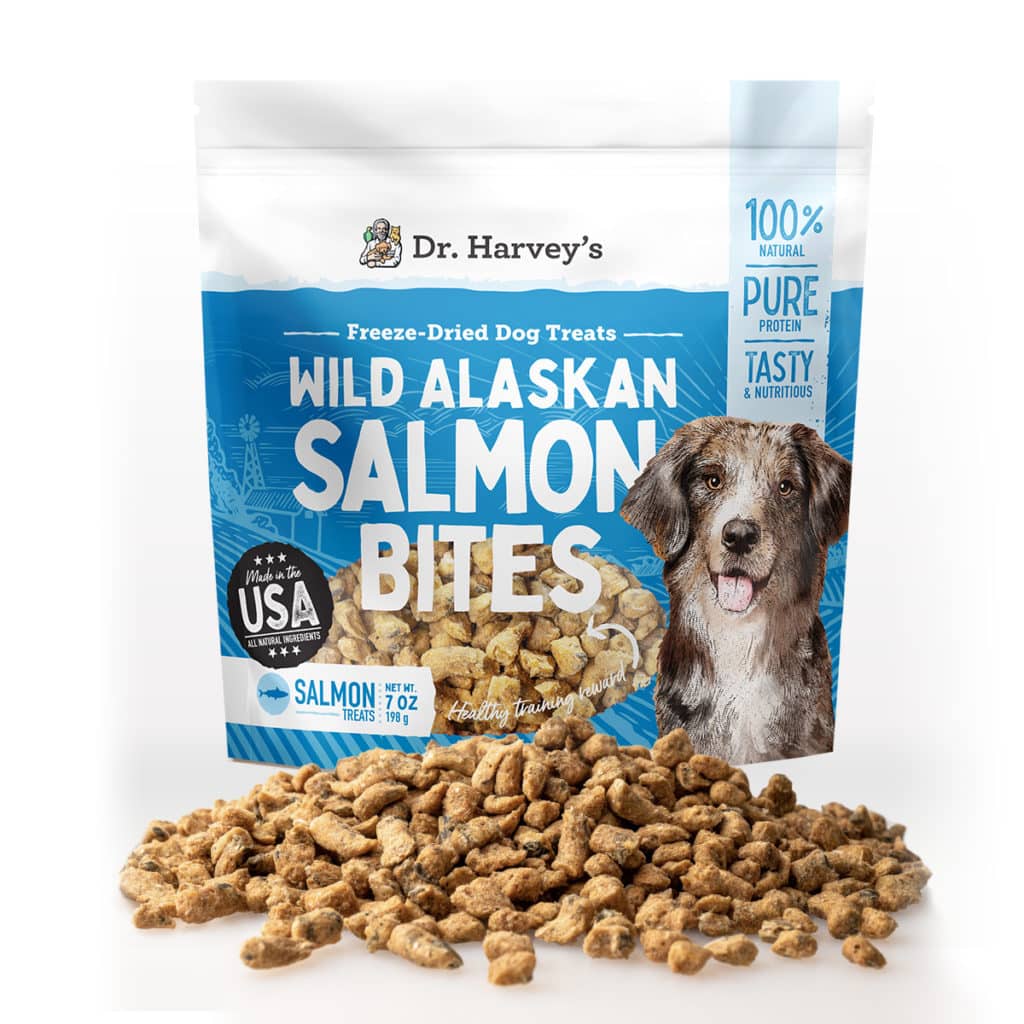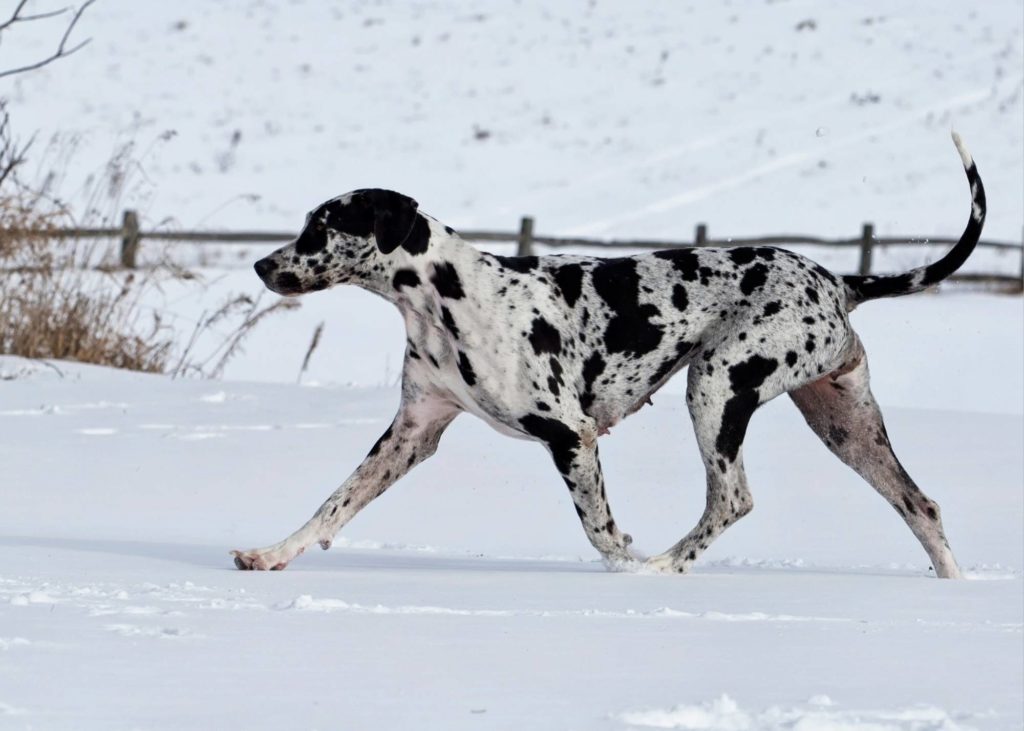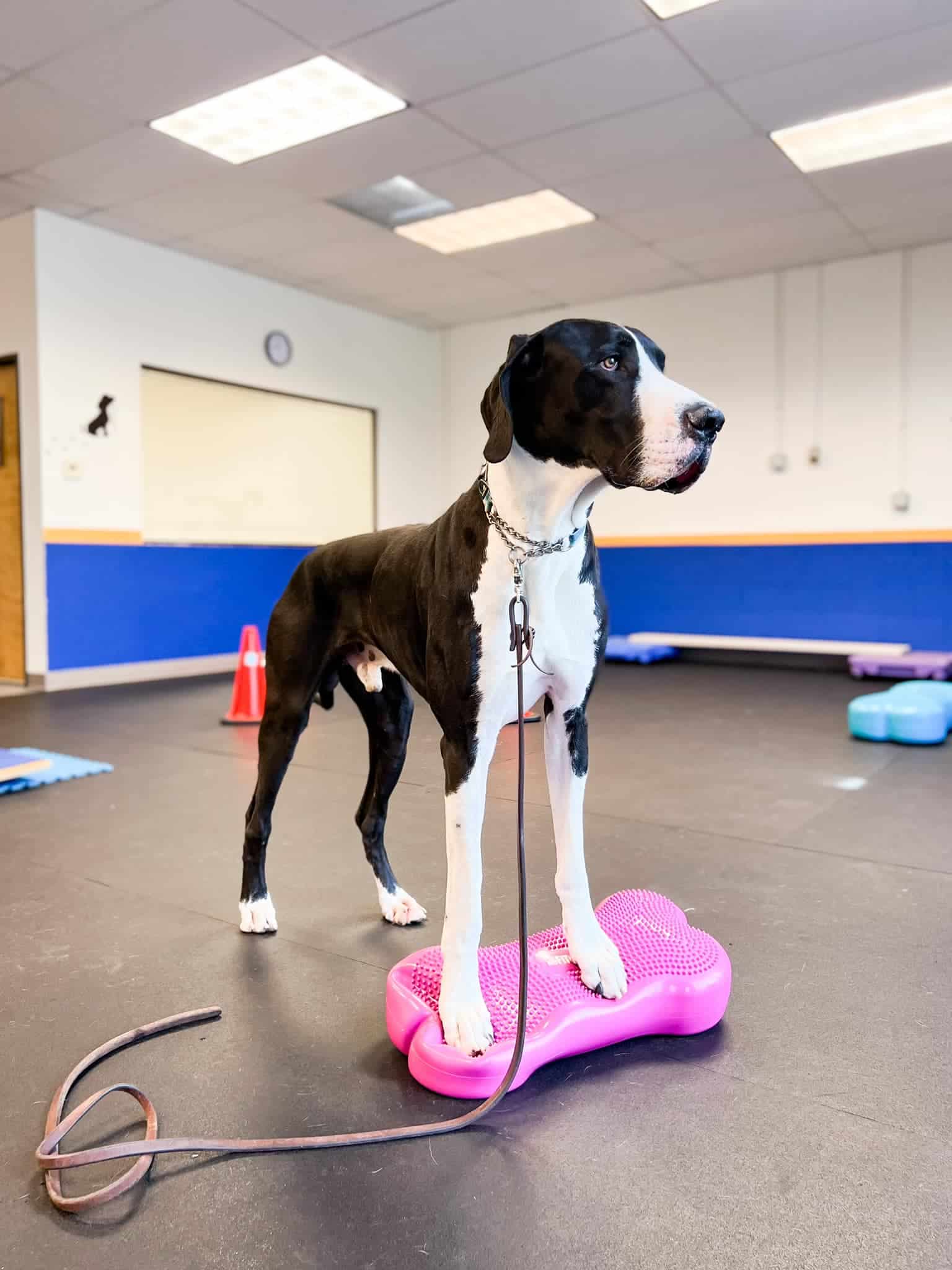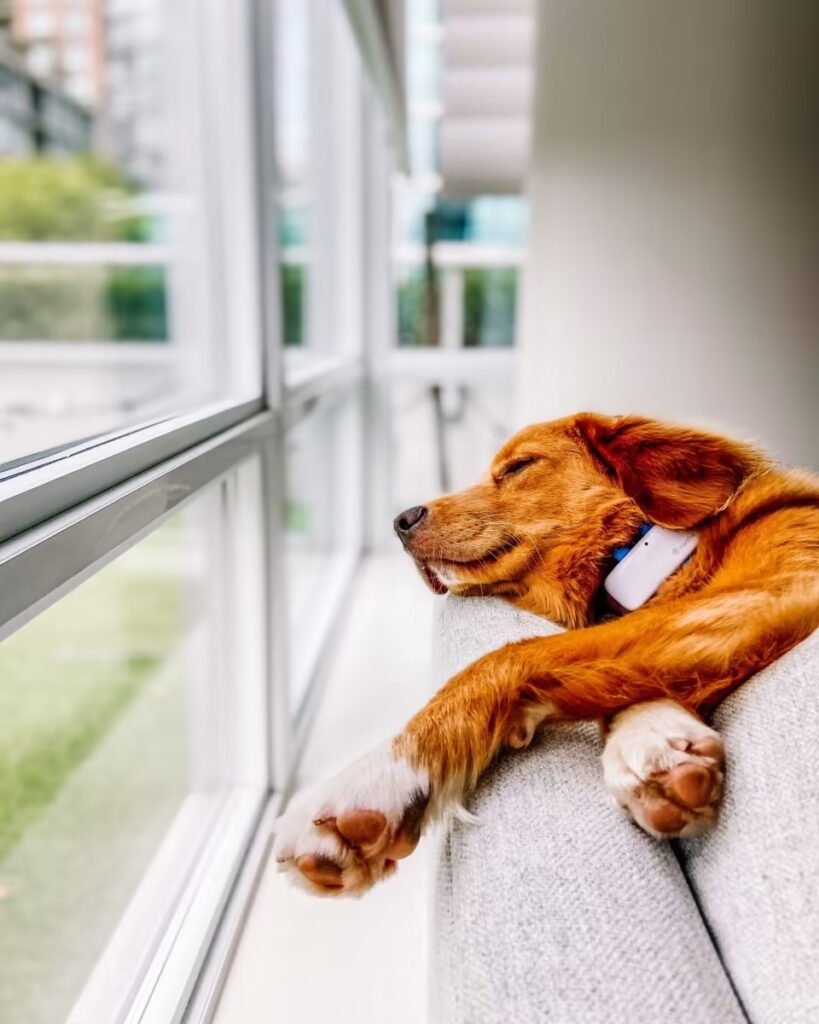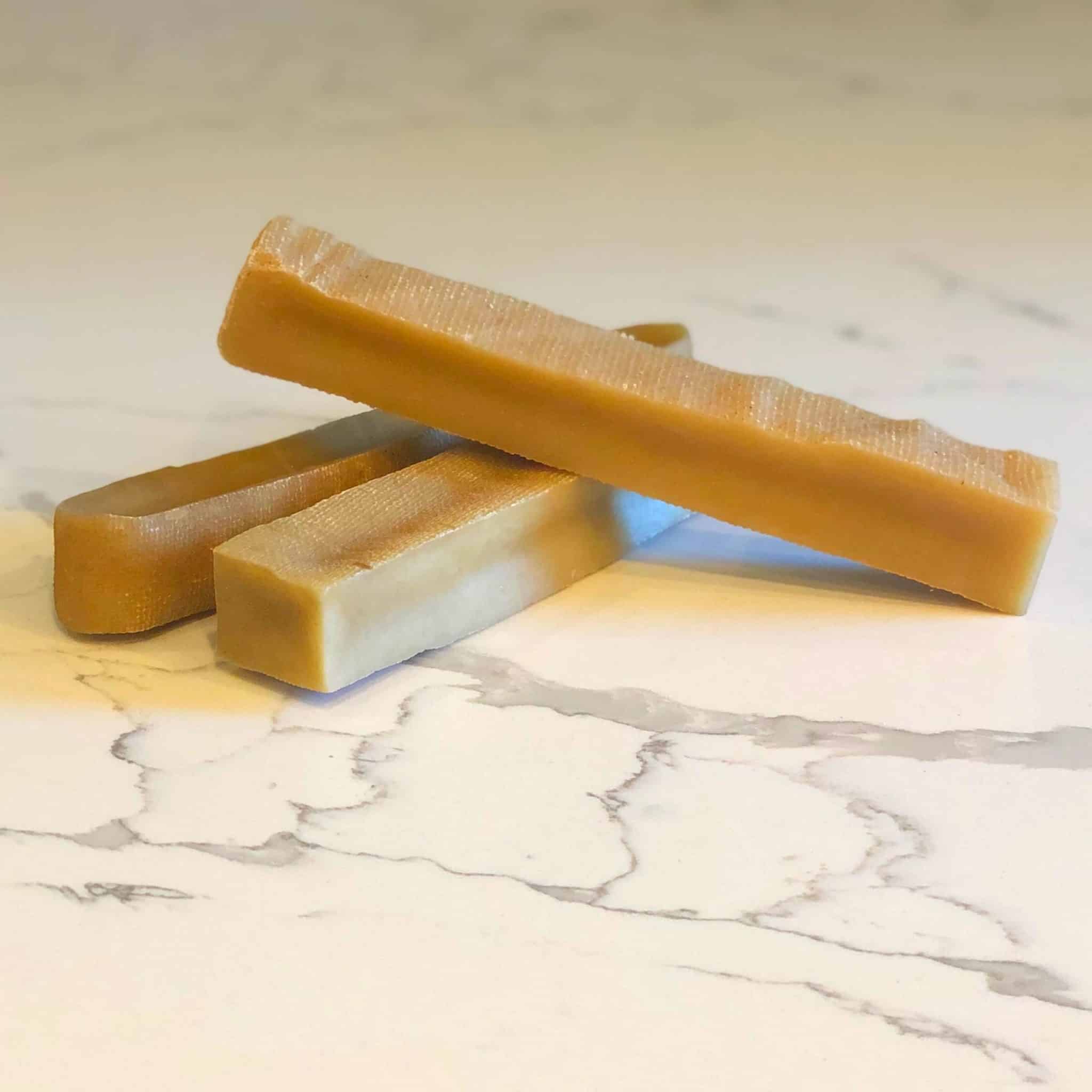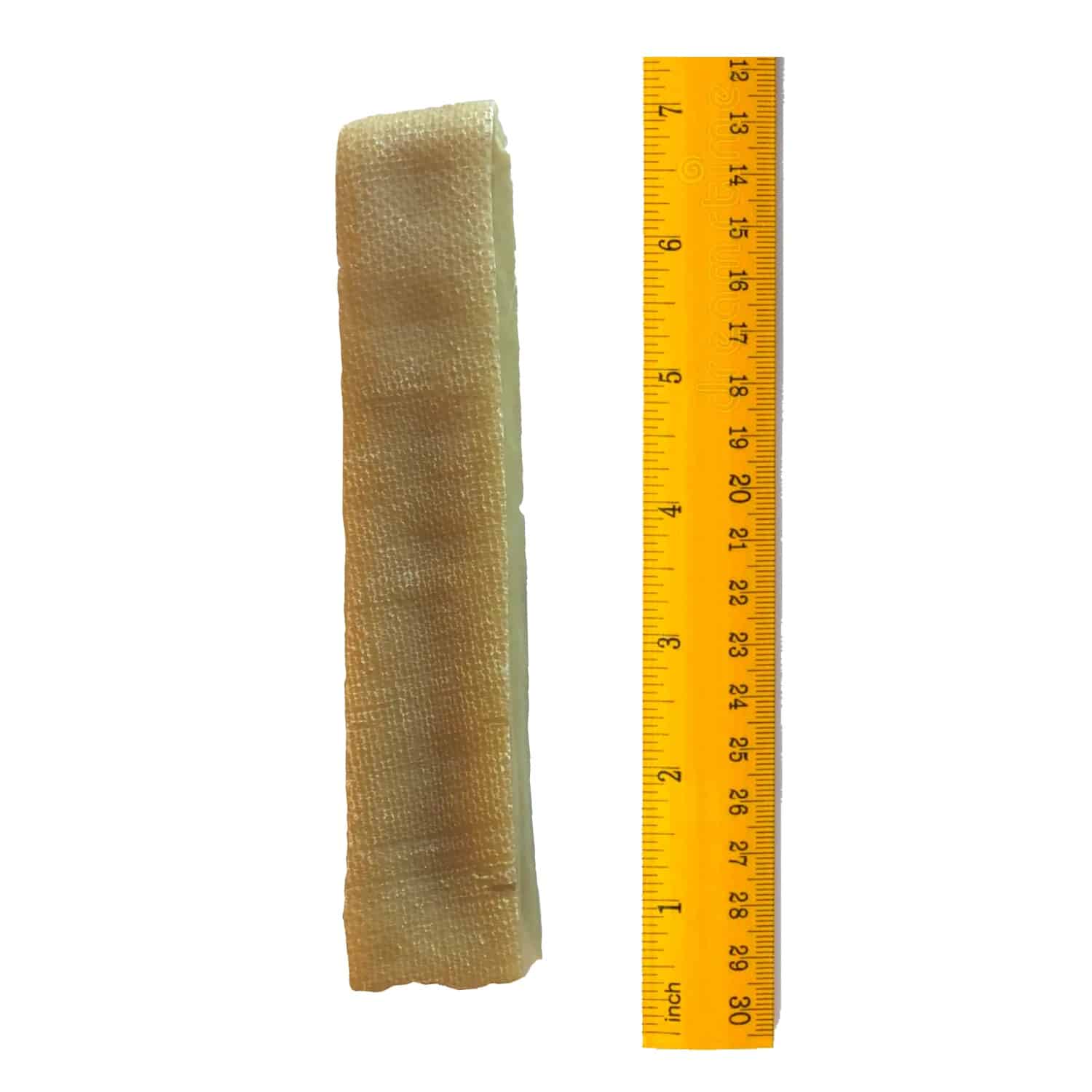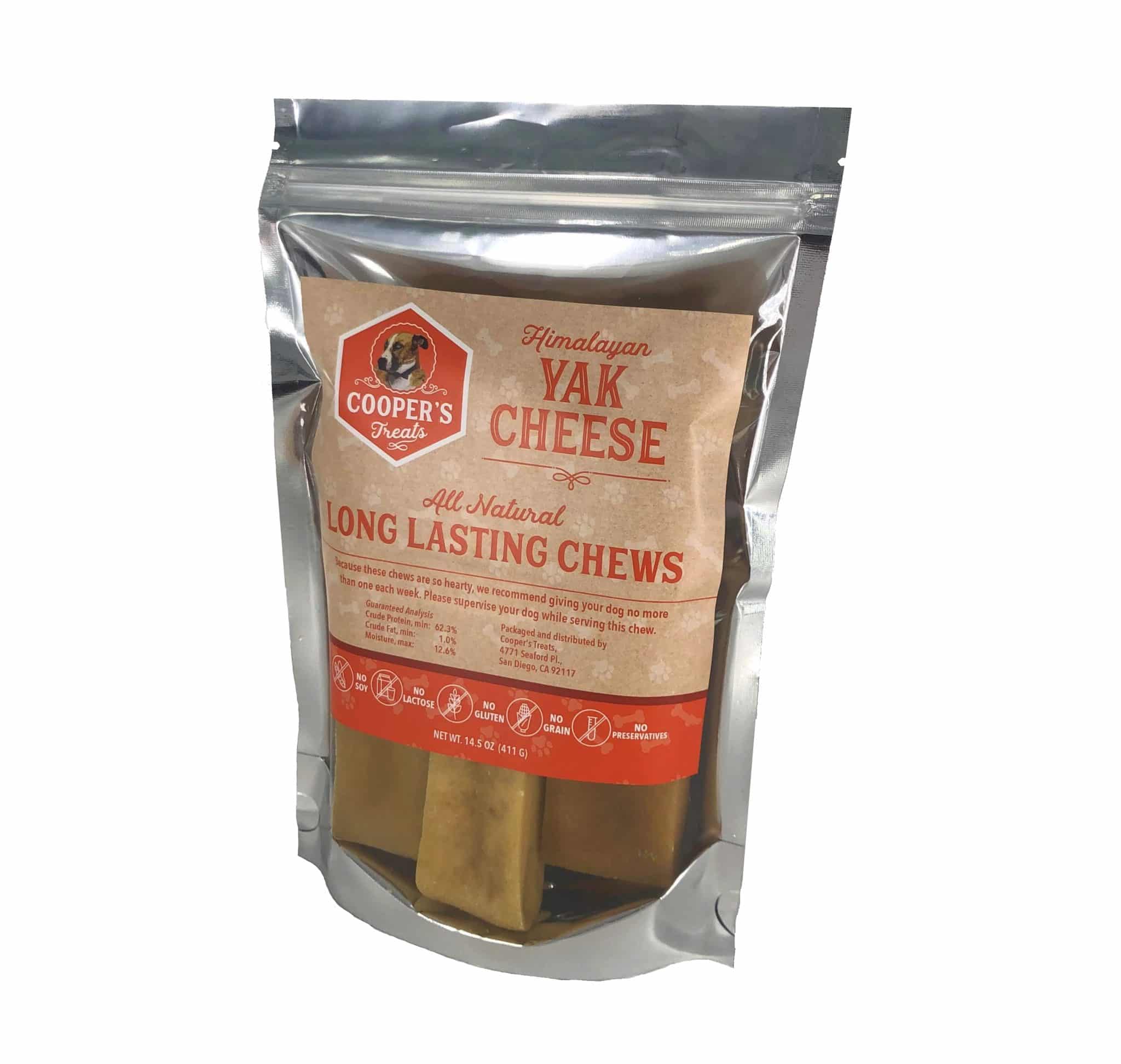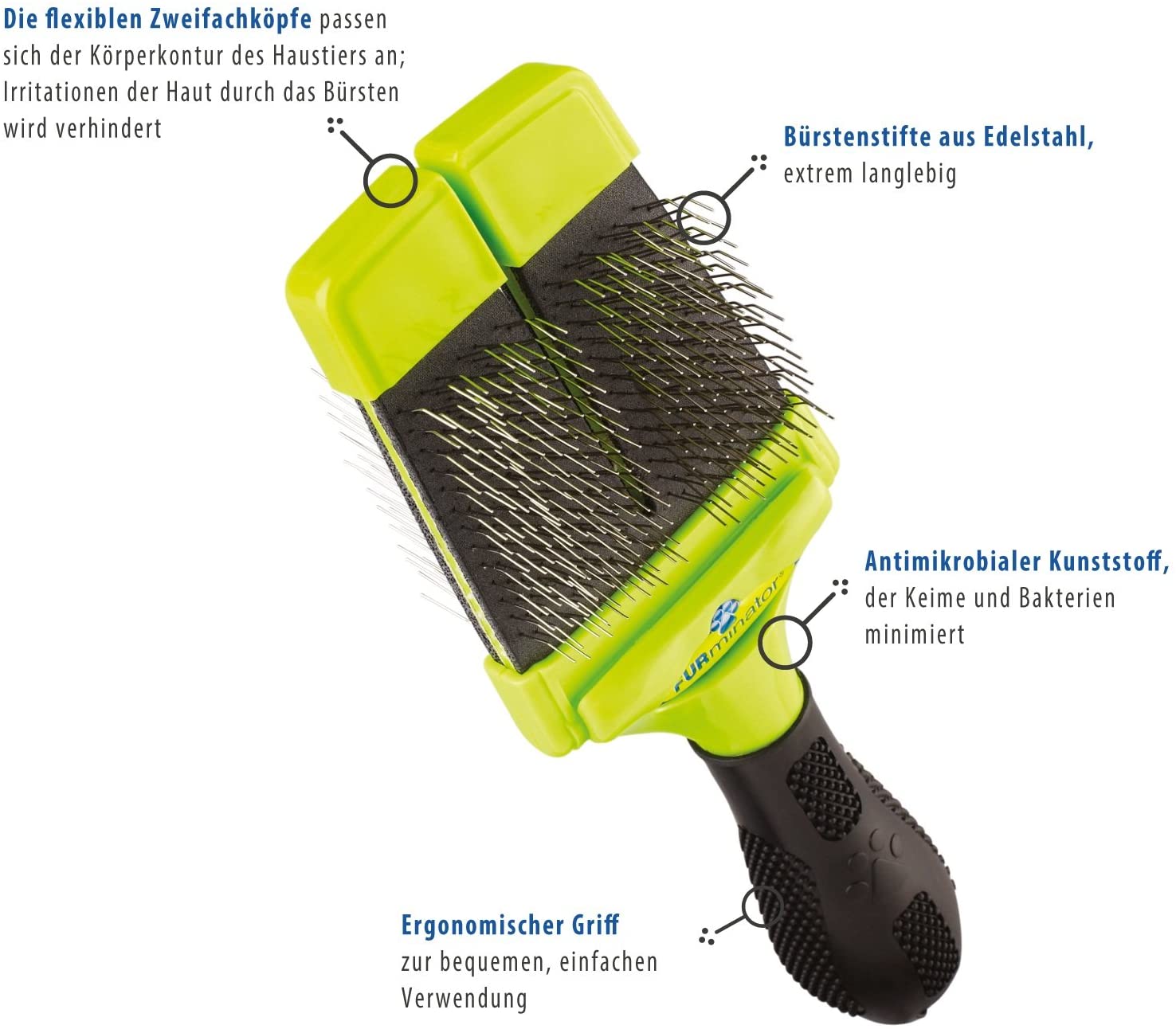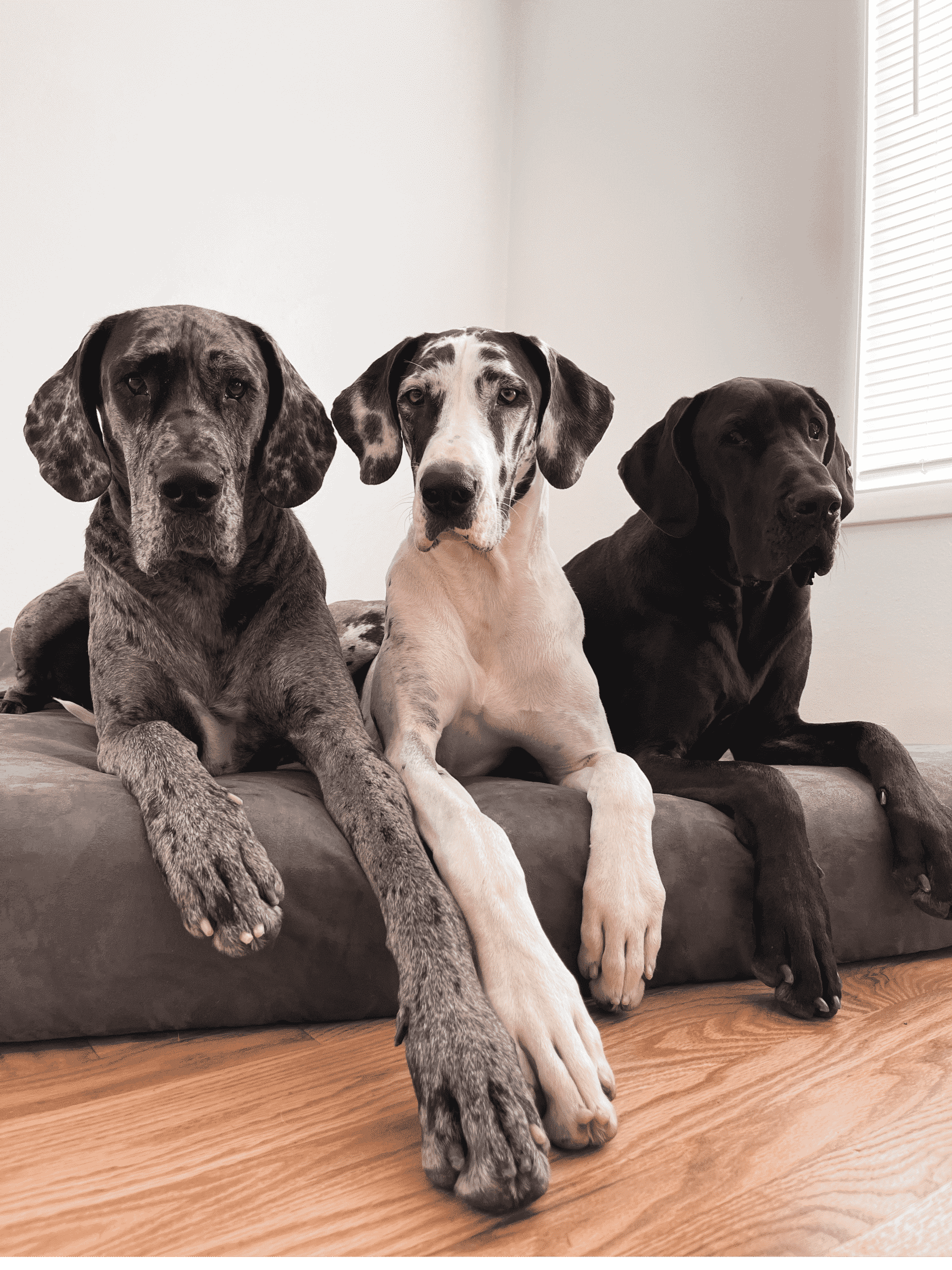Having trained Great Danes is something every Great Dane owner wants to accomplish.
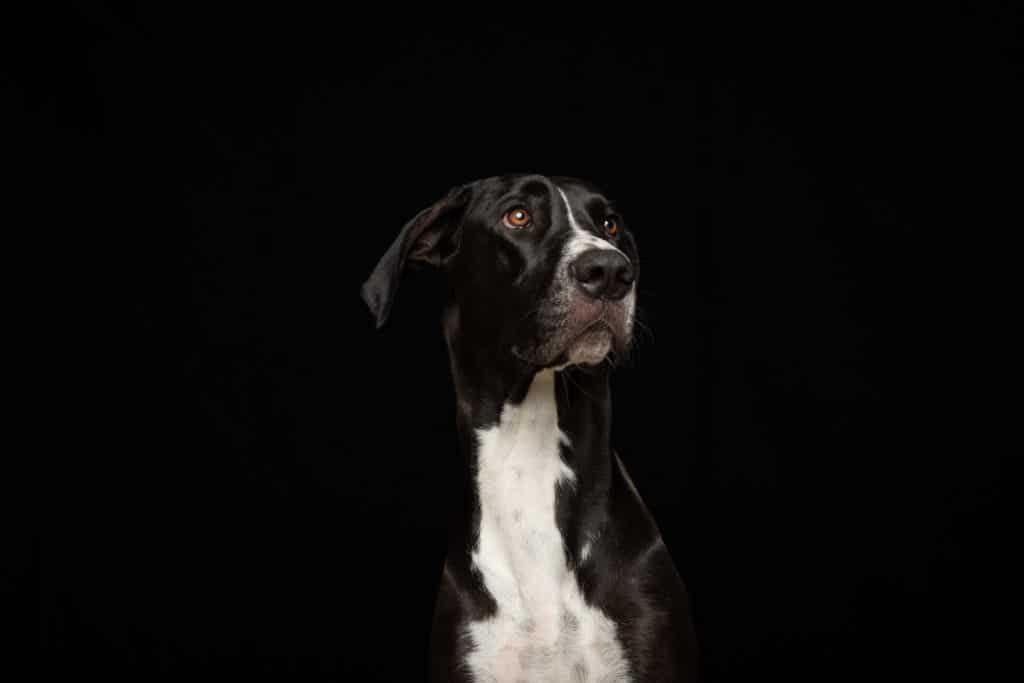
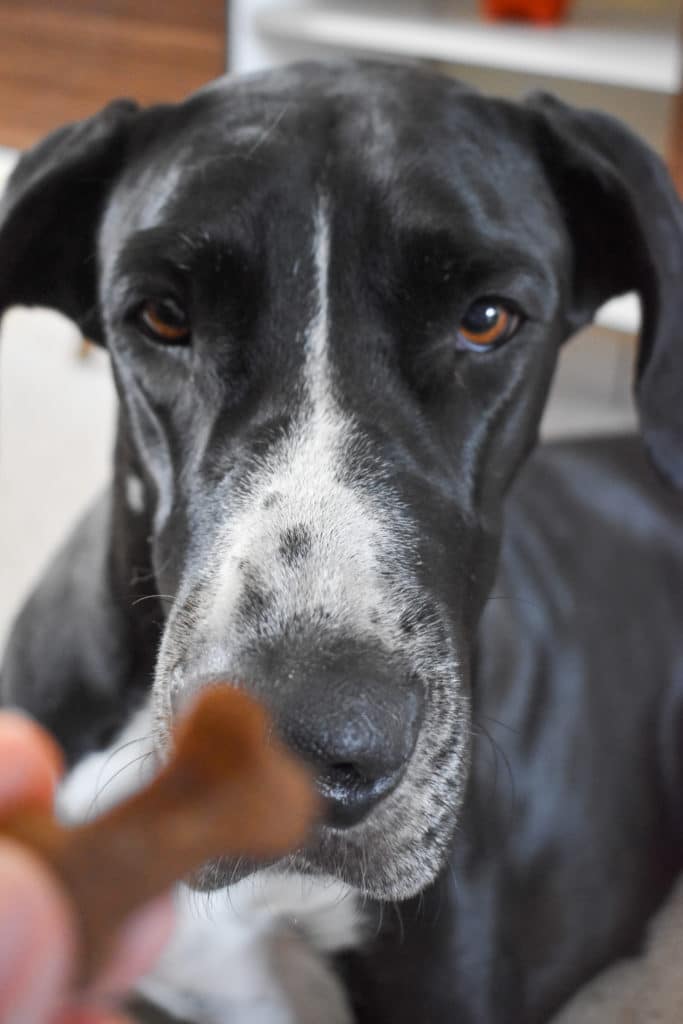
There’s something about a Great Dane that just makes you fall in love. They are gentle giants, and make perfect pets for families with children. They are also one of the most popular dog breeds in the world.
However, a Great Dane requires major obedience training. With proper basic training from an early age, socialization, and positive reinforcement, you can train your Great Dane to use the behavior that you desire.
Trained Great Danes require everyday life training sessions
In this blog post, we will discuss 9 simple tips to incorporate in your dog training with your Great Danes that will make you love them even more!
Then, we will discuss how you can start training your Great Dane with these basic tips that any owner can incorporate with their large breed dog from a young age.

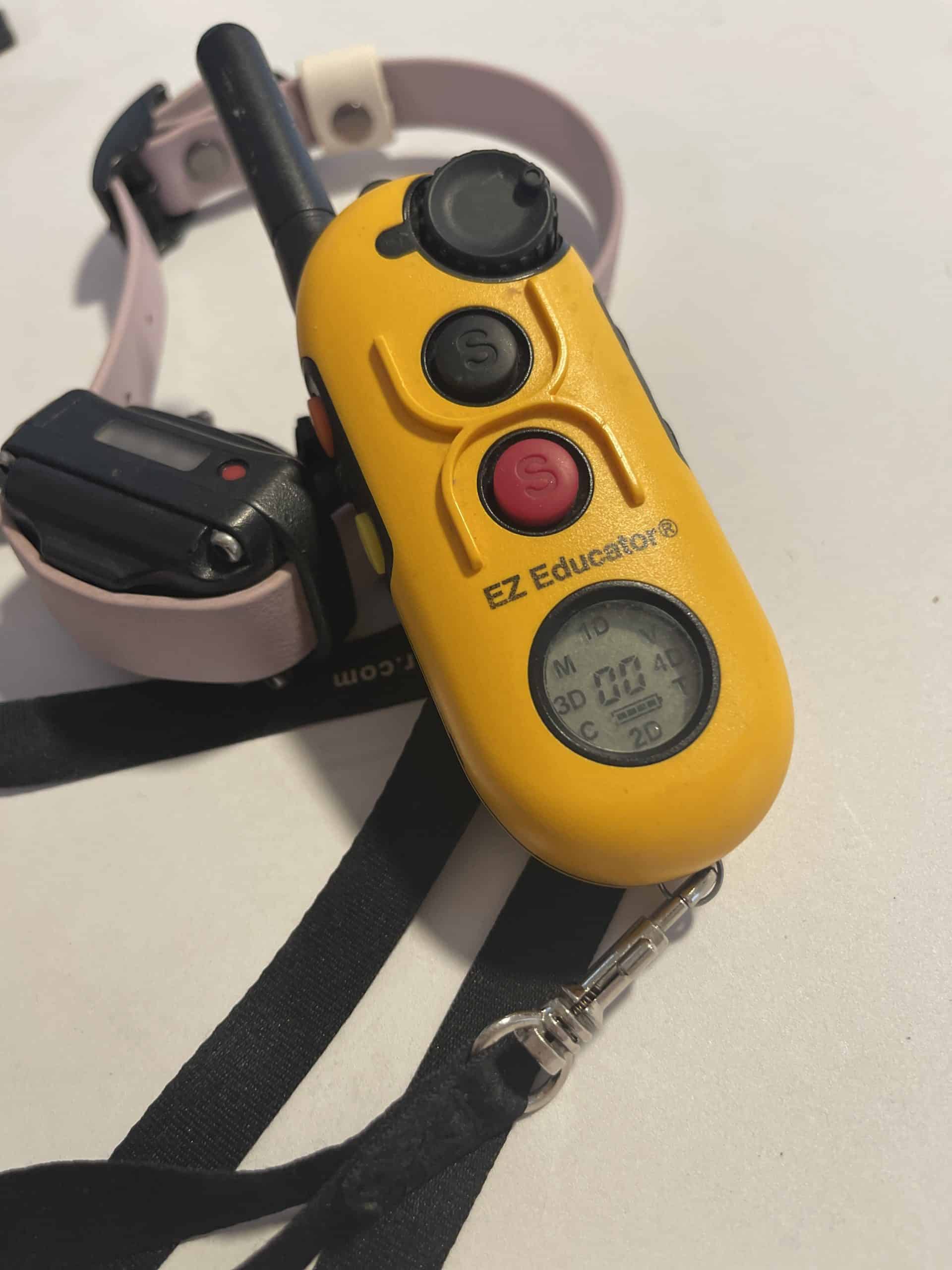
One: Teach Your Great Dane Basic Potty Training Skills
House training your new Great Dane puppy is an essential skill for any dog owner. The good news is that working to potty train your pup is relatively easy, and it’s a great way to bond with your new Great Dane.
Create a Designated Area that your Great Dane Puppy can Potty
The first step is to create a designated potty area; this can be either inside or outside, depending on your preferences.
Great Dane Puppies Potty Frequently
Once you have a potty area, you’ll need to take your new puppy there frequently, preferably after each meal. When your Great Dane puppy does his business in the potty area, be sure to praise him lavishly; this will help him understand that he’s doing what you want him to do.
Overnight Pottying for Your Great Dane Puppy
The rule of thumb for any Great Dane puppy is that they can hold their bladder for one hour per month of age. So, a three-month-old Great Dane puppy can hold it for three hours overnight. So, if you have a new Great Dane dog, plan to let them out throughout the night in order to help them be successful.
Have Patience with Training Your Great Dane Puppy Potty Training
Finally, keep in mind that accidents will happen; if your pup has an accident indoors, simply clean it up and do not ‘punish’ puppies for having accidents in the house. Getting angry at your puppy for going potty in the house is not the best method to teaching them. A new Great Dane puppy needs to be shown this basic command before it knows right from wrong. Additionally, your Great Dane puppy often does not have control over its bladder.

Two: Using a Crate: Positive Training with your Great Dane
Using a crate is an effective way to train your Great Dane and establish obedience.
Crate training should be used in conjunction with positive reinforcement, such as treats or praise, as the primary training method.
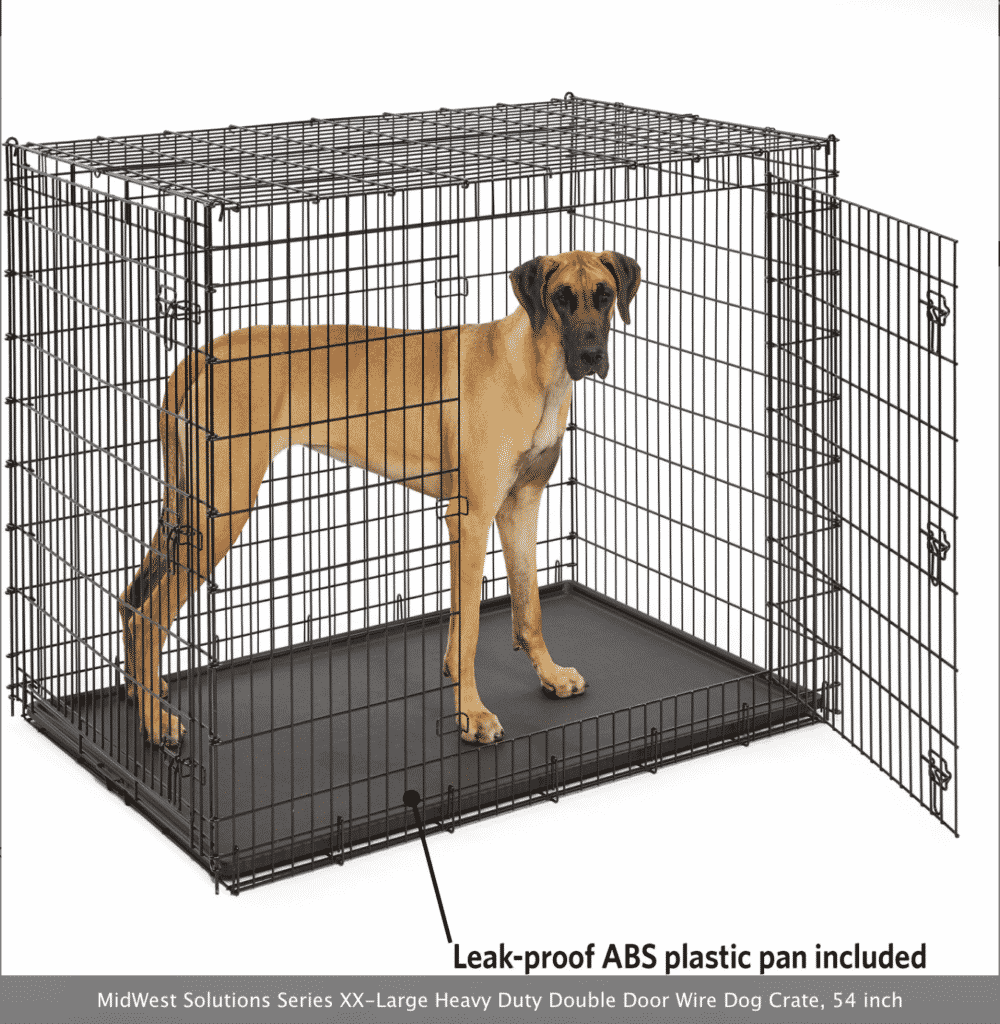
How to crate train a Great Dane: click here
Why does Crate Training Help Great Danes?
Crate training will help your puppy or adult Great Dane learn how to stay in one place and follow commands from the owner.
Crate training is also a good way to teach your Great Dane how to be quiet when required, such as during crate rest periods. When choosing to crate train a Great Dane, dog owners help their Great Dane to learn how to take a break.
Stress, Anxiety and Overall Behavior with Great Dane Training and Crates
Dogs that are crate trained tend to be less stressed and more obedient overall, which makes for a happier owner-dog relationship. Proper crate training takes time and patience, but the rewards are well worth it for both you and your dog.

Three: Working on Great Dane Training to Stop the Constant Barking
Dogs bark for a variety of reasons, from excitement and fear to hunger and boredom. While some level of barking is perfectly normal, excessive barking can be frustrating for both dog and owner.
Great Dane Training and Barking
Great Danes can be prone to excessive barking, but with patience and consistency, you can teach your dog to stop the constant yapping. As with all training, it’s important to start with basic commands such as sit, stay, and come.

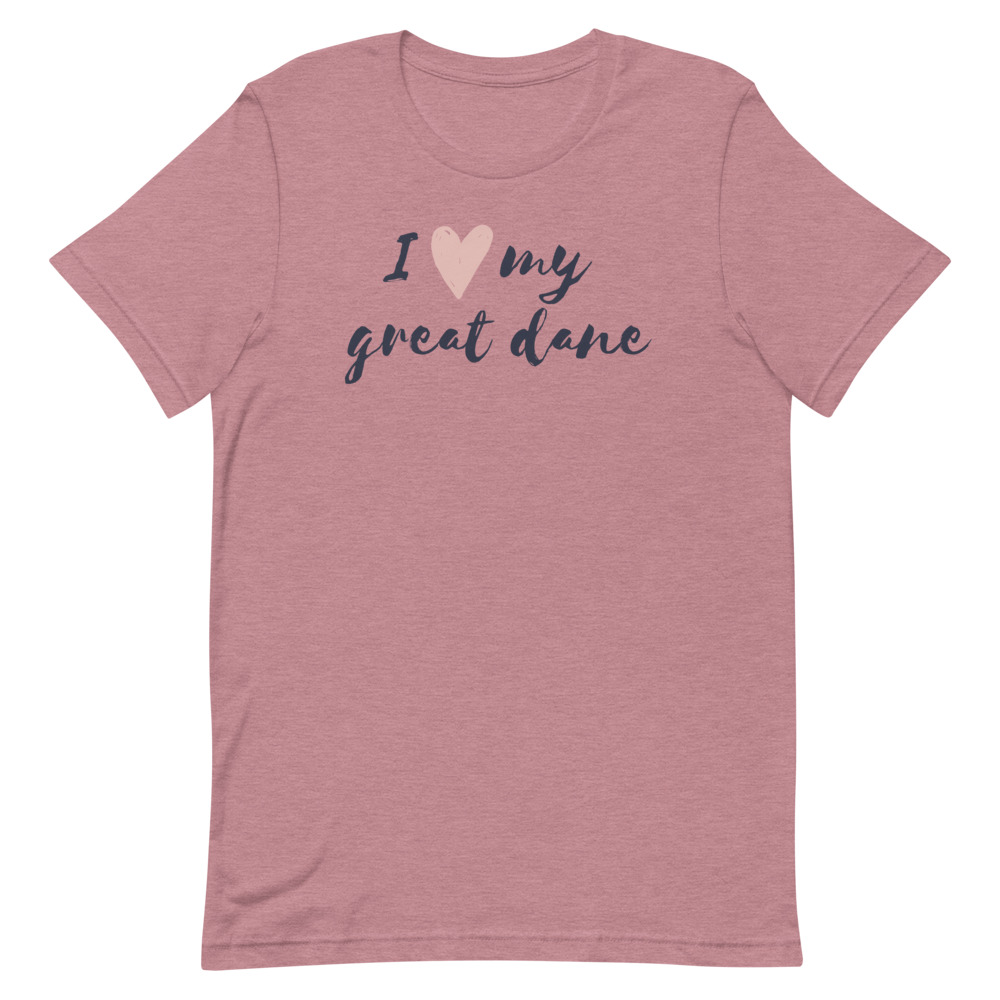
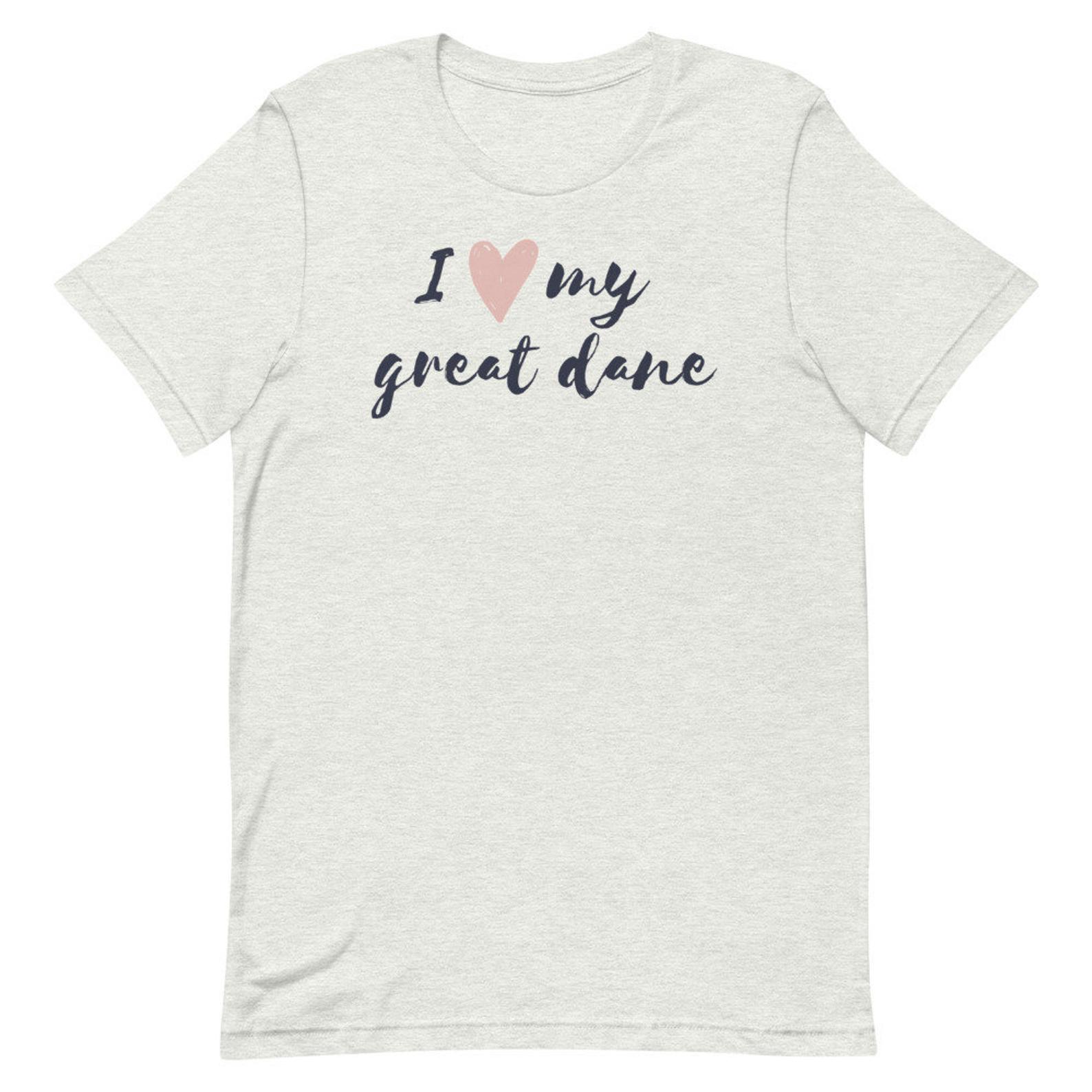
Understanding Why Your Great Dane is Barking
Before you train a Great Dane to stop barking, you have to understand why they are demonstrating this behavior in the first place.
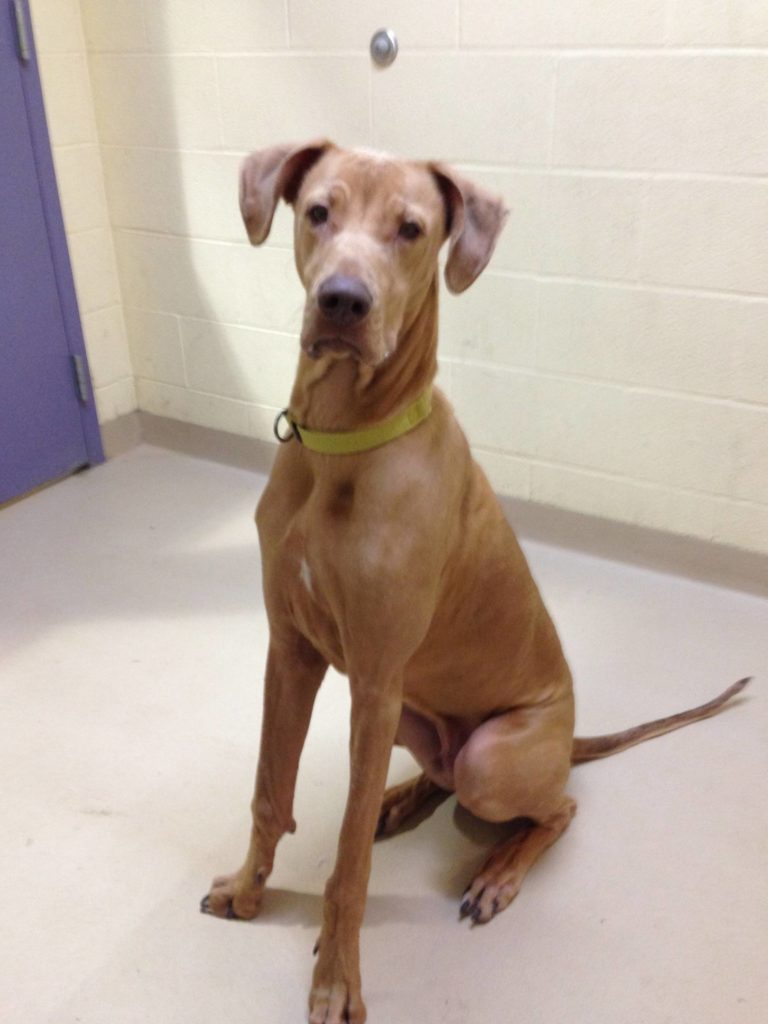
Your Great Dane could be barking for a variety of reasons:
- To get your attention: If your Great Dane is barking and you immediately give them what they want (e.g., attention, food, water, etc.), they will quickly learn that this is an effective way to get what they want from you.
- To alert you of something: If your Great Dane is barking and there’s truly something worthy of your attention (e.g., someone at the door, another dog in the yard, etc.), they may just be trying to tell you that something is going on.
- Out of boredom or loneliness: If your Great Dane is left alone for long periods of time with nothing to do, they may bark out of boredom or loneliness.
- Because they are anxious: If your Great Dane is anxious or fearful of something (e.g., loud noises, unfamiliar people or animals, etc.), they may bark as a way to try and calm themselves down.
- As an expression of excitement: If your Great Dane is excited about something (e.g., going for a walk, seeing you after being away, etc.), they may bark as a way to show their excitement.
- Because they have not gotten enough exercise: A dog that is not given enough exercise is often the type that will bark out of boredom or frustration.
If your Great Dane is barking excessively, it’s important to figure out why they are doing this so you can address the underlying issue. Once you know why your dog is barking, you can begin working on Great Dane training to stop the bark.
Training Dogs to Stop Barking
Once your Great Dane has a good understanding of these commands, you can begin working on specific behaviors, like barking.
Five: Training your Great Dane to Walk on Leash
Leash training your Great Dane can be a bit of challenge, as they are a strong dog breed. However, with patience and consistency, you can train your dog to walk calmly on a leash.
It Takes Practice to Leash Train Your Great Dane
Introduce your dog or puppy to collar and leash time.
Start out by letting him wear a harness or collar for short periods in your house while you play with him. Make sure to give lots of treats; this will help form an association between wearing those things because it means food (and fun!) Waste no energy training without rewarding results!
Use a ‘Marker Word’ to Tell Your Dog Which Behavior You Like
To get your puppy excited and eager to learn commands related to the leash, teach him a marker word. You can choose any word, like ‘YES’ or other.
Once you say the word, offer treats when he looks at you or turns his head in response. Repeat this process several times until it becomes routine for both of you – just be sure not make any loud noises during training so that distractions don’t arise unexpectedly later on down the road.
It is best to begin training all commands inside, rather than outside. Your dog will face many distractions outside, such as other dogs, people, and noises.
You want your dog to be focused on you during training sessions so he can learn the commands quickly and easily. Once he masters the commands inside, you can begin taking him outside for short leash walks around the block.
Train Your Dog to Walk Towards you with the Marker Word and a Reward / Treat
Once your dog learns identify that the marker word signifies something positive (a treat), you can begin to practice getting your dog to walk towards you. Start in a room with little distraction to help your puppy learn what it means when you call him. Offer treats and praise as he gets used walking towards you on command. By using the leash around his neck, use the marker word and apply small pressure on you puppies neck. When they begin to walk towards you- be sure to heavily reward positive obedience with praise and a treat!
Heading Outside with Your New Dog or Puppy
When you take your new pup outside for his first training, it’s important that they know it is not socialization time. If you have other pets, be sure to prioritize one-on-one time with this specific dog, rather than bringing along all of your dogs.
Make sure the environment is welcoming and calming so he has no reason to be scared or anxious on this exciting step towards positivity in your dog’s behavior!
Start by taking short walks while noting any distractions such as things which seem interesting enough (but not too much)to lunge towards; if these occur keep moving away slowly until they forget about what distracted them originally – then reward accordingly with a marker word and a treat.
If you notice that your dog seems to lose attention on you when he sees other dogs, direct his attention back towards you and reward him when he gives you eye contact. Great Danes are a giant breed dog and their sheer size along is enough to need to make sure that they do not pull, lunge, or otherwise strain.
Then, during a training session, walk with your dog at your side while rewarding them for calm behavior. If they start to pull on the leash, stop walking and wait for them to settle down before continuing. With time and practice, your dog will learn that walking calmly on a leash is rewarded, and pulling is not.
Finally, remember to be patient and consistent with your training – Rome wasn’t built in a day, and neither is a well behaved dog.
Seven: Introducing your Great Dane to Other Pets or Other Dogs
One of the most important things you can do when you first get your Great Dane is to properly socialize him. This does not necessarily mean introducing him to as many different people, places, and animals as possible, but can be.
You should start socialization training when your puppy is between seven and eight weeks old. The earlier you start, the better.
The best way to socialize a dog is to bring them around chaotic environments but do not force or even allow interactions.
Parking lots are great ways to ‘socialize’ your dog. Think of it as people watching.
Take your dog with you on normal life trips to a friends house or sit outside of a busy shop and let your dog hear new sounds. Be weary of letting everybody pet your dog. Getting pet by strangers can tell your dog that they are the center of the attention and chaos, when we actually just want them to exist within the chaos.
Additionally, sometimes dogs can get anxiety when being pet by random people and we want to set them up for success in being pet later in life. Therefore, choose wisely when you let others pet your puppy.
Socialization is important, but over-socialization is a real thing and can create a dog that is fearful of new environments or situations.
A well socialized dog is not afraid of new things, but is okay with them. He should be able to take anything new in stride and not be phased by it. If you find your dog is getting frequent exposure to noises, smells and new things, they will be set up to not be fearful in the future.
Eight: Choosing a Puppy Class or Training Program
One of the best things you can do for your new puppy is sign up for a puppy program or training program.
A good puppy class will teach your pup basic obedience commands, such as sit, stay, come and down.
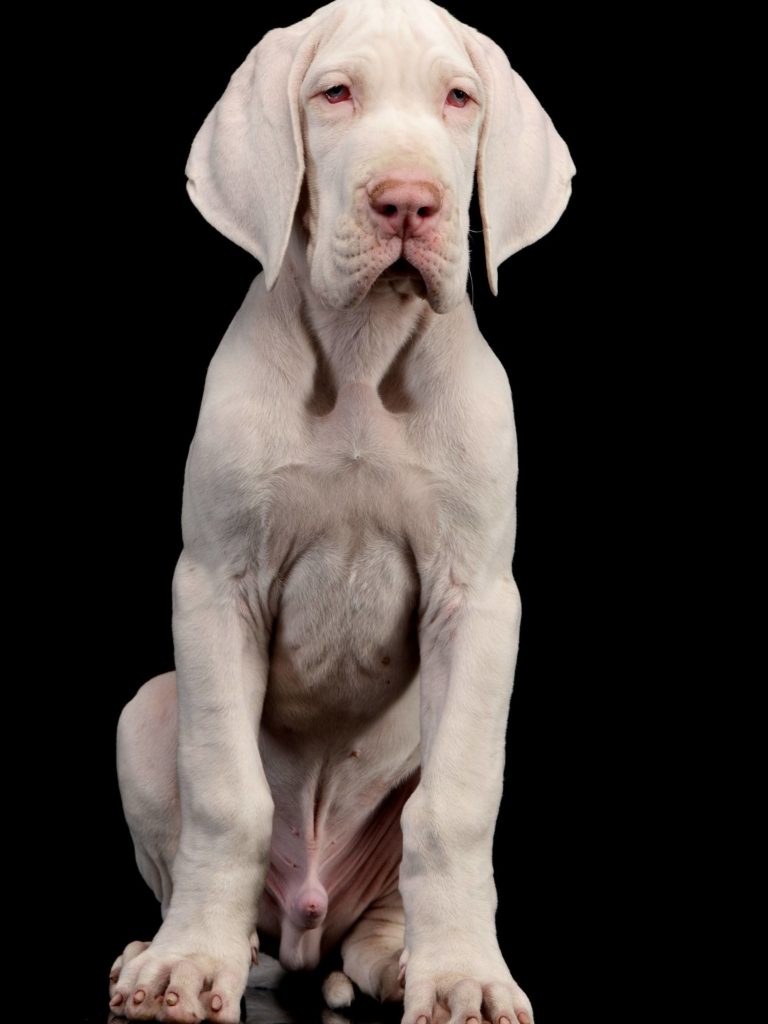
5 Common mistakes you may be making when Training Your Great Dane
Puppy classes also provide an opportunity for socialization, which is critical during the first year.
You do not, however want to sign up for just any class. Be careful to select a trainer who is certified to award the Good Citizen Canine certificate to your dog.
You can usually find a balanced trainer who will work your dog through the Good Citizen Canine program on the AKC site.
Classes at places like Petsmart we do not recommend as their training method typically does not align with ours and sometimes they have inexperienced trainers.
Nine: Using Treats to Your Advantage in the House
Treats are an all-time favorite with any dog breed. Use healthy and delicious snacks to incentivize your giant breed to demonstrate positive behavior and learn, simple commands or other commands. Training Great Danes can be tough, but using a reward system helps tremendously.
When you are working to train your Dane, make sure to keep treats with you at all times.
As soon as your dog demonstrates a behavior that you like, give him a treat immediately. This will help him understand that he is being rewarded for going to the demonstrated act.
Below are some of our favorite treats to use for Great Danes or any other dog breed.
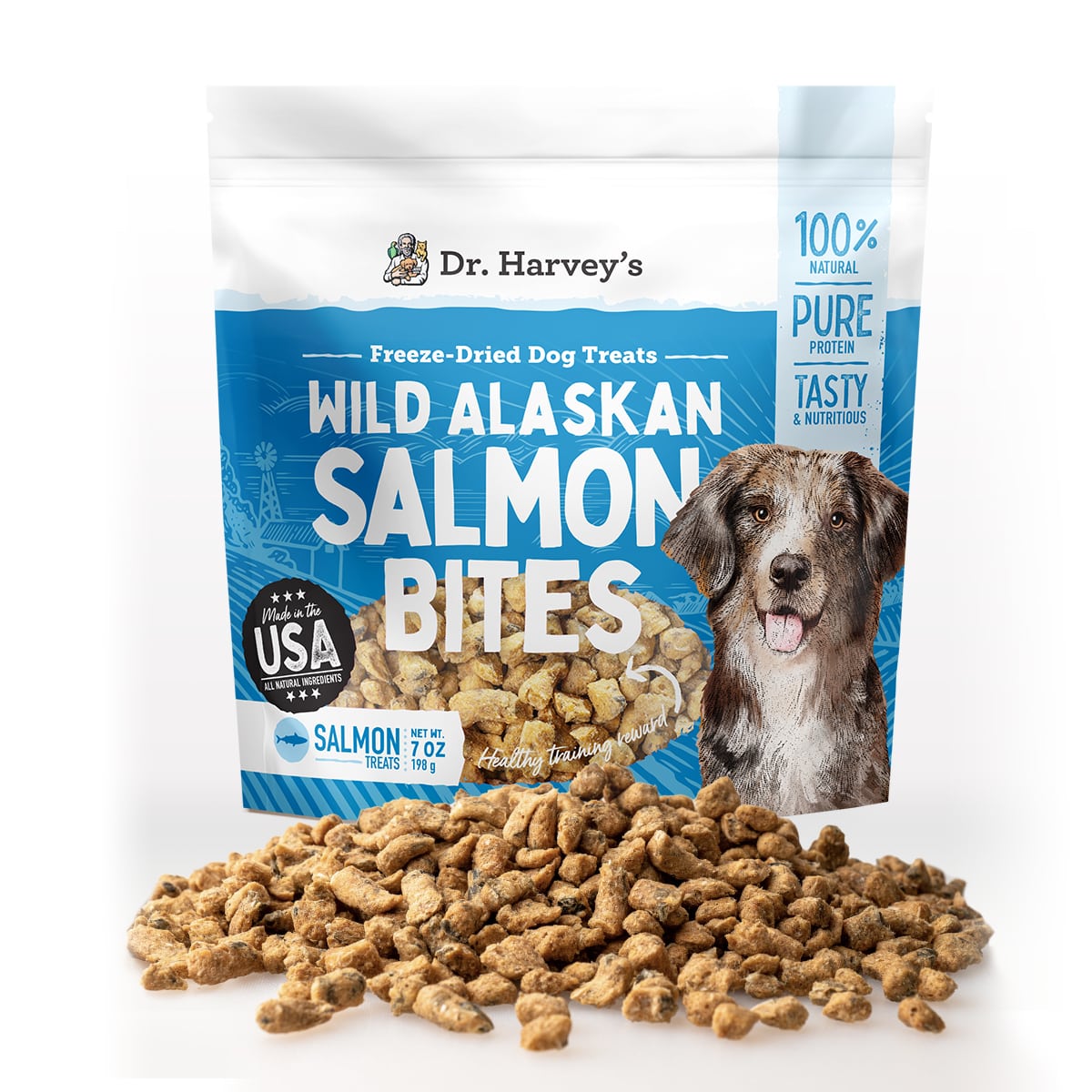
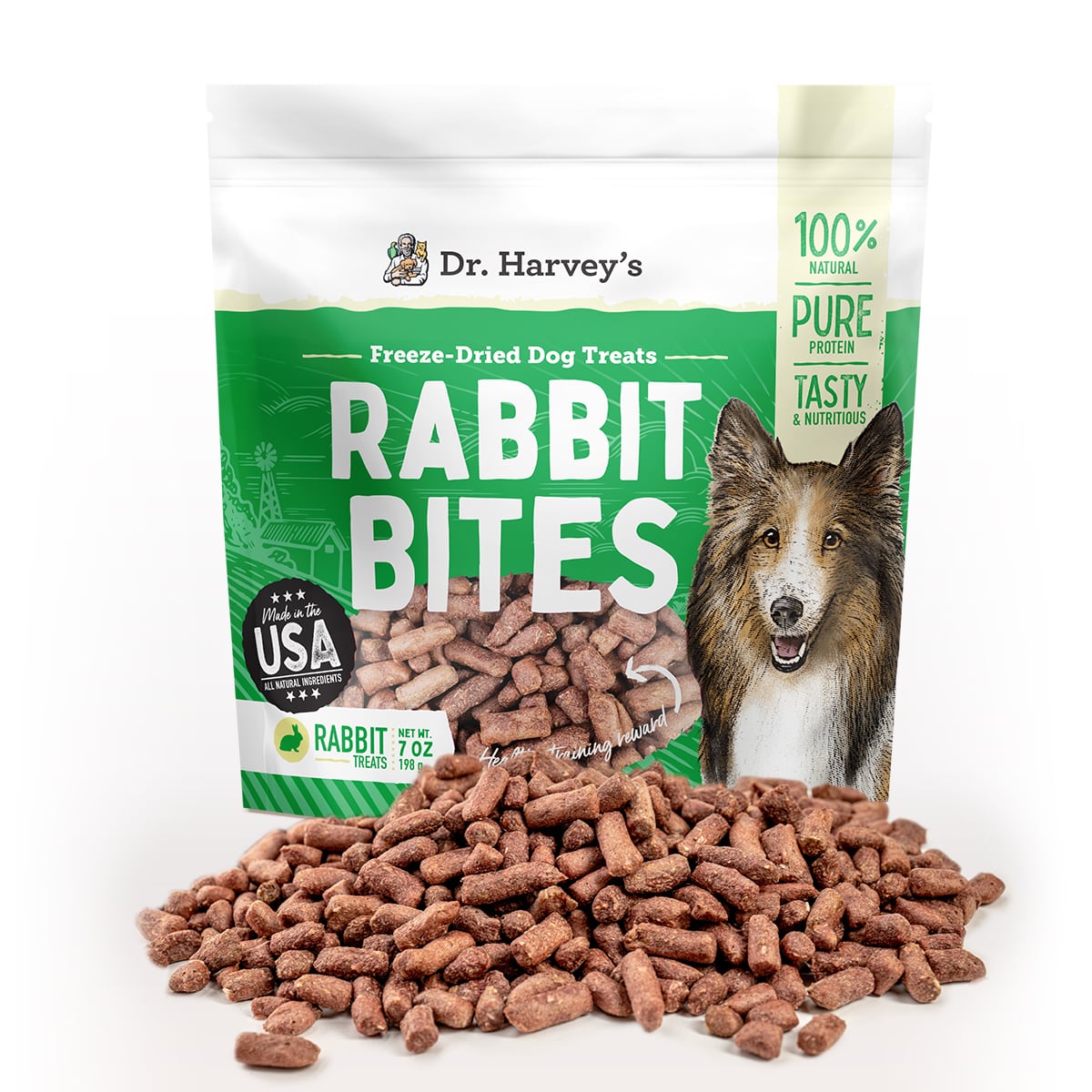
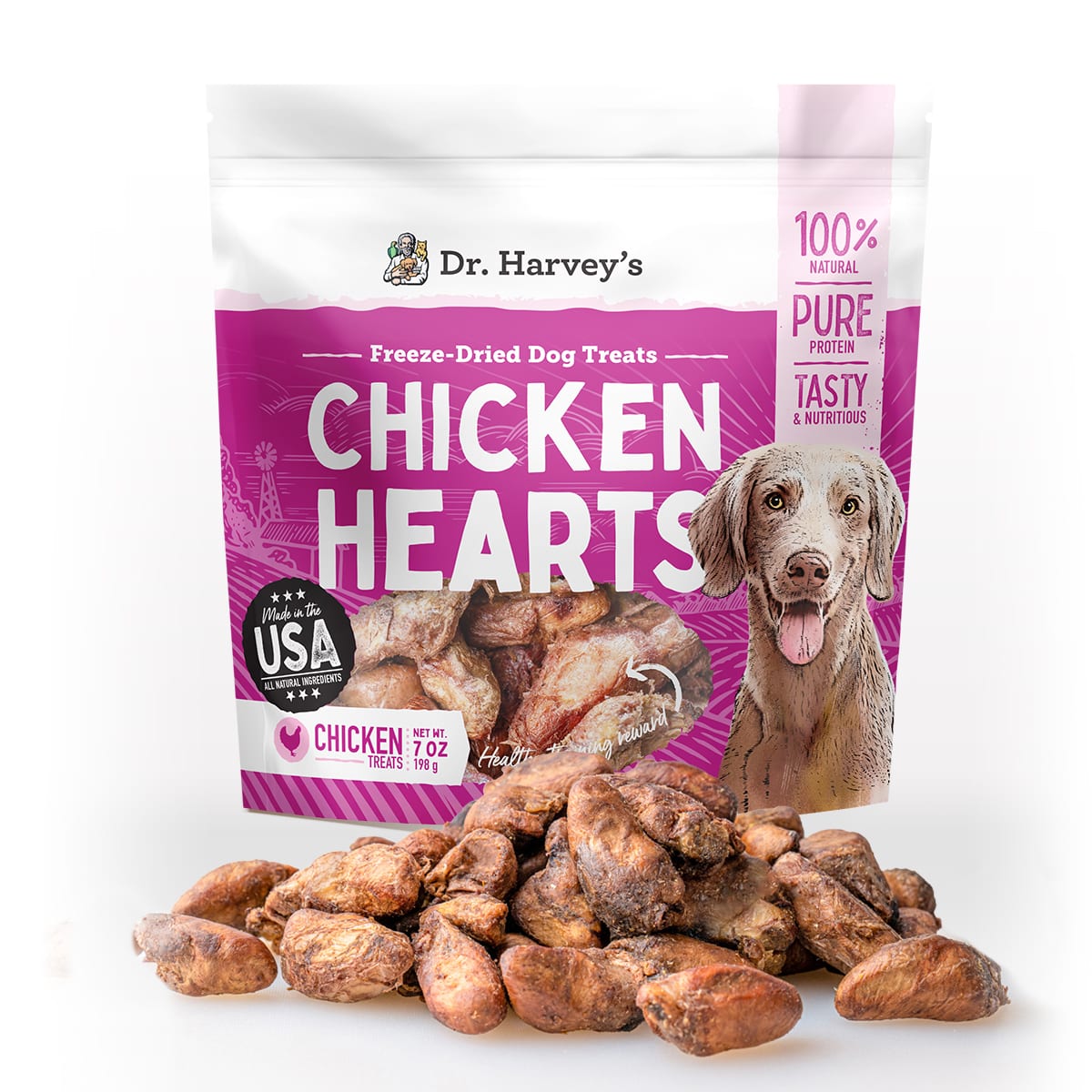
In Conclusion
Great Danes are amazing dogs that will provide you with a lifetime of companionship. By following the tips above, you can be sure to set your Dane up for success.
Do you have any other tips for training Great Danes? Share them in the comments below!
